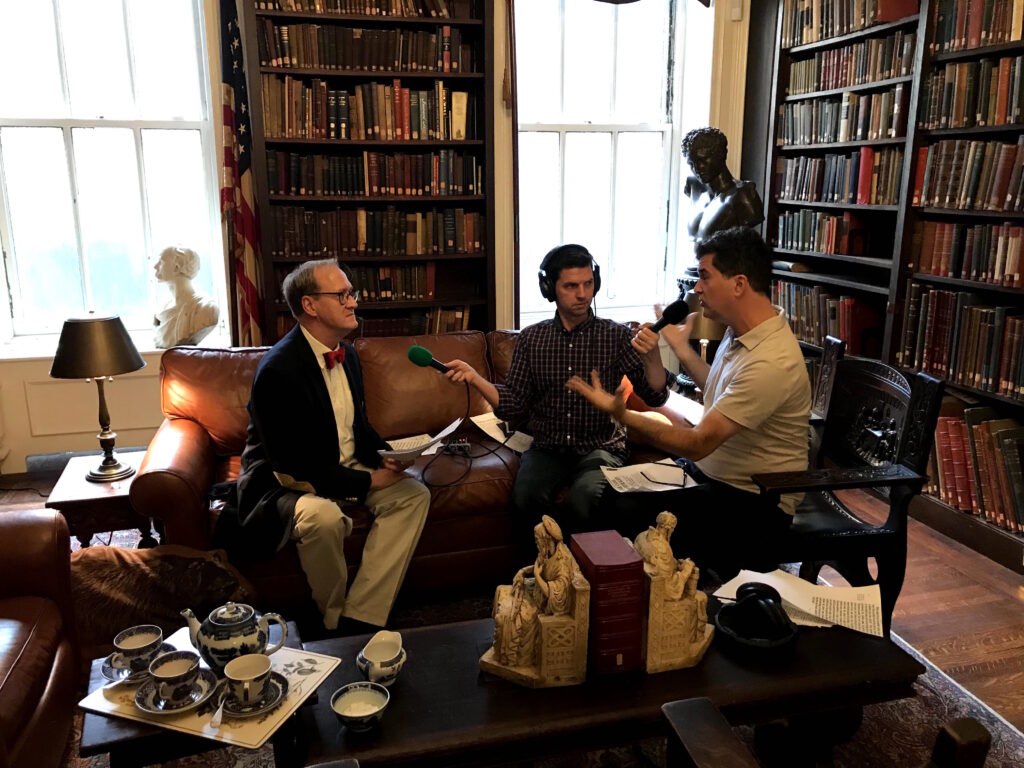Episode #107: Frederick Dounglass’s Gilded Age (coming June 10th)
The life of Frederick Douglass, the great 19th century statesman, orator, writer and abolitionist was a triumphantly American story. He was born into slavery in the early years of the 19th century and died at the very height of the Gilded Age. His tremendous talents as a leader brought him out of slavery and into the heart of the Gilded Age as a player in the political worlds of Lincoln, Grant and Hayes. Joining Carl on this episode is scholar and author Connor Williams who traces Douglass’s life from his early years in enslavement through his emancipation and travel in and outside America and his role as a constant leader as an abolitionist and supporter of women’s suffrage.
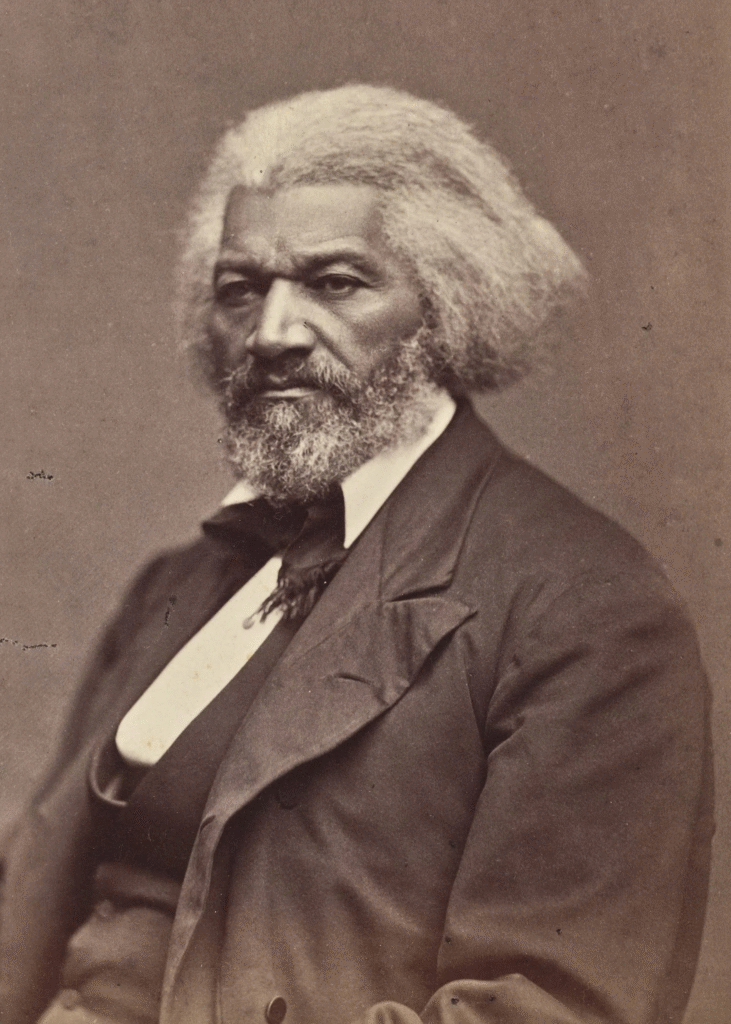

Additional show with Connor Williams:
The Adirondacks and Great Camp Sagamore: Retreating to Nature in the Gilded Age
Episode #106: John Singer Sargent and Paris: The Path to Madame X
Join Metropolitan Museum of Art curator Stephanie Herdrich as she joins Carl for this in-depth look at how the career and personal life of Gilded Age artist John Singer Sargent evolved over his ten-plus-year period in Paris from the 1870s to the mid-1880s. Sargent is the subject of a major new exhibition at the Metropolitan Museum of Art that focuses on this period beginning in his late adolescent years and leading up to the creation of perhaps his masterpiece — the grand, imposing, and scandalous portrait of Virginie Gautreau, known as “Madame X”. In this show, Stephanie discusses some of Sargent’s greatest works during this period as well as some of his most important professional and personal relationships, all of which contributed to the building of a great artist and a boundary-breaking artistic vision.
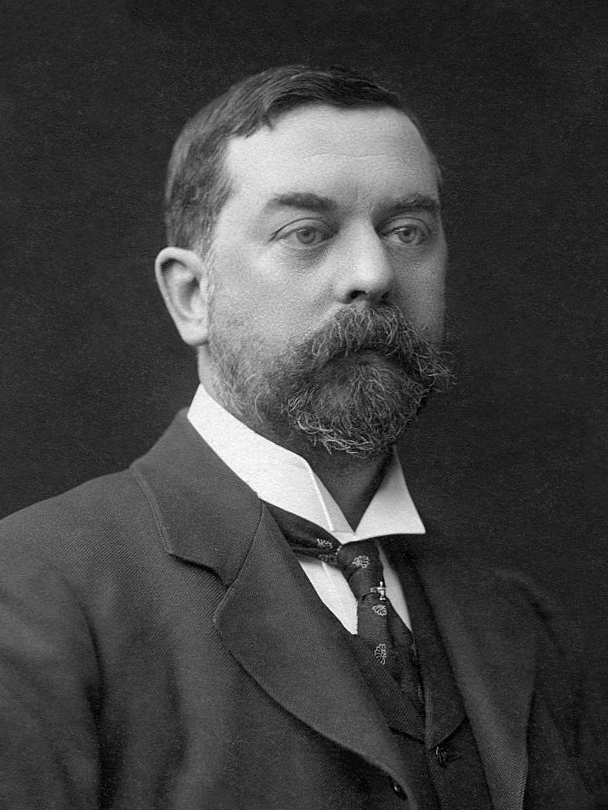
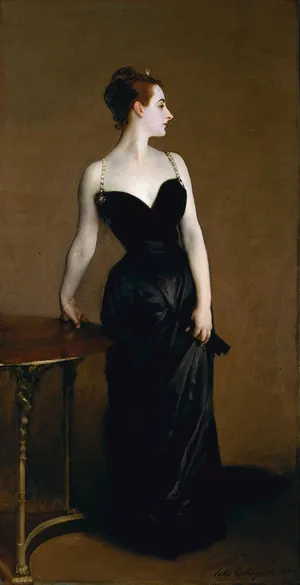
Episode #105: Augustus Saint-Gaudens: Sculptor of the Gilded Age
Irish-born Augustus Saint-Gaudens came to this country as a small child and throughout his career and life, reaching into the early years of the 20th century, became an artist who truly defined a look for America in sculpture. His extraordinary natural talent grew into a master artist who was able to create lifelike depictions in marble and bronze that brought a realism never before seen in American sculpture. Known among works for his monumental casts of Civil War heroes from Admiral Daniel Farragut, General William Tecumseh Sherman, and even President Abraham Lincoln, Saint-Gaudens’ style combines realistic imagery, allegory, and architectural elements to create unique and very modern experiences for viewers.
Joining The Gilded Gentleman for this episode is Thayer Tolles, the Marica F. Vilcek Curator of American Painting and Sculpture at New York’s Metropolitan Museum of Art. Thayer is a noted historian, writer and specialist in Saint-Gaudens’ life and work. This episode offers a full view of Saint-Gaudens’ extraordinary life and a detailed look at some of his most famous works.
Listeners can visit the Saint Gaudens National Historical Park in Cornish, New Hampshire.
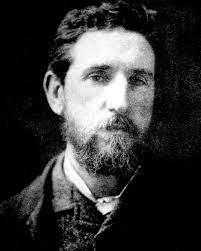

Episode #104: Egyptomania: From Napoleon to the Discovery of King Tutankhamen
Throughout the 19th century, perhaps culminating in America’s Gilded Age, the public held a deep fascination for all things Egypt. This “Egyptomania” affected design, style and cultural and social thought. As a result of the wave of exploration and discovery predominantly by the French, English and Americans, the world gained a view into one of the world’s most ancient cultures.
Architecture, fashion and interior design were all influenced by the passion for this emerging ancient culture. In this show, Carl is joined by scholars and Egpytologists Dr. John Darnell and Dr. Colleen Darnell to delve into not only how an understanding of ancient Egypt was evolving during the 19th century but its social and cultural impact.
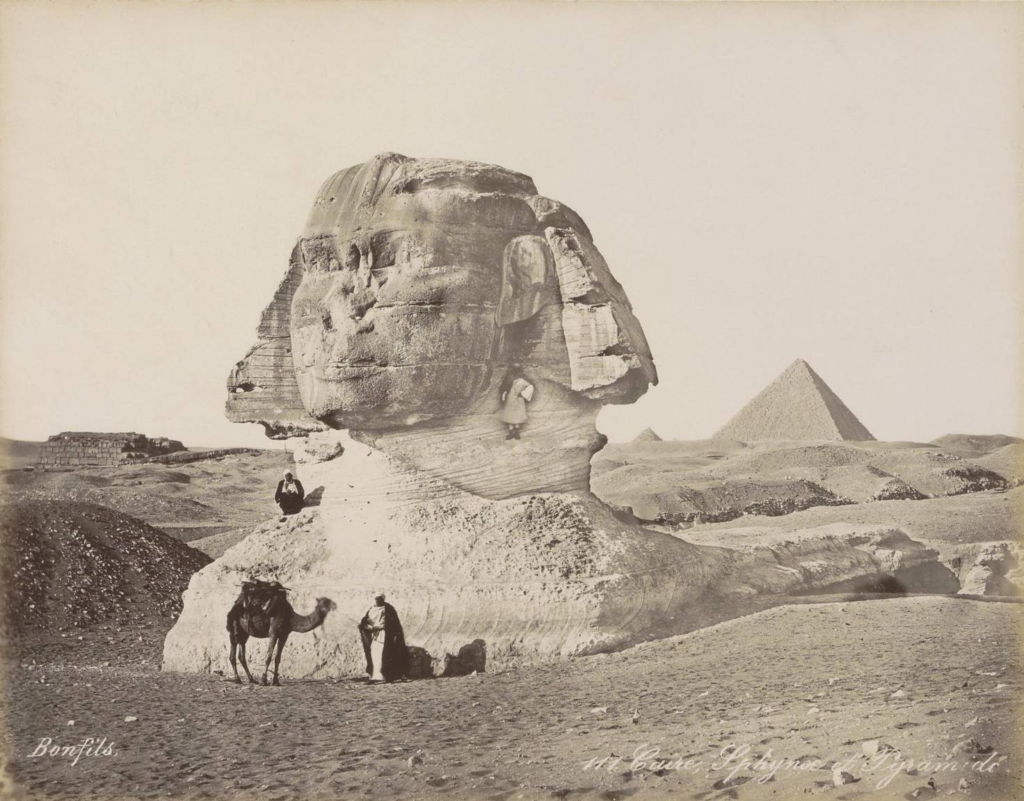
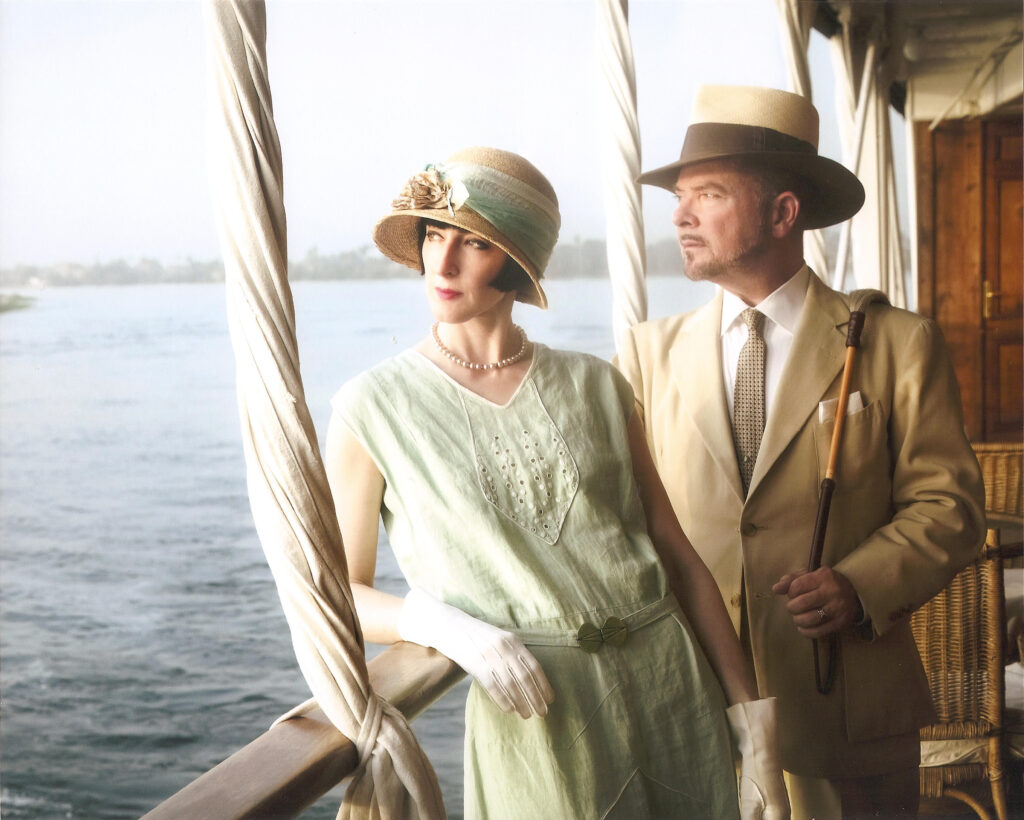
Episode #103: Inside The Frick Collection: The Upstairs Downstairs World of a Gilded Age Mansion
On April 17, 2025, The Frick Collection will re-open its doors again to the public after a nearly five year renovation and restoration at a cost of $220 million. In this episode, a companion show to the Bowery Boys “House of Beauty: The Story of the Frick Collection”, Carl talks with managing educator Caitlin Henningsen about her work researching the domestic staff that worked in the mansion.
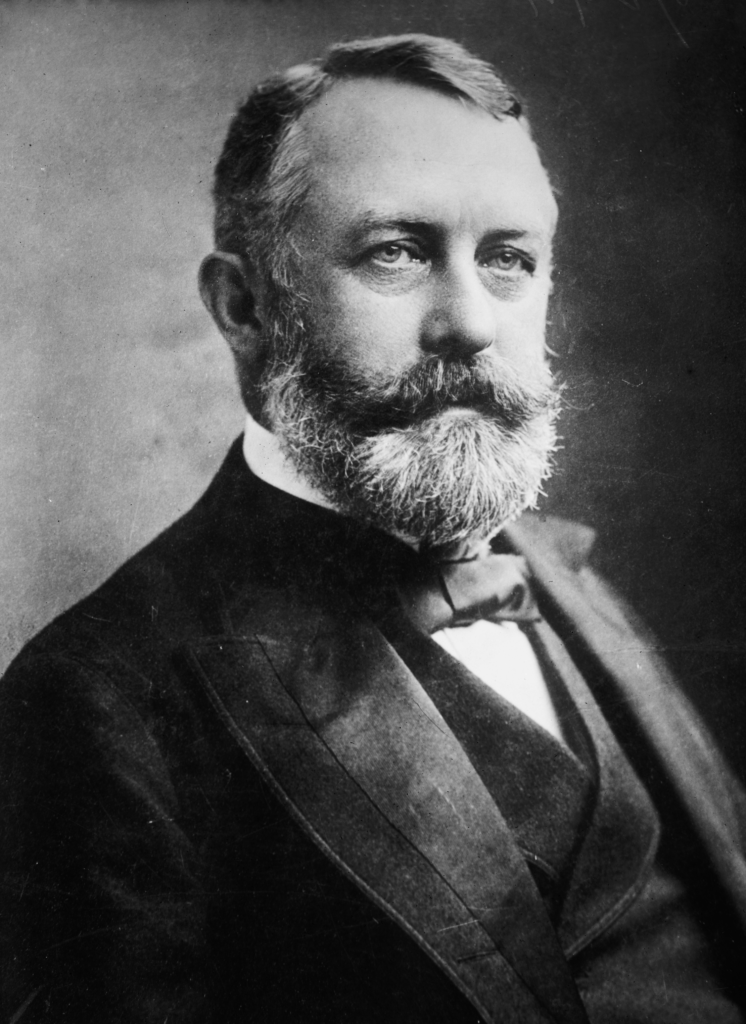
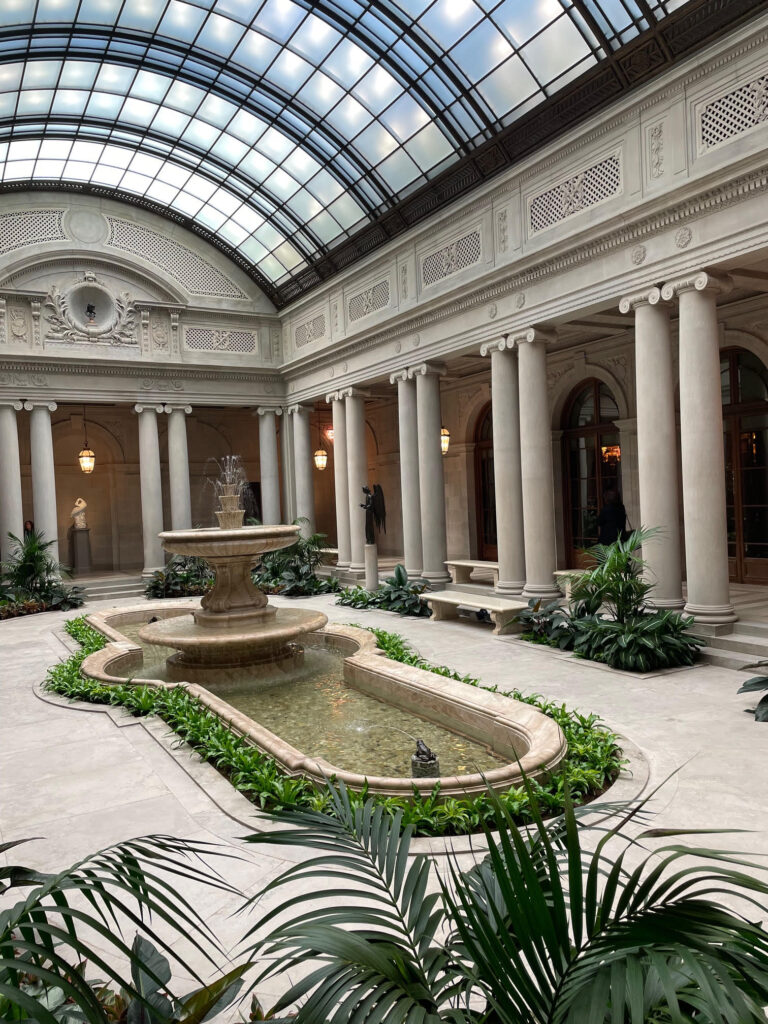
Episode #102: The Last Ships from Hamburg: The Untold Story of the Escape of the Russian Jews
Between the late 1890s and early 1920s, over 2 million Jews from Eastern Europe fled their homes and made the long, arduous journey to America to escape persecution in their native countries. It is through the research and writing of historian Steven Ujifusa that has finally brought the full story to light.
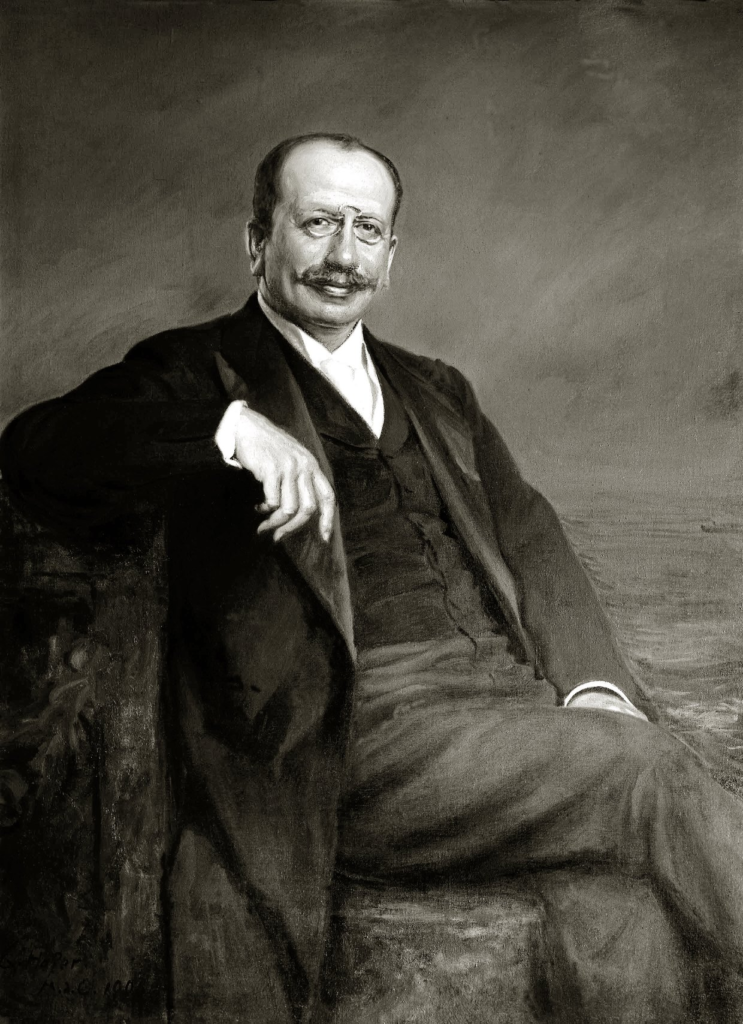
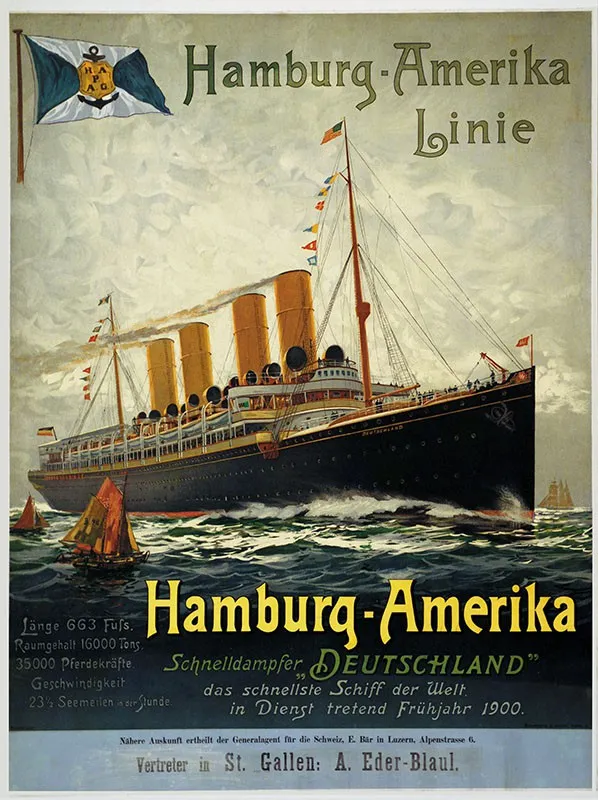
Episode #101: NOHO: Gilded Age Origins of an Iconic New York Neighborhood
New York’s NOHO neighborhood, wedged between Greenwich Village and the East Village, holds the stories of many people and places that then went on to become deeply associated with the great Gilded Age.
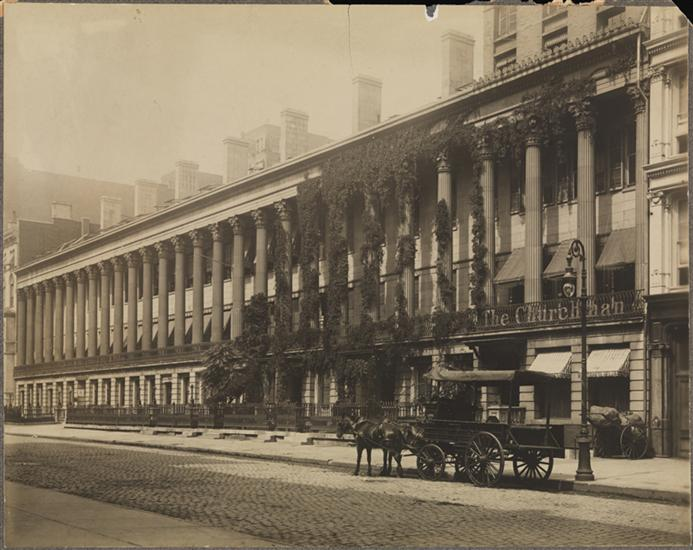

Episode #100: Belle Da Costa Greene: The Untold Story of J.P. Morgan’s Personal Librarian
As the Librarian of Gilded Age financier J.P Morgan‘s extraordinary personal collection of rare books, manuscripts and historical objects, Belle Da Costa Greene was one of the most visible and formidable players in the art world of the early 20th century.
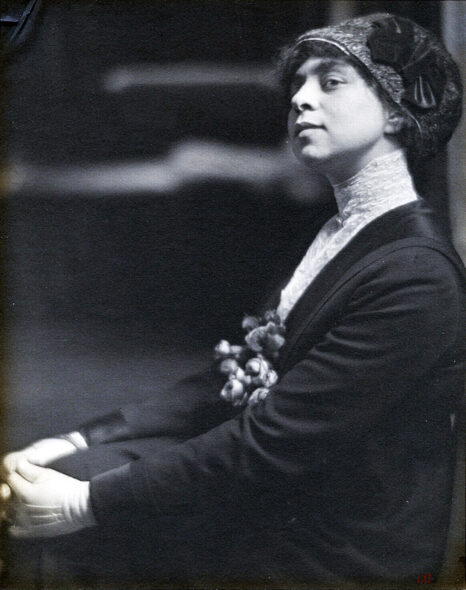
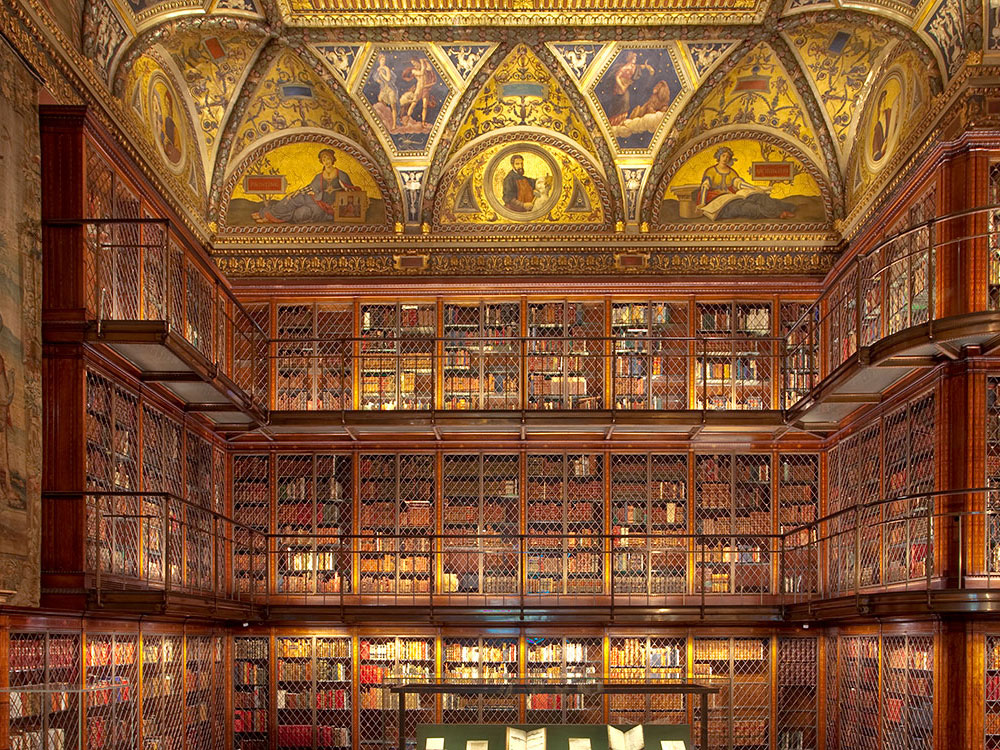
Episode #99: John Singer Sargent: Painting a Gilded Age Love Story
Author and Historian Jean Zimmerman joins The Gilded Gentleman to reveal the real story behind John Singer Sargent’s famous portrait, “Mr. and Mrs. I.N. Phelps Stokes.”


Encore: Bradley Martin Ball
February 10, 2025, was the 128th anniversary of this grand ball that perhaps topped them during New York’s opulent Gilded Age. To celebrate, we are offering an ENCORE presentation of the episode on the ball with historian and author Rick Hutto whose family is descended from the Bardley Martin’s themselves.
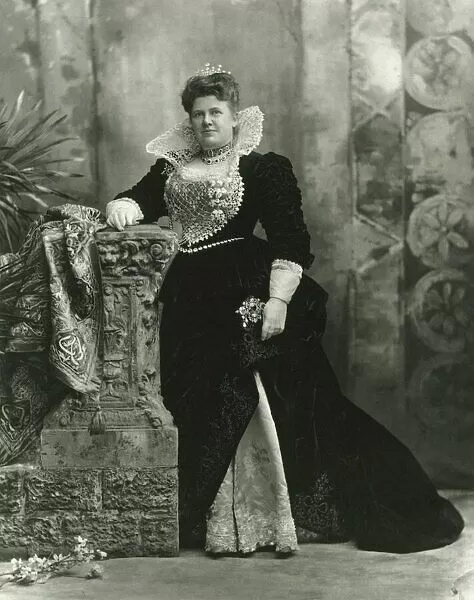
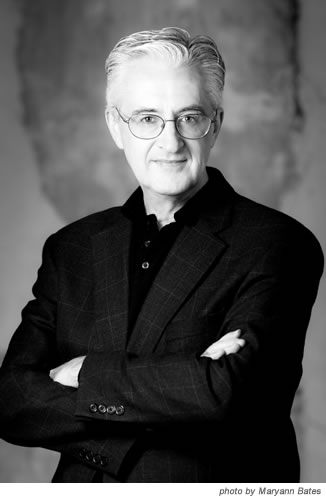
Episode #98: Be Mine: The World of Victorian Valentines
Who doesn’t like to get a valentine perhaps from a mysterious admirer? Well, the practice of sending valentines goes back centuries. Carl is joined by historian and collector Nancy Rosin whose own collection of over 12,000 valentines from the past 400 years has recently been archived at the Huntington Library.
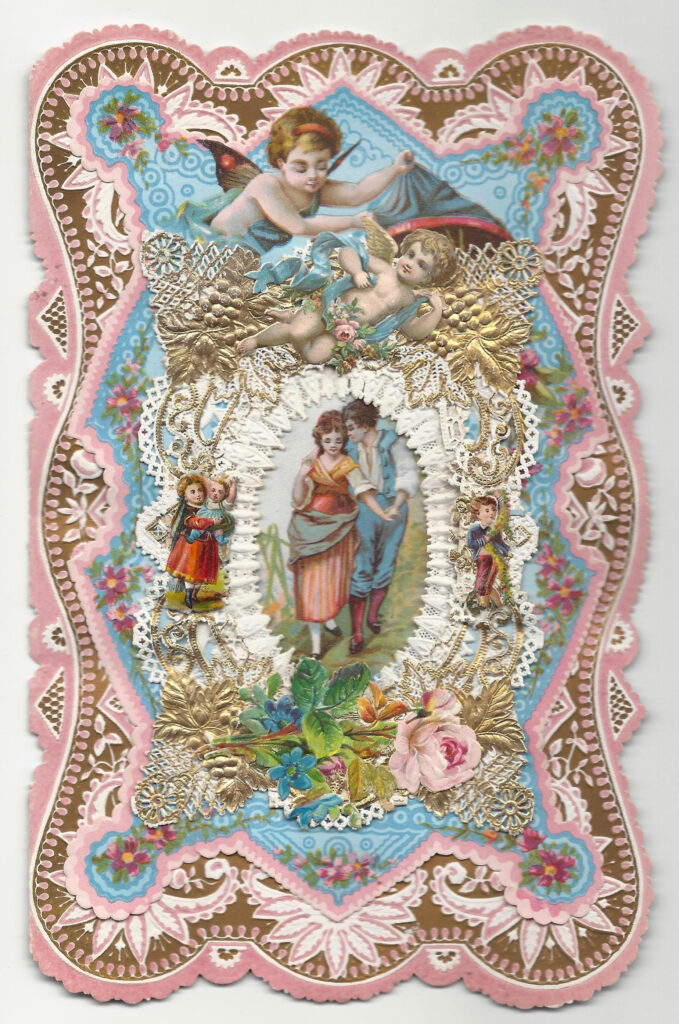
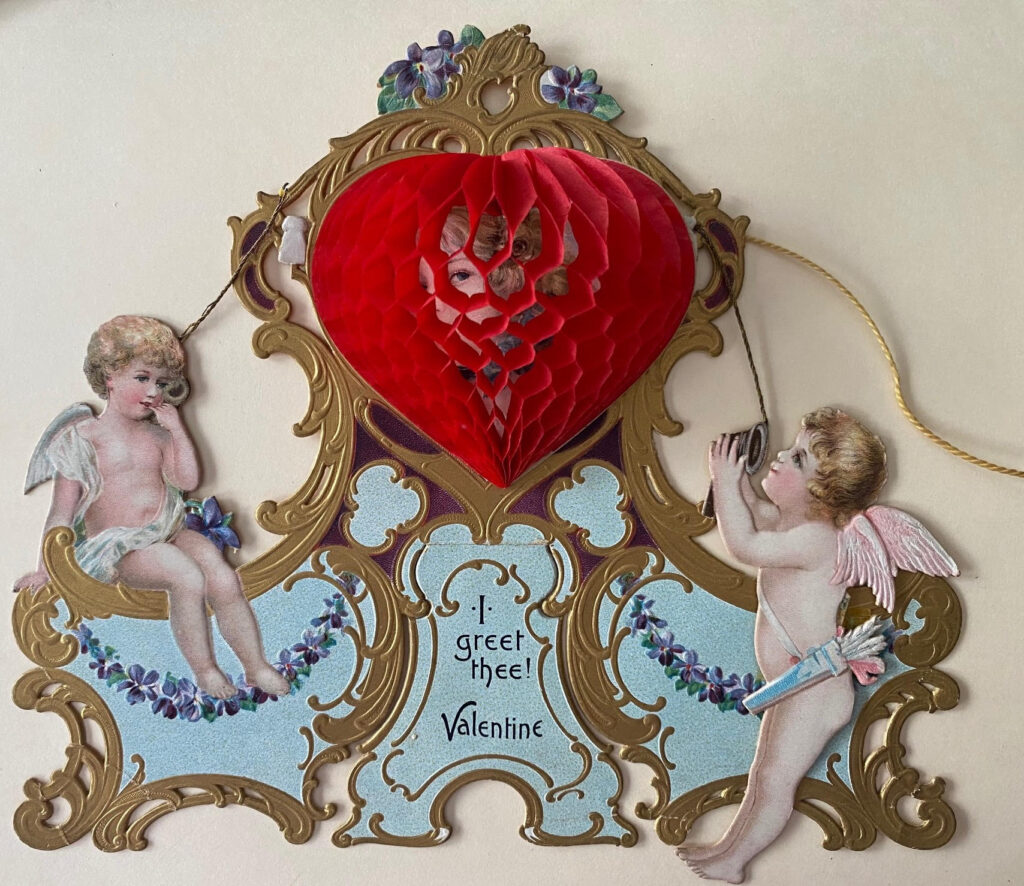
Episode #97: The Gilded Age Art of Hairdressing
Author and historian, Dr. Elizabeth L. Block returns to the show and joins me for the insightful fascinating look at hair and hairdressing in the Gilded Age. Our basis for discussion is Dr. Block’s newest book, “Beyond Vanity: The History and Power of Hairdressing.”

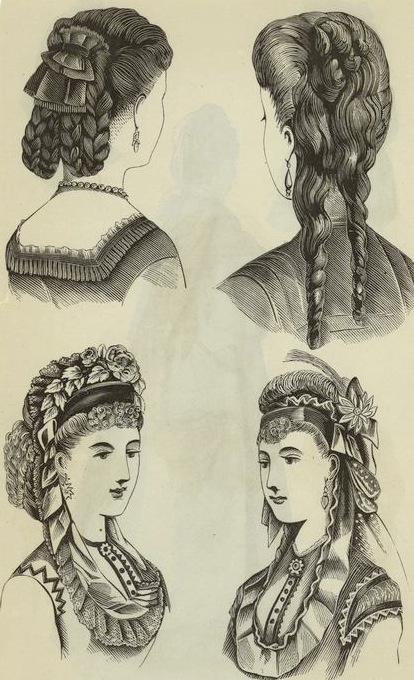
Encore: Tasting Stars: A Sparkling History of Champagne
To celebrate the holiday season and ring in the new year, join me and listener favorite guest Don Sprio for an encore presentation of our episode on the history of champagne. Don, vintage beverage specialist and former professional bartender joins me for this look at just how champagne first came to be, how its style evolved over time and just what contemporary champagne makers are offering today.
So pop a cork and enjoy the fizz as Don and I go back in time and trace the bubbling, effervescent history of champagne. Make sure to listen to Don’s and my previous shows on absinthe and the golden age of Gilded Age cocktails!
Episode #96: New York’s Grace Church: Gilded Age Society’s Most Fashionable Church (Bowery Boys Archive)
Grace Church, a soaring neo-Gothic church built in 1846 still sits today at the famous bend in Broadway at 11th Street. Throughout the 19th century it was in many ways the most fashionable church for old New York society even as the elite moved up the island of Manhattan. Grace Church represented the early world of the Astors, Schermerhorns and other families who had their beginnings in the neighborhood around Lafayette Place. The church which has a vibrant congregation today was the scene over its history of many famous events including the christening of Edith Wharton in 1862, the wedding of Tom Thumb in 1863, the wedding of one of the most famous “million dollar princesses” Consuleo Yznaga, the future Duchess of Manchester in 1876 and the funeral of famed social arbiter Ward McAllister in 1895.
In this episode from the archives of the Bowery Boys history podcast, Greg Young and Tom Meyers trace the history of this landmark church as well as pay a visit themselves for a talk with the Reverend Harry Gross, Grace Church historian.
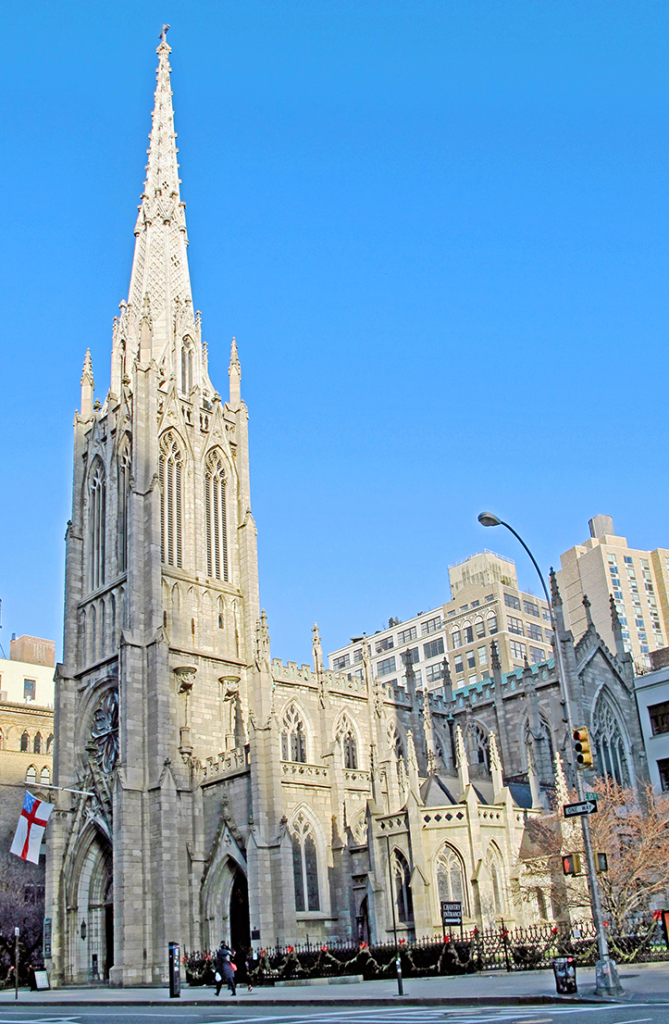
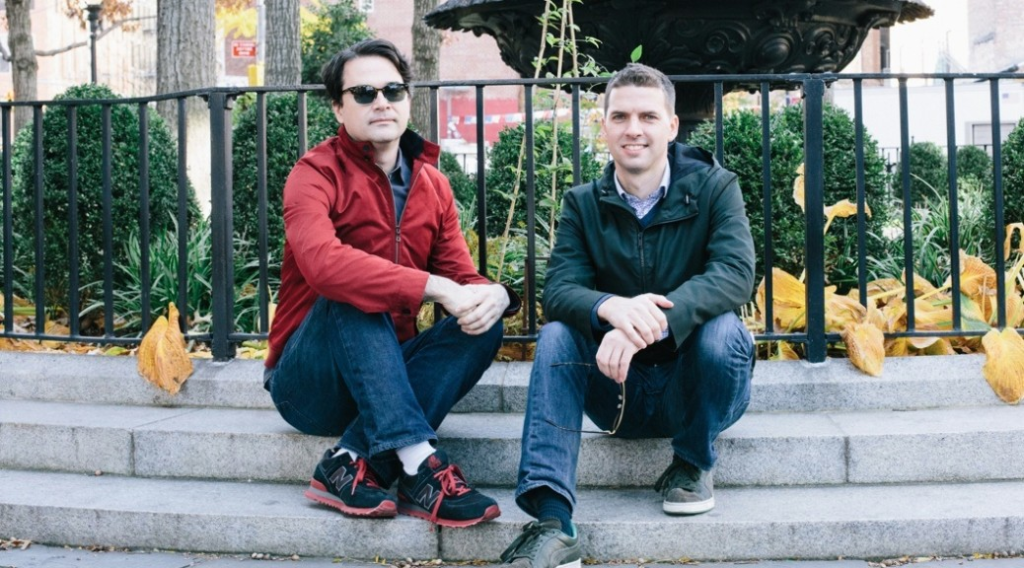
Episode #95: Vienna 1874: Die Fledermaus and the World of Johann Strauss II
The world of Vienna at the end of the 19th century and into the early 20th was a world of change. But amidst sweeping change, the Viennese drank champagne and were swept along by the works of the great Johann Strauss II, known appropriately as the “Waltz King”.
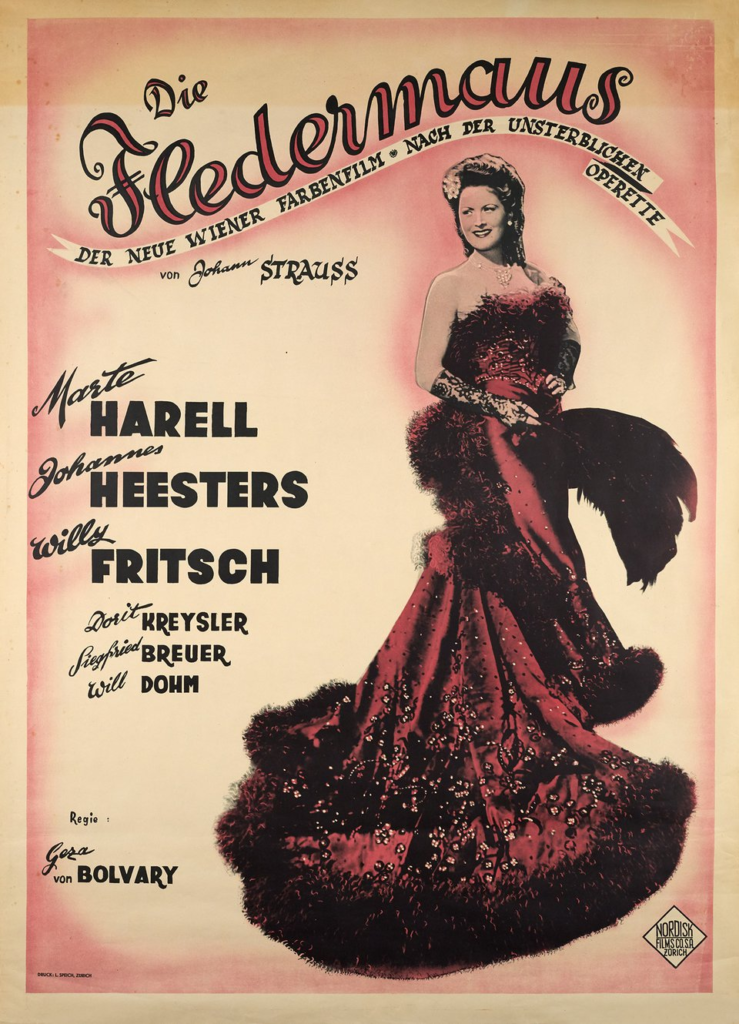

Episode #94: Christmas Tales and Traditions: 19th Century England’s Wrest Park
Join Carl and Dr. MIchael Carter, Senior Properties Historian for English Heritage to celebrate an English country Christmas.

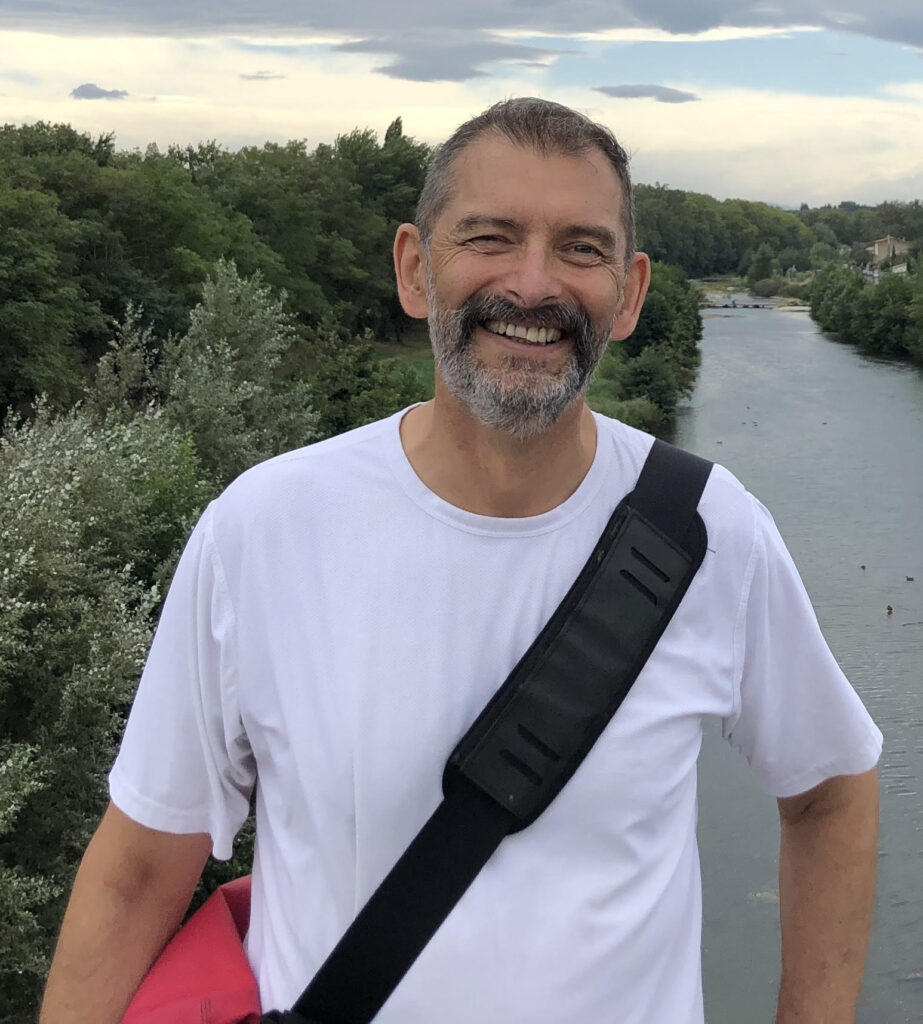
Episode #93: Burlesque: The Art of Taking It (Almost) All Off
This Fall’s Broadway season includes the opening of a new revival of the classic musical GYPSY: A Musical Fable. To celebrate this new revival and take us back into the world of vaudeville and ultimately burlesque, listener favorite Don Spiro returns to the show to share the history of burlesque.
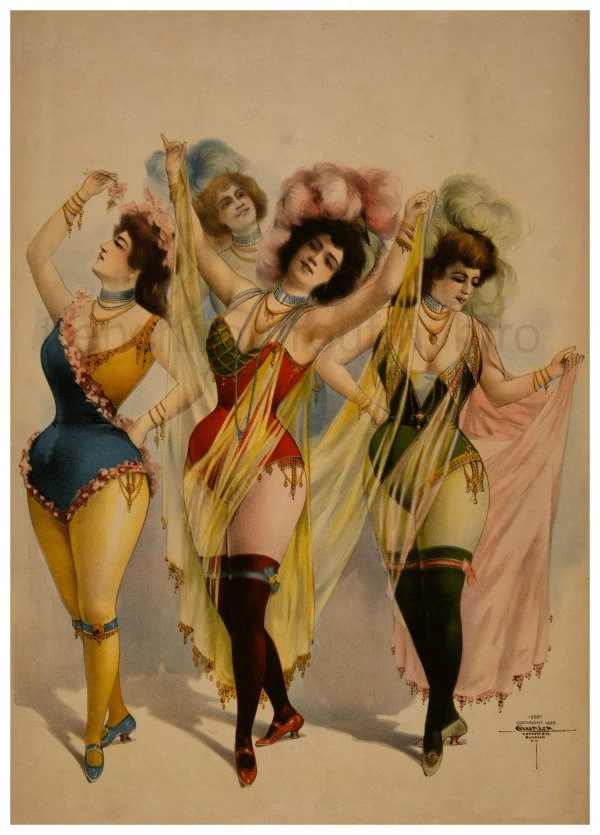
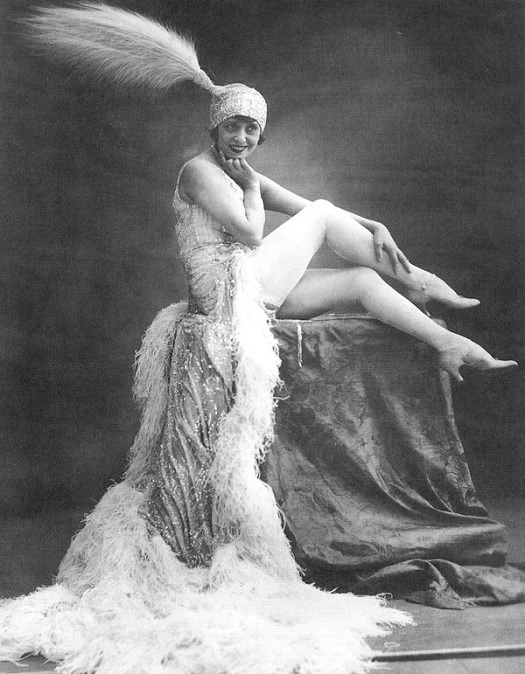
Episode #92: The ‘Bishop’ of Broadway: The Life and Times of David Belasco
David Belasco, playwright, producer, impresario, theatre manager and theatrical visionary, was one of the most important names in the world of the Gilded Age stage. Carl talks with Tim Dolan of Broadway Up Close about this legendary Broadway figure.

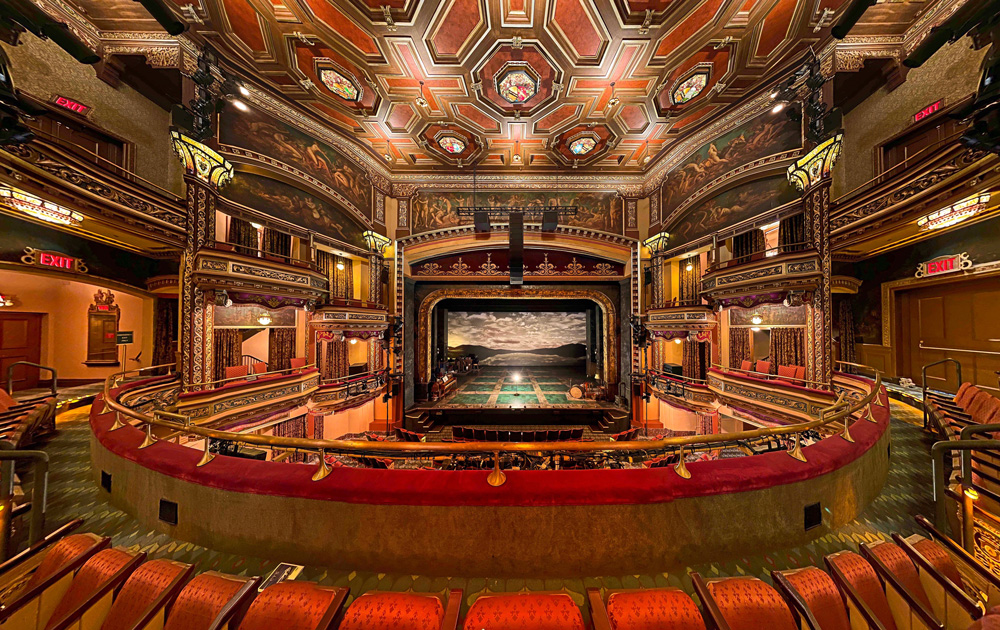
Episode #91: The Ghost Stories of Henry James and Edith Wharton
Along with their acclaimed novels and short works of fiction, Henry James and Edith Wharton both extensively explored the genre of the ghost story. In this episode, Carl is joined by returning guest Dr. Emily Orlando, author and professor of English at Fairfield University for an in-depth look at examples of the ghost story from both Henry James and Edith Wharton.


Episode #90: Children of the Gilded Age: Seen and Not Heard (Until Now)
Hear the fascinating stories of children of the Gilded Age on this episode. Special guest Esther Crain joins Carl for a look beyond adult society to the Gilded Age’s younger generations.


Episode #89: Gossip Girl: Gilded Age Socialite Elizabeth Drexel Lehr Tells All
Elizabeth Wharton Drexel was a quintessential ingenue of the Gilded Age and heiress to the Drexel banking fortune. She was widowed unexpectedly and then married Harry Symes Lehr, a bon vivant and social playboy. However, she soon learned her life was to become a reality far from what she ever expected.
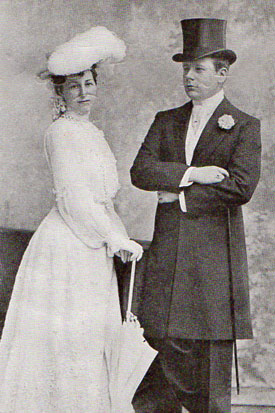
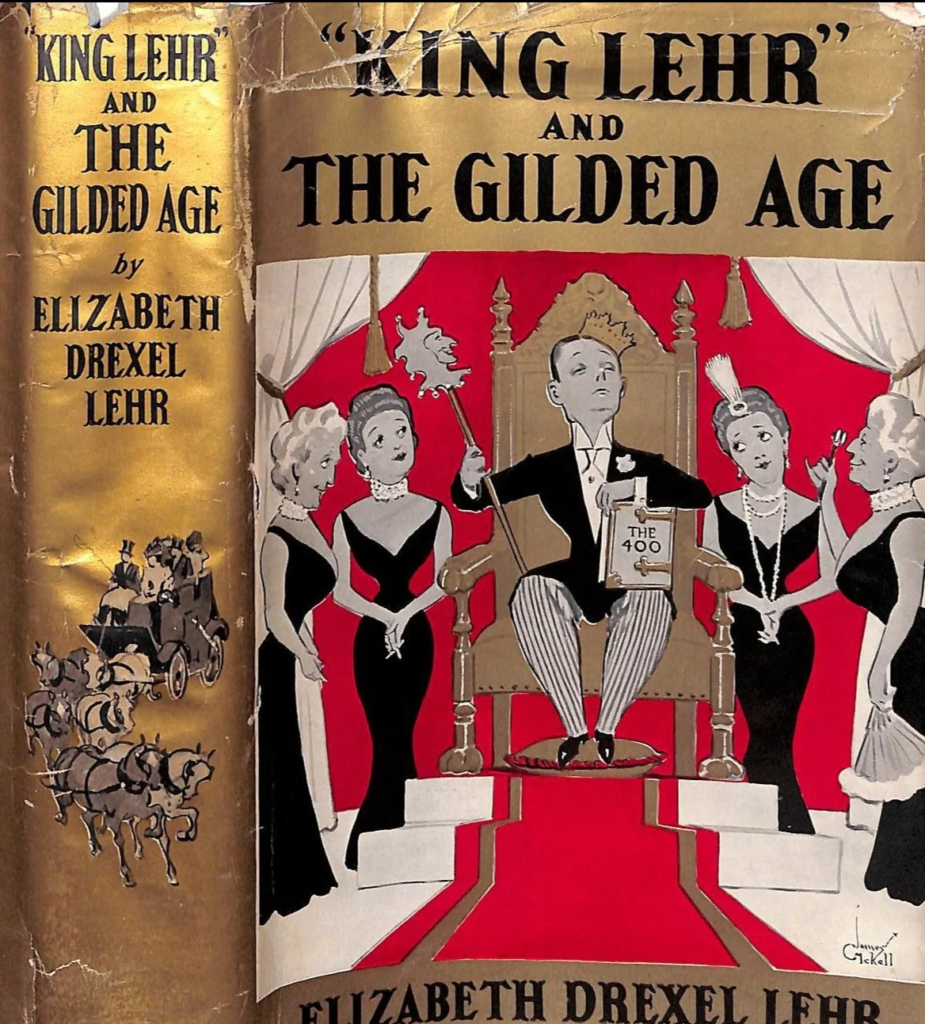
Episode #88: Louis Comfort Tiffany: Lighting the Gilded Age
Just the name “Tiffany” evokes the glamour and elegance of the Gilded Age. But there is much more to the story than just the eponymous retailer who continues to sell fine jewelry and decorative objects today.
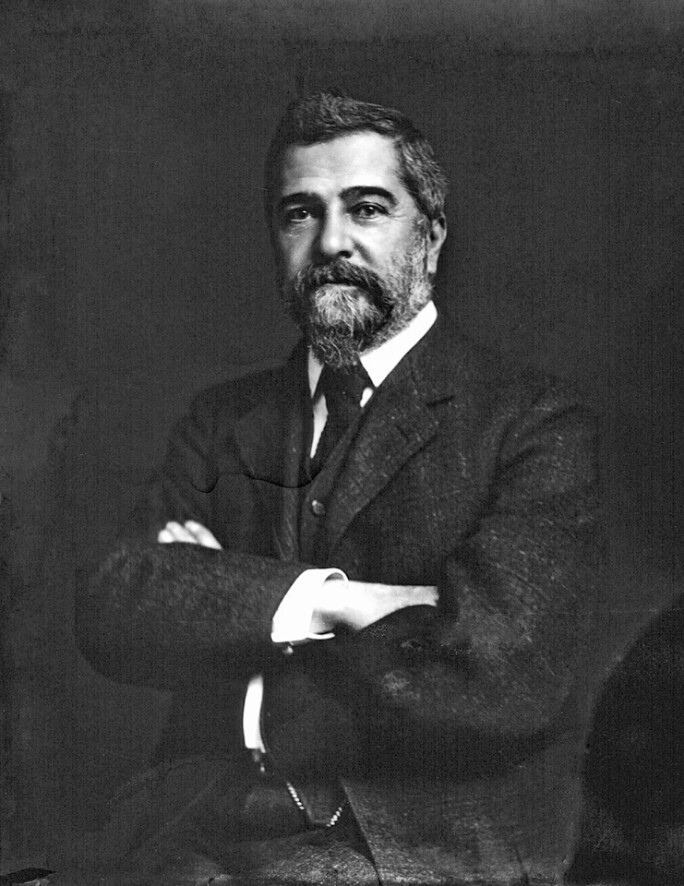
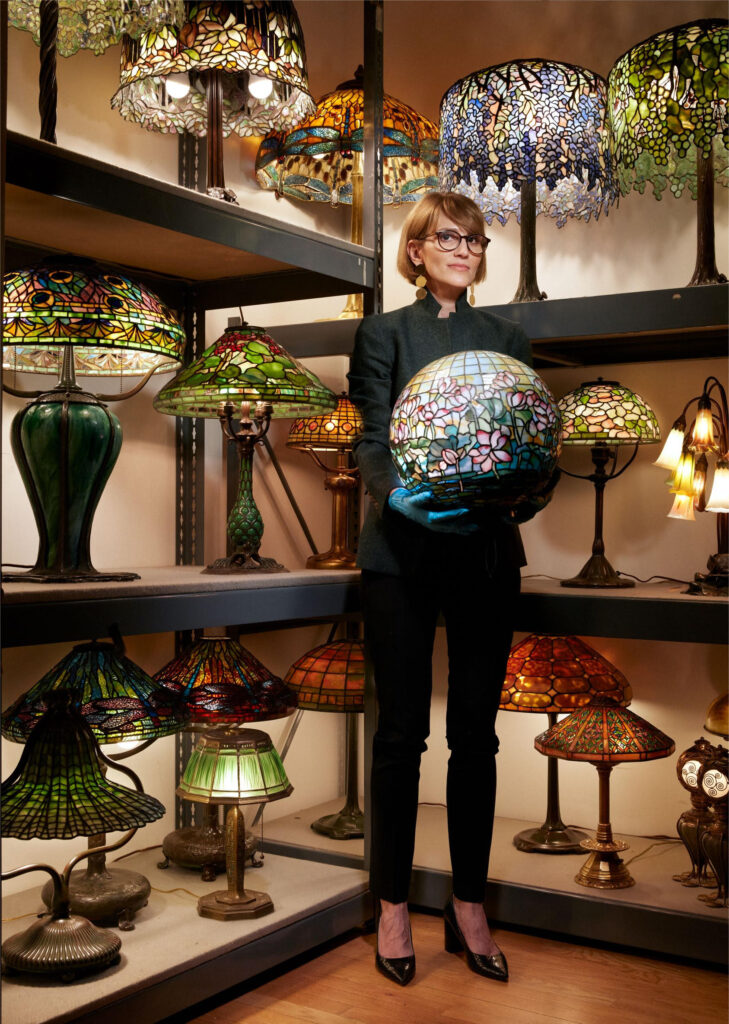
“In The Good Old Summertime (ENCORE)”
Join listener-favorite guest Esther Crain and me for this encore presentation of one of last season’s most popular shows. Esther takes us on a journey from Central Park to Coney Island and shares stories of how Gilded Age New Yorkers — and tourists alike — tried to stay cool in the last hazy days of summer.
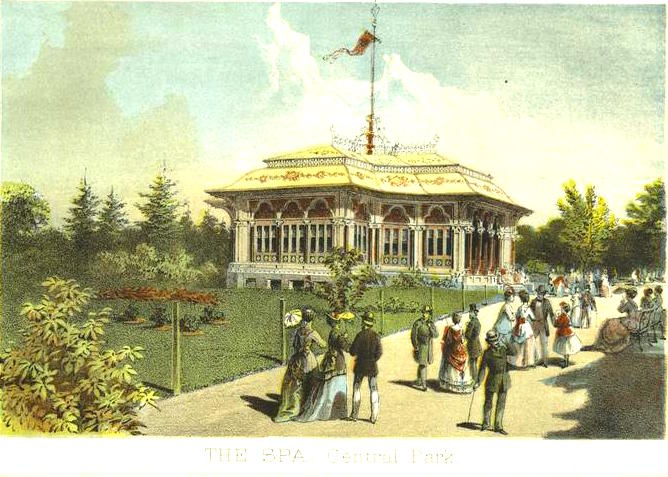

Episode #87: Summer with Queen Victoria: Life at Osborne House
In this special episode created in partnership with English Heritage, Carl is joined by curator Christopher Warleigh-Lack for a look at the once royal residence of Osborne House.
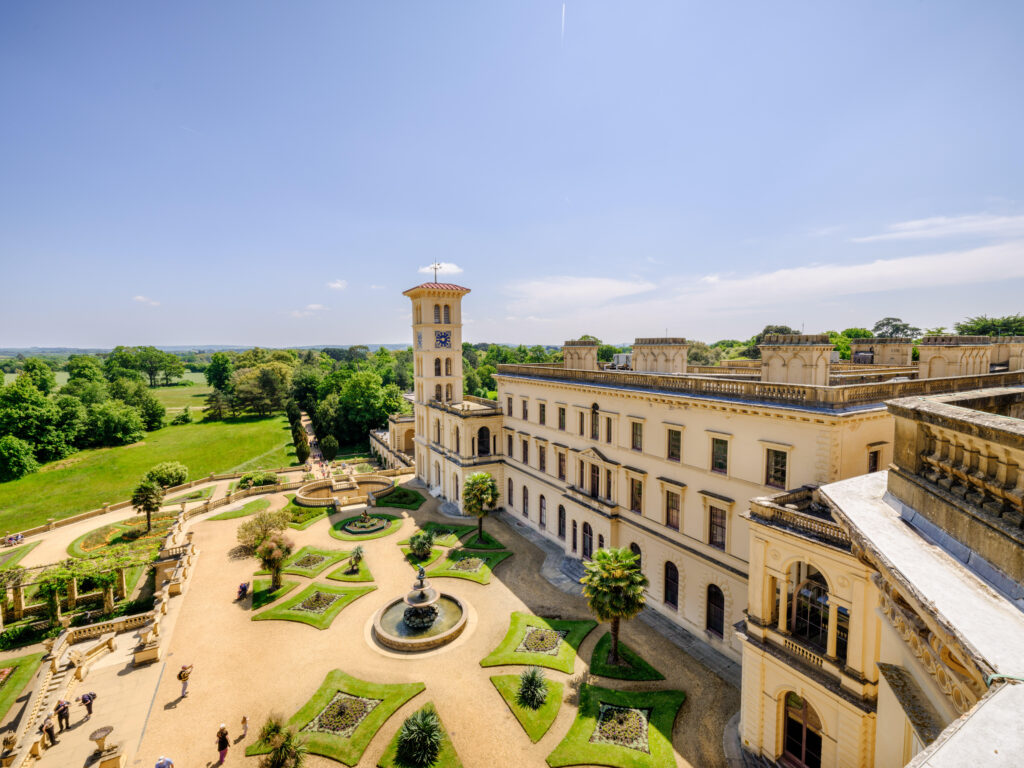
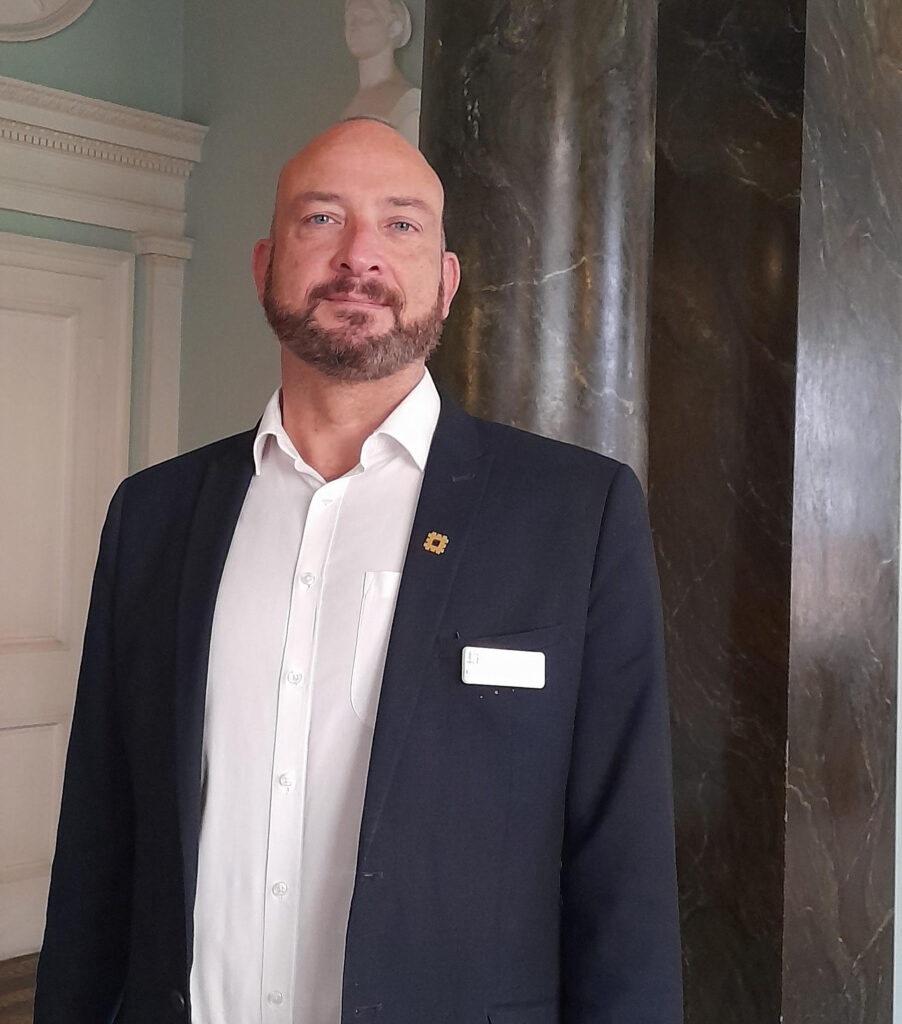
Episode #86: Great Estates of the Berkshires
Carl is joined by noted Berkshire historian, author and Lenox native, Cornelia Brooke Gilder for this special show which delves into the artistic and literary life of the Berkshires of Western Massachusetts as well as its role as a Gilded Age summer enclave.
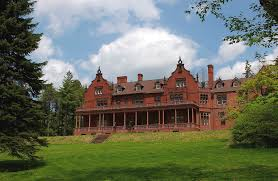
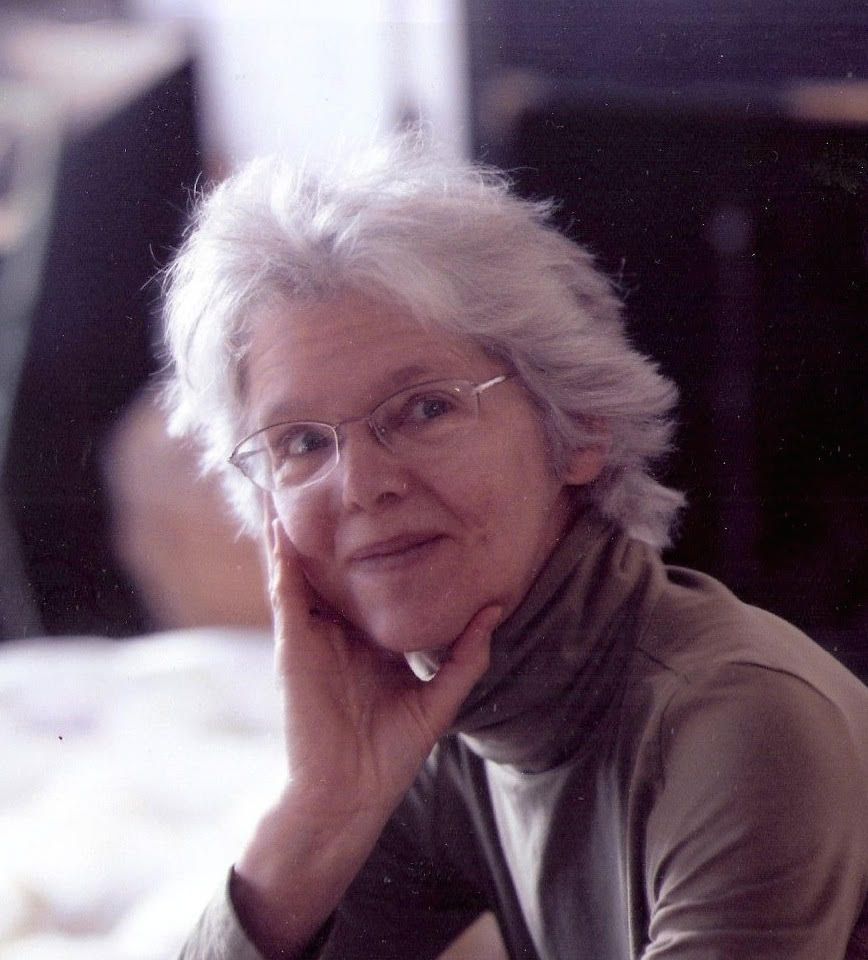
Episode #85: The Adirondacks and Great Camp Sagamore: Retreating to Nature in the Gilded Age
Historian and scholar Connor Williams joins Carl for this look at the Gilded Age retreat of the Adirondacks.
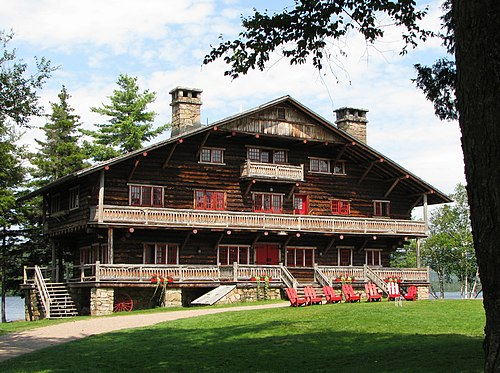
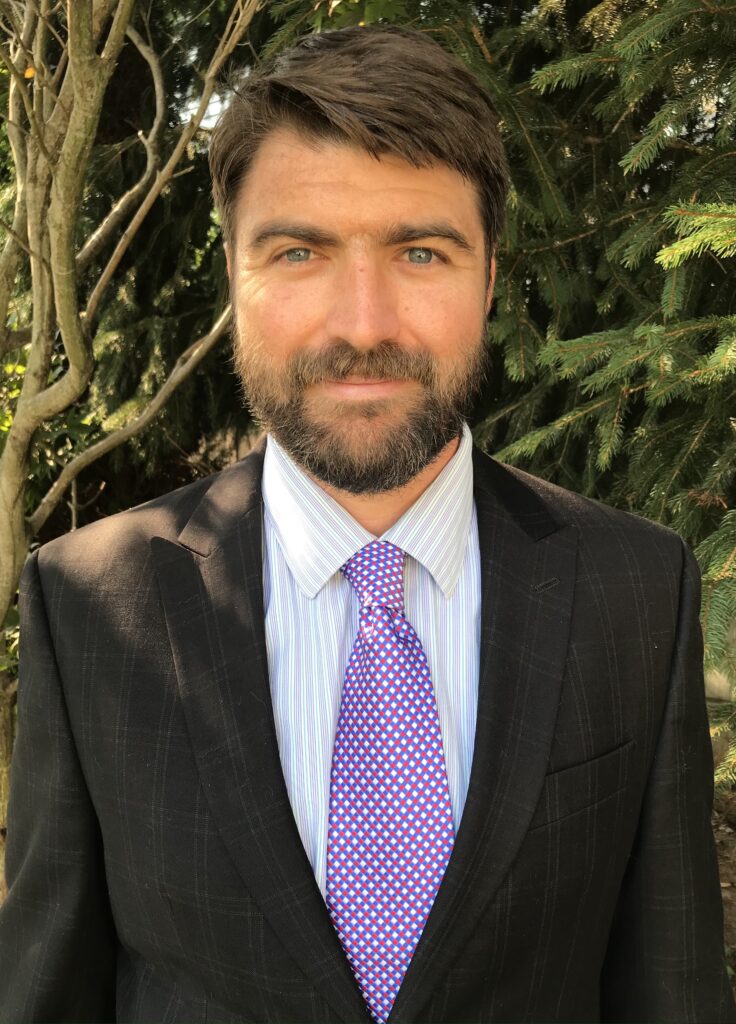
Episode #84: Hyde Park’s Vanderbilt Mansion: Building a Gilded Age House
Carl is joined by curator Frank Futral for a special on-location visit to the Vanderbilt Mansion in New York’s Hudson Valley.
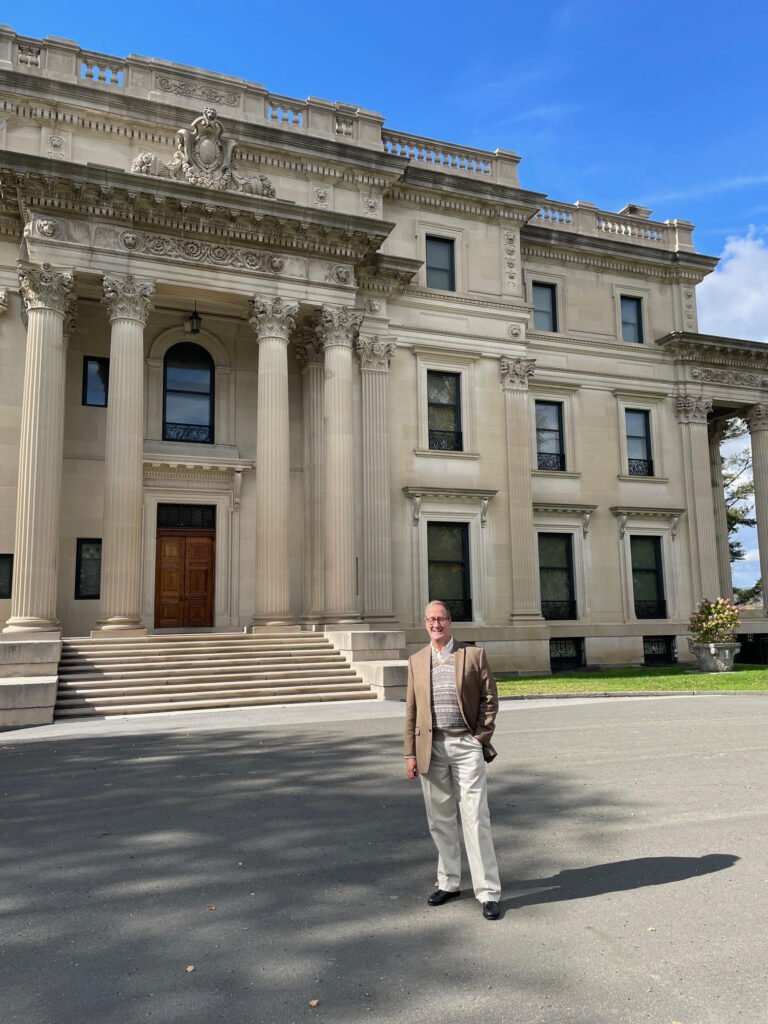
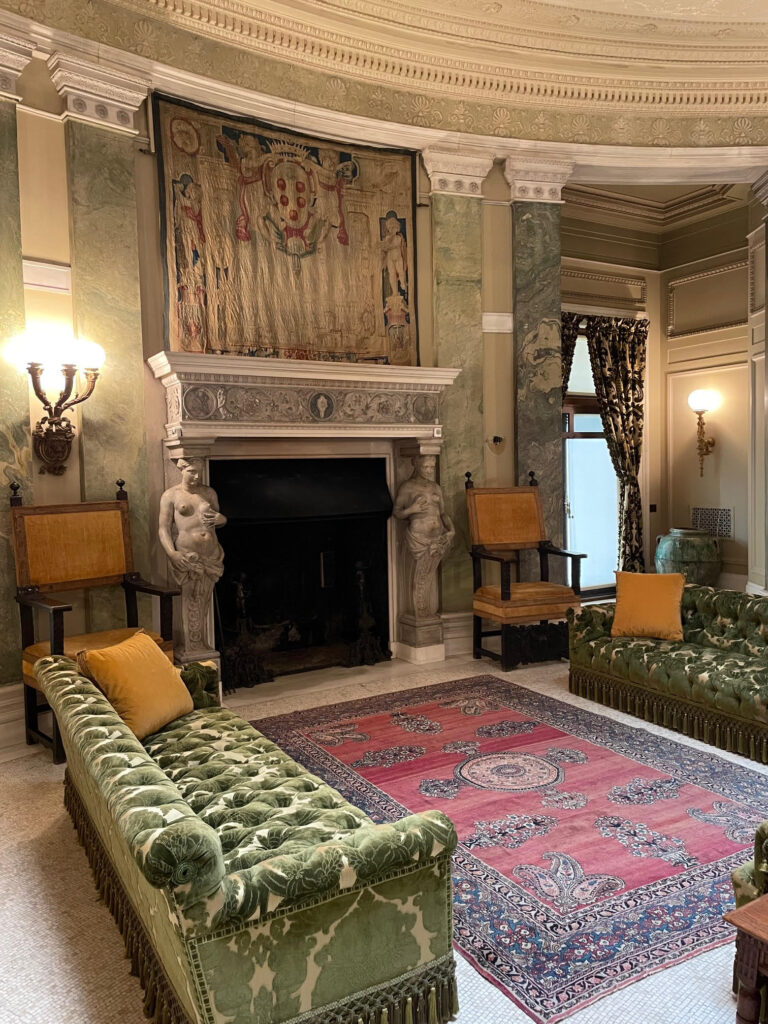
Man About Town: The Story of Murray Hall ENCORE
To celebrate a month of diversity, courage and pride, we are rereleasing this episode which continues to be one of the most talked about shows ever to appear on The Gilded Gentleman.
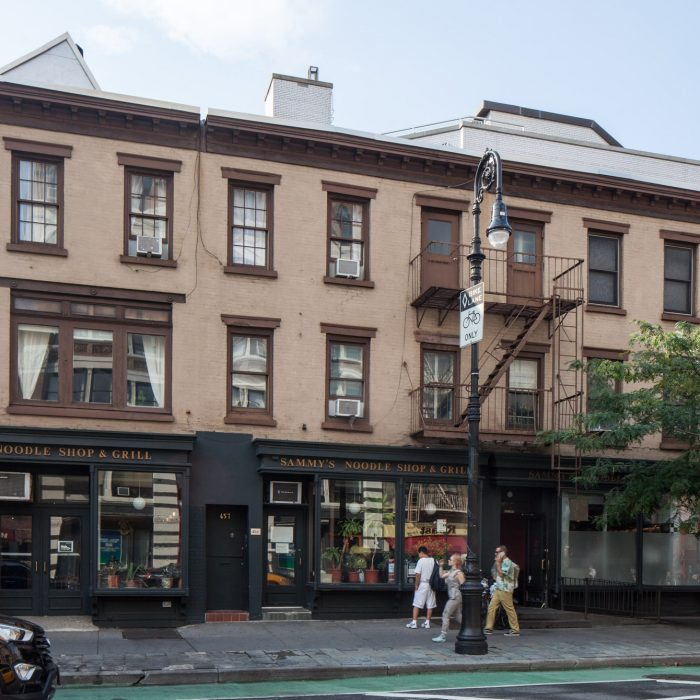

Episode #83: Gilded Age Newspapers: All That Was (Mostly) Fit to Print
To take a look at the news business Gilded Age style, Carl is joined by veteran journalist, writer, and tour guide, Michael Morgenthal for a journey through the pages of 19th-century newspapers.
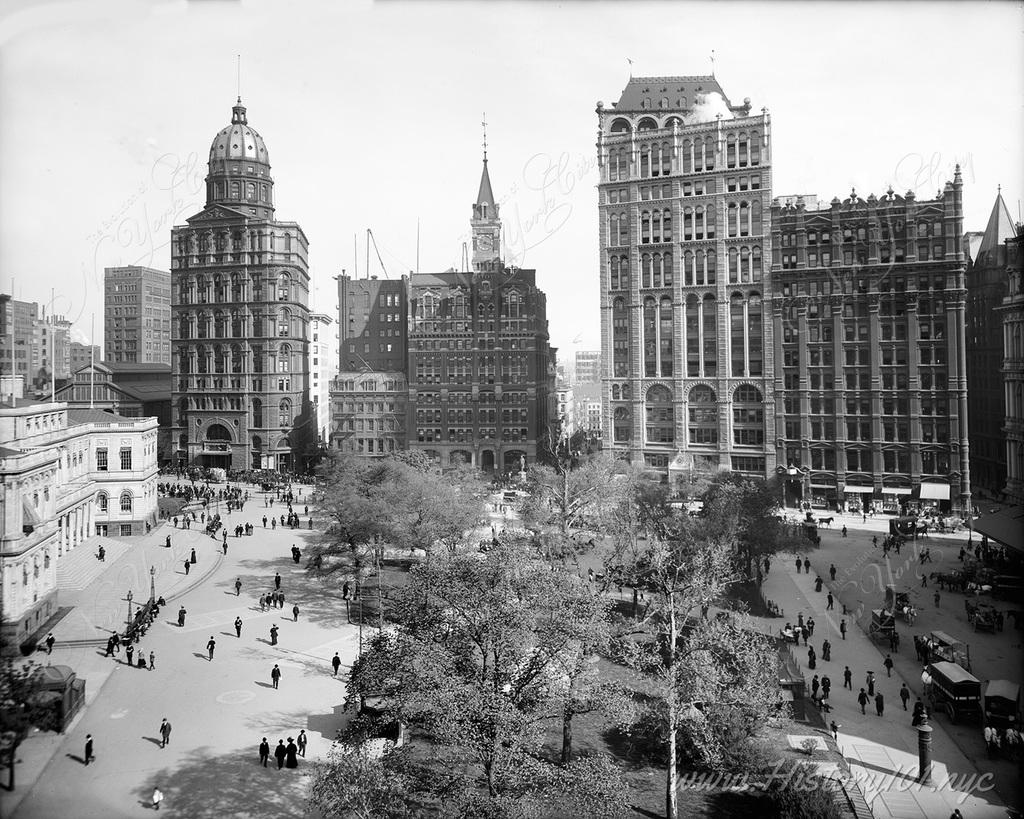
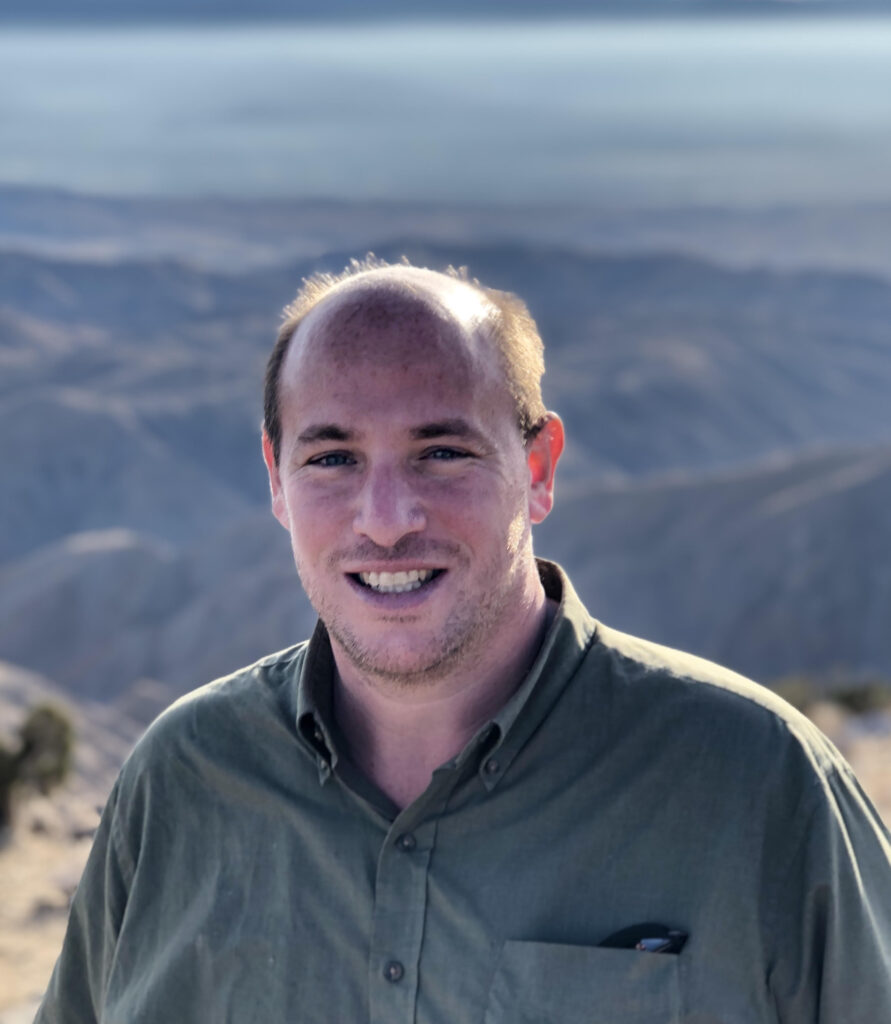
Episode #82: The Gilded Age’s Most Famous Dress: Alice Vanderbilt’s “Electric Light”
Carl pays a visit to the Museum of the City of New York for a very special episode with Collections Manager for Costumes and Textiles Elizabeth Randolph.
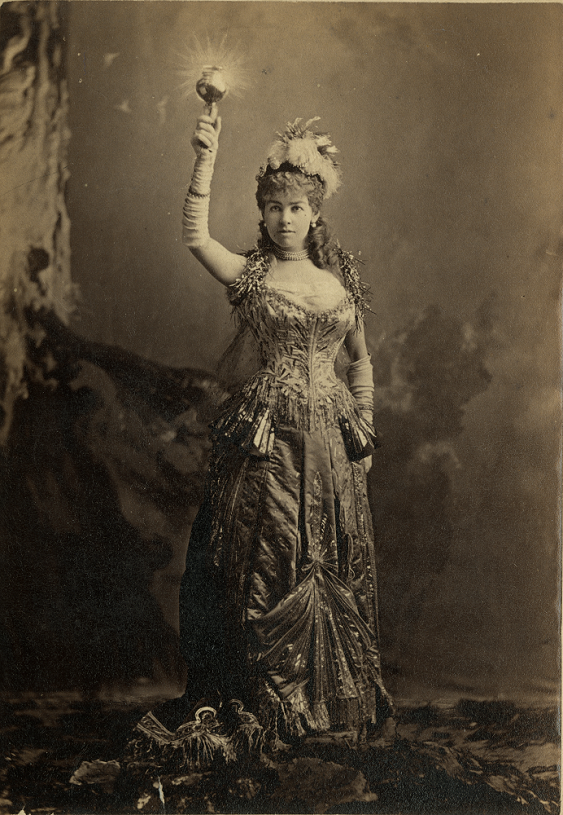
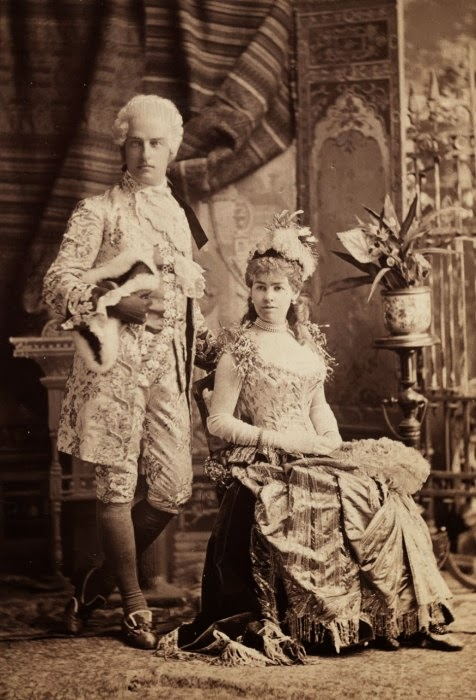
Episode #81: Jack the Ripper: Inside the World’s Most Famous Unsolved Murders
Renowned historian and author Richard Jones joins The Gilded Gentleman for this special extended show that delves deeply into perhaps the world’s most fascinating unsolved series of crimes.
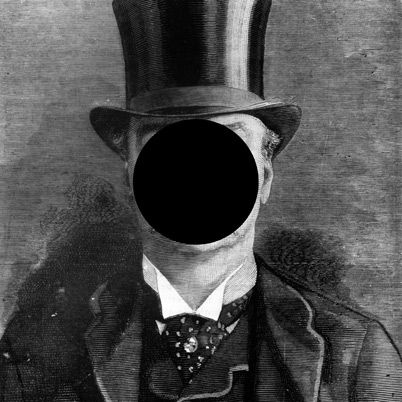

Episode #80: Royal Mothers and Daughters: A Conversation with Tracy Borman
Royal historian and author Tracy Borman returns to The Gilded Gentleman following her appearance on Crown & Scepter: The Coronation Show last year.
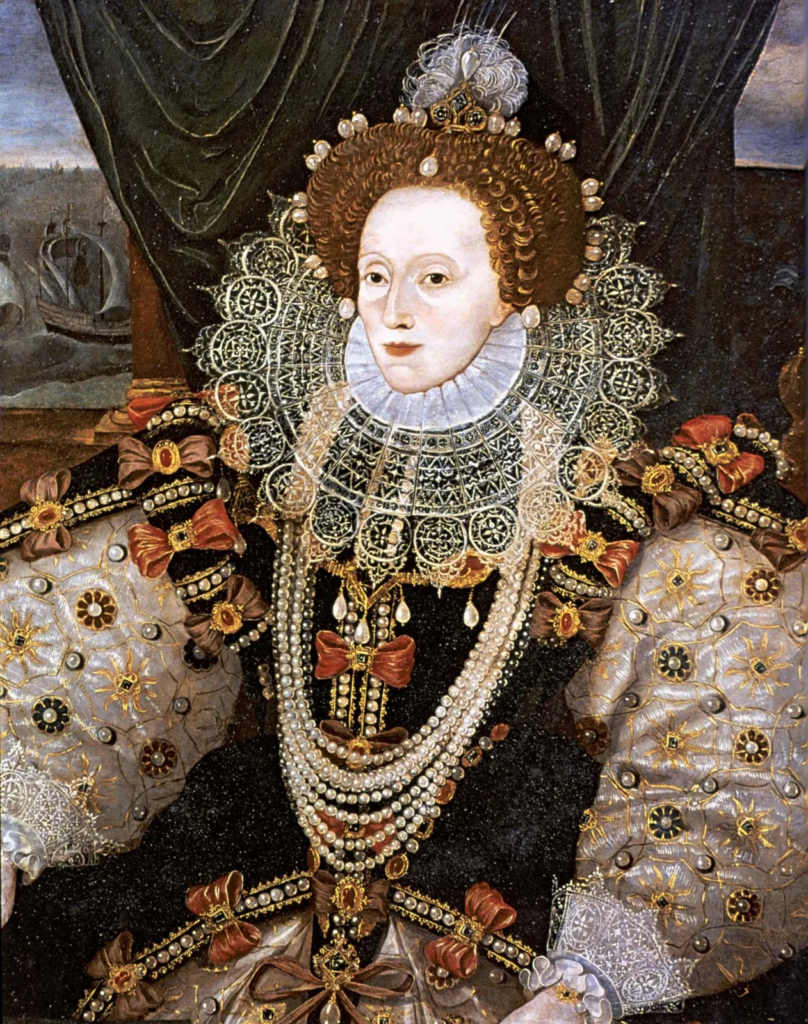

Episode #79: Sweeney Todd’s Original Johanna: A Tribute to Broadways’ Sarah Rice
Sarah Rice passed away suddenly earlier this winter. As a tribute to her memory, we are re-posting an interview with her from 2023.
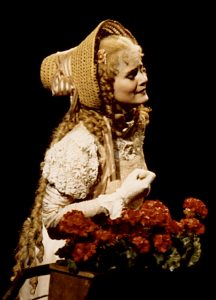
Episode #78: The Edwardian Country House: Elegance and Eccentricity
Join Carl and returning listener favorite British country house historian Curt DiCamillo for a look into the world of the Edwardian country house.
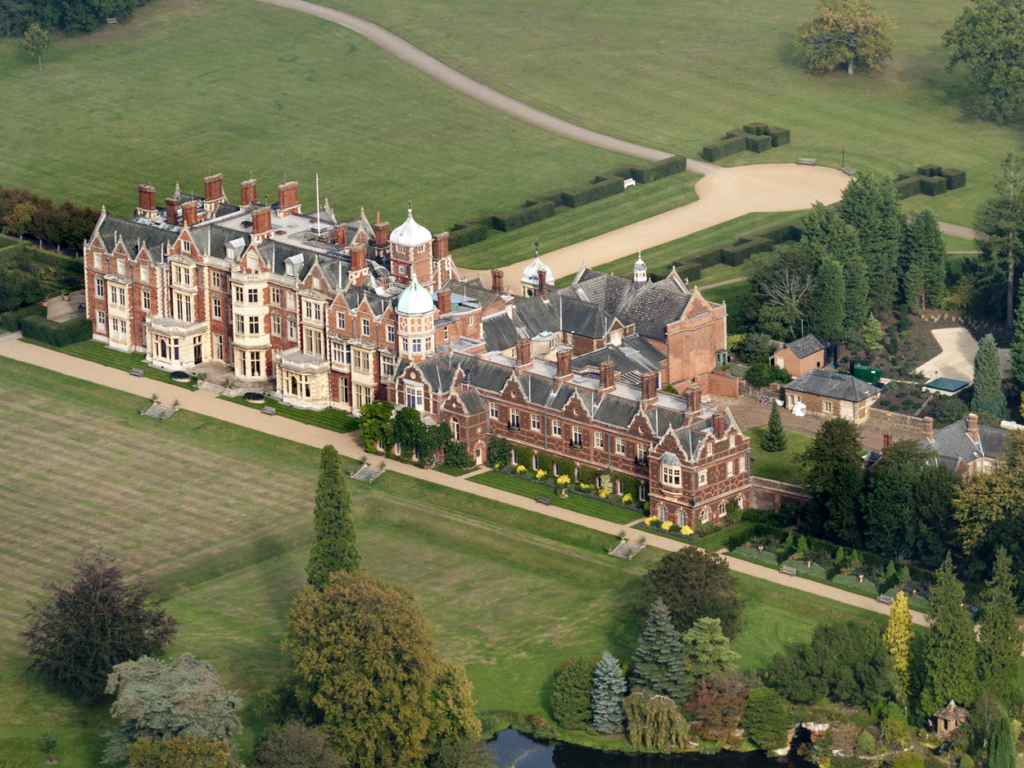
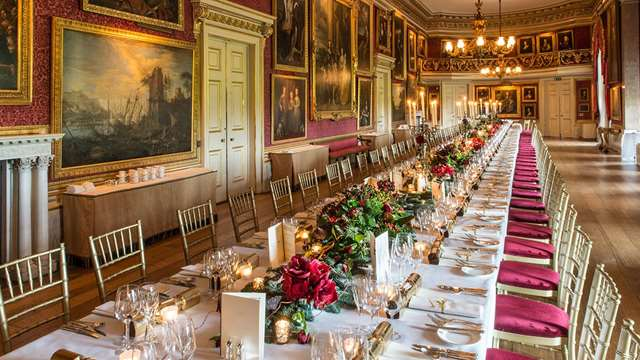
Episode #77: Gilded Age Undergarments: What did Mrs. Astor Wear (Under There)?
Fashion historian and author, Dr. Elizabeth L. Block returns to The Gilded Gentleman for a truly “undercover” investigation.

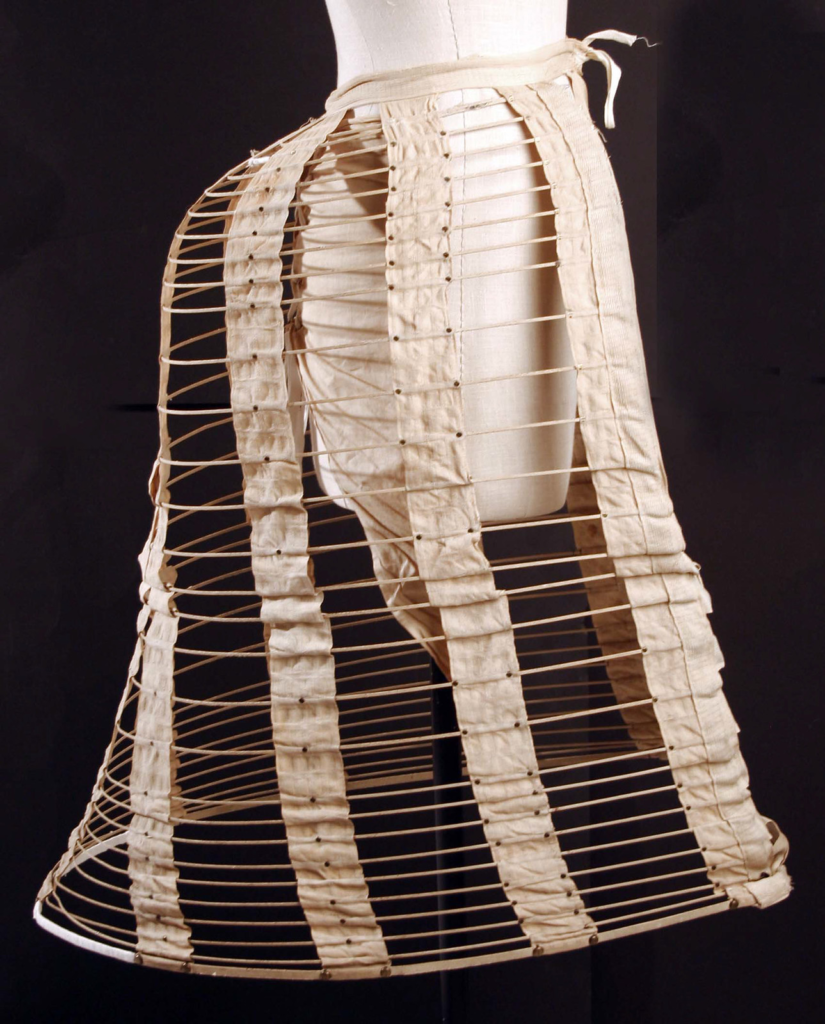
Episode #76: The Hidden World of Gramercy Park: Unlocking History with Keith Taillon
Listener favorite historian Keith Taillon returns to the show for this in-depth look at one of New York City’s most unique and historic enclaves.
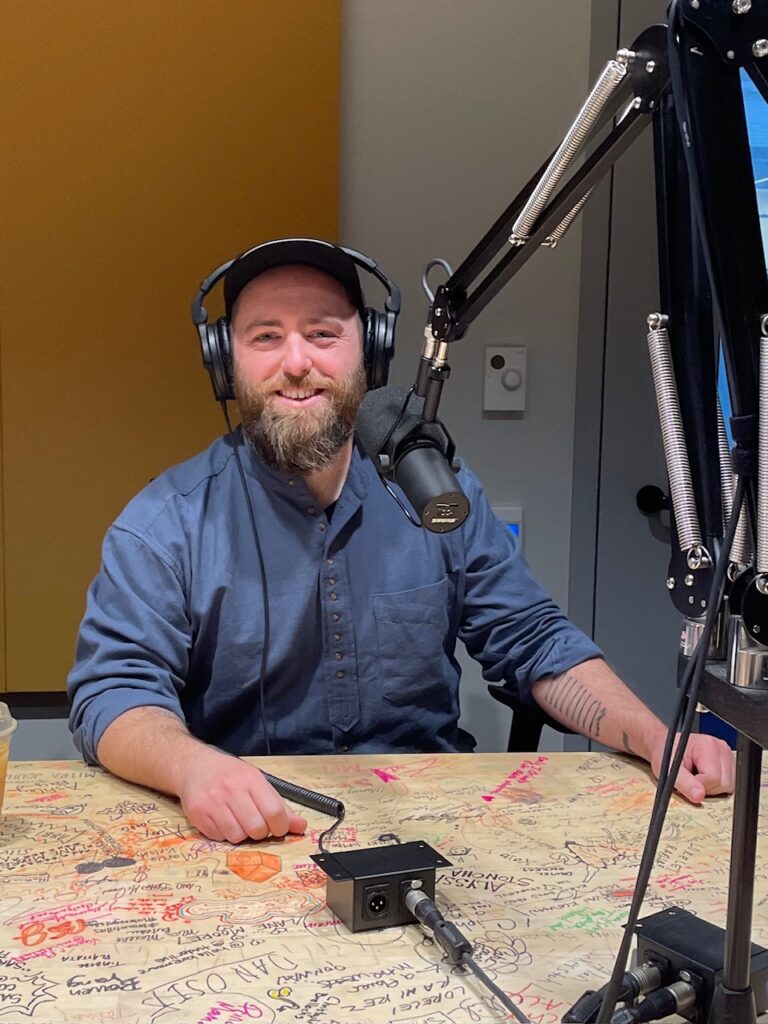
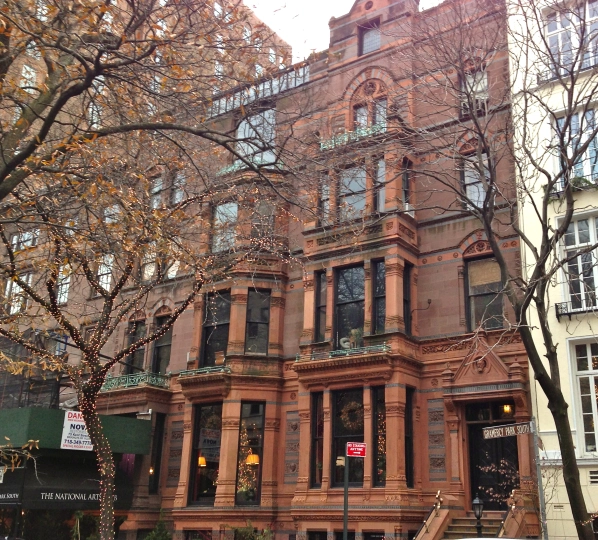
Episode #75: The American Renaissance: Beaux-Arts Architecture in New York City
Carl is joined by noted architect, interior designer and author Phillip James Dodd for an in-depth discussion of the “look” of the Gilded Age — a style known as American Beaux-Arts.
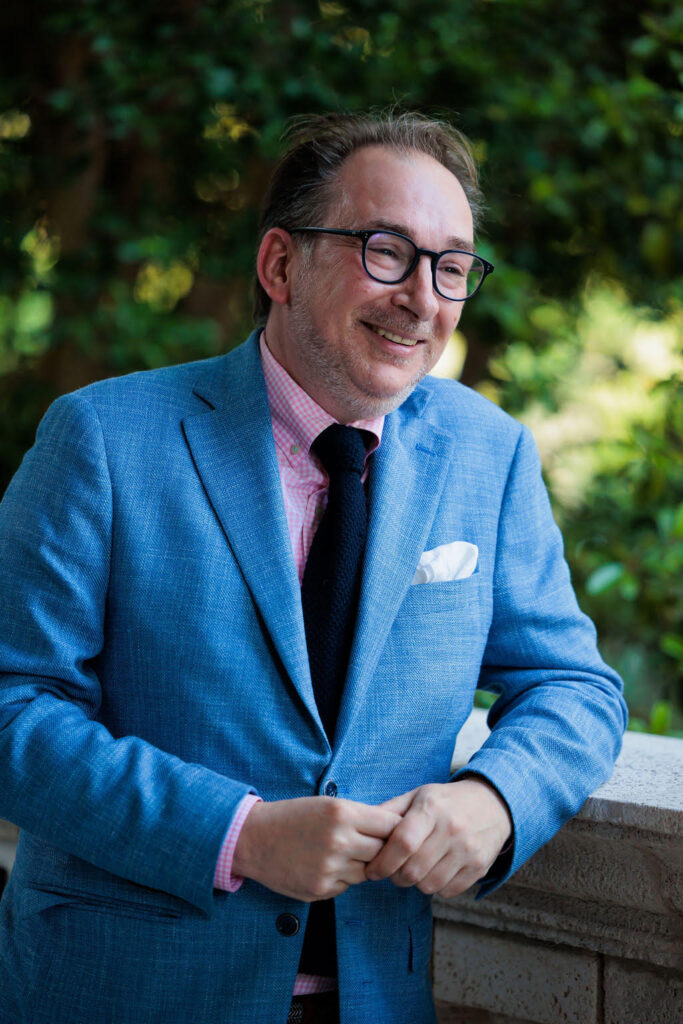
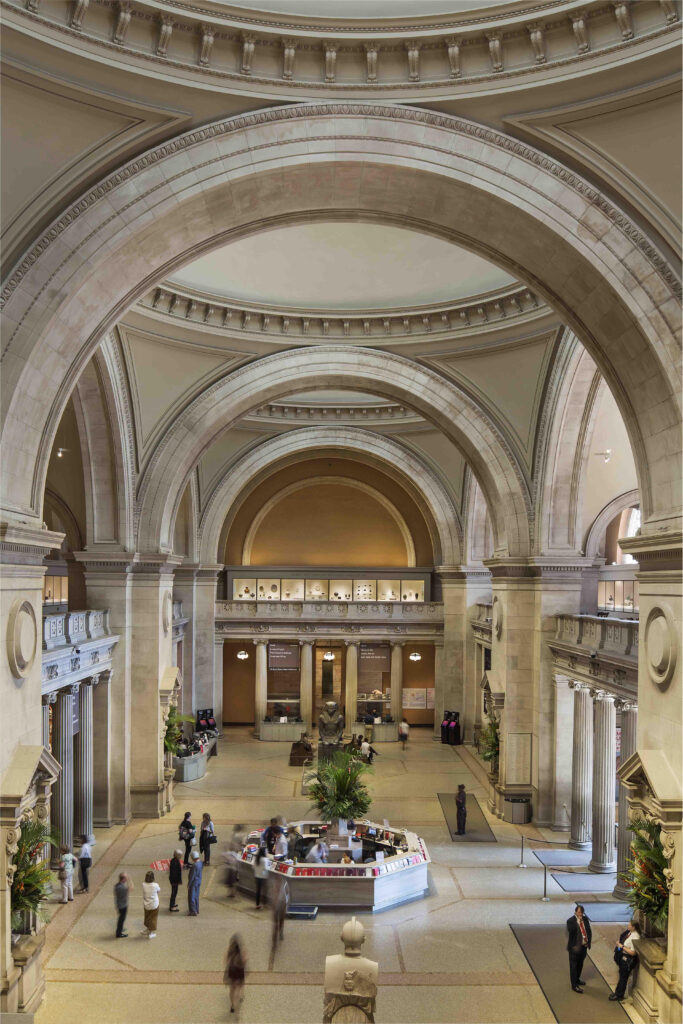
Episode #74: Daring Dandies: Early 20th Century Men of Style and Scandal
Carl and Nathaniel Lee Adams discuss and focus on the early 20th century where a new brand of dandy was emerging — one with style perhaps, but also often tinged by scandal.

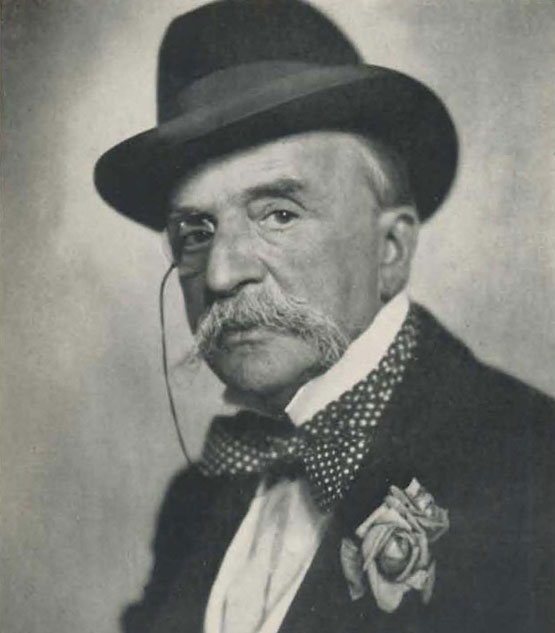
Episode #73: The Sculptor and the Angel: The Untold Story of Emma Stebbins
In this episode, journalist and biographer, Maria Teresa Cometto joins The Gilded Gentleman for a look into the life of New York-born 19th century sculptor Emma Stebbins.

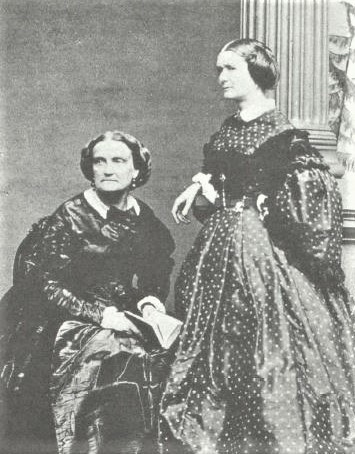
Episode #72: The Real Mamie Fish with Ashlie Atkinson and Keith Taillon
Mrs. Stuyvesant Fish, known to all as just Mamie, was another of the larger-than-life personalities during the Gilded Age. For this episode, Carl is joined by Keith Taillon as well as actor Ashlie Atkinson who portrays Mamie Fish in HBO’s “The Gilded Age” for a look at who this complicated but fascinating real-life woman was.
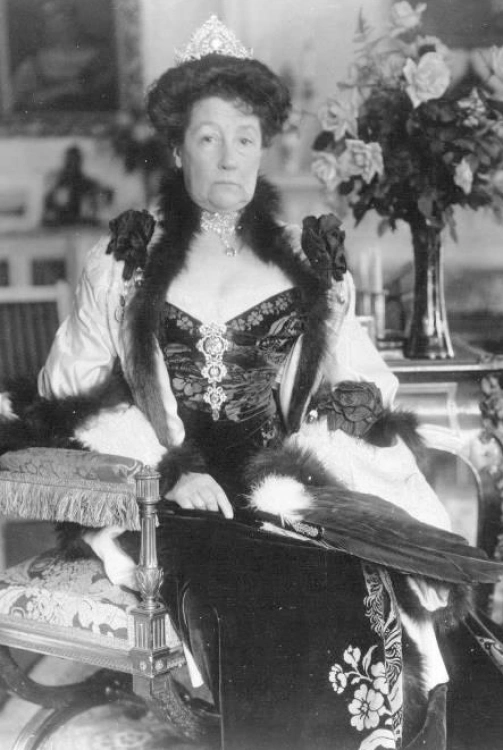
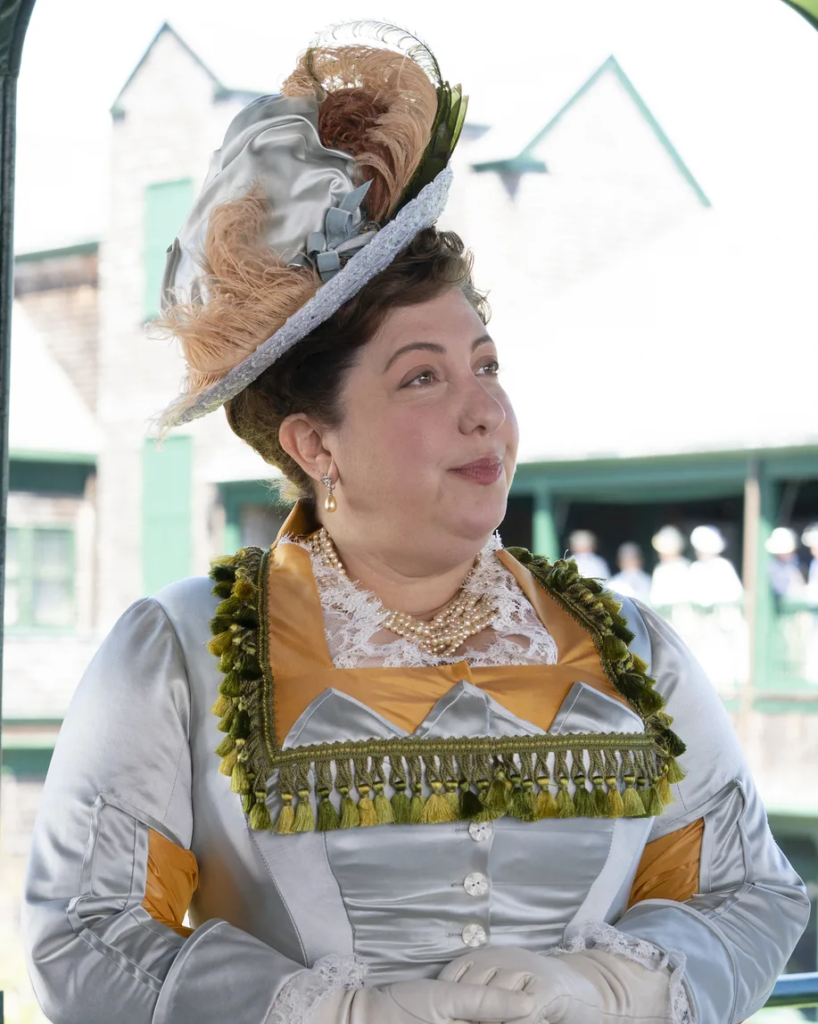
Episode #71: Edith Wharton’s The Age of Innocence with Dr. Emily Orlando
In celebration of Edith Wharton’s birthday on January 24, join The Gilded Gentleman for this very special look into perhaps Wharton’s most famous and best-loved novel.
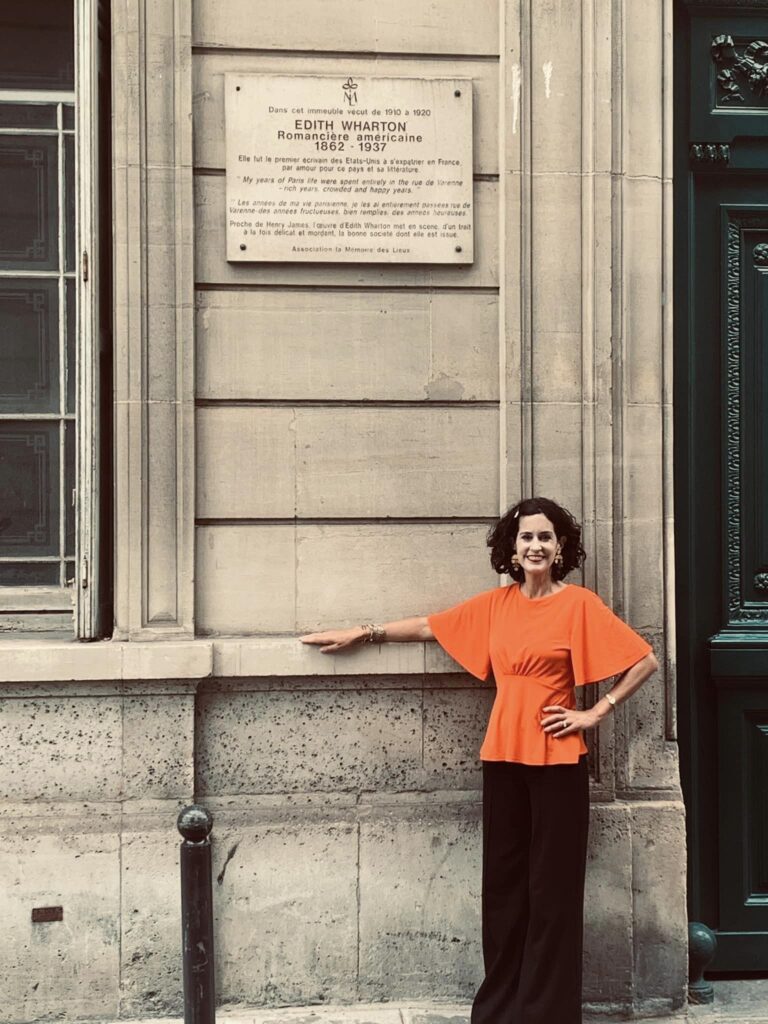
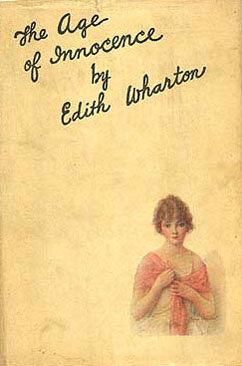
Episode #70: Having a Ball: The Gilded Age’s Most Outrageous Parties (encore)
It’s ball season! Time to wear your finest, certainly the time to dress to impress and call the carriage for your visit to the Gilded Age’s greatest party — the ball.
Balls were perhaps the most lavish entertainment one could attend in the Gilded Age — from Mrs. Astor’s annual Opera Ball for around 400 to smaller affairs for 200 or 300 hundred, that ball was far more than an elegant night out. Being invited signaled that you were “in” society, who you saw there often determined how you then navigated society, and whom you could introduce your daughter to indicated possible prospects for the marriage market. Balls were grand and elegant to be sure, but your every move watched, catalogued and judged. Go back to the Gilded Age to revisit ball season in this classic Gilded Gentleman episode — find out what you had to wear, how you had to behave, what you had to eat and even how to interpret the secret language of a lady’s fan.
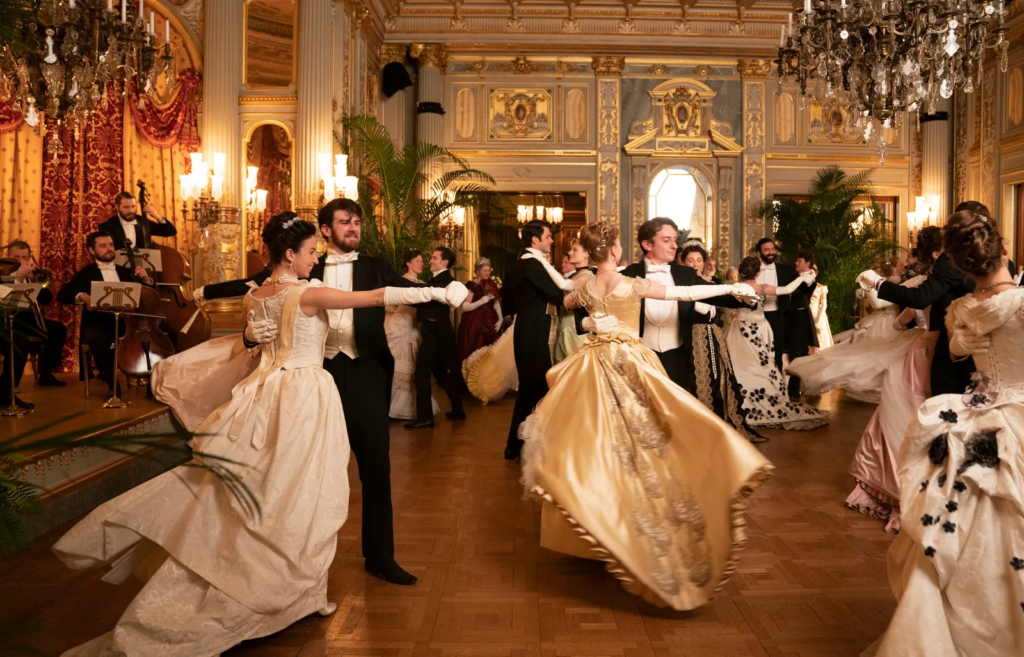
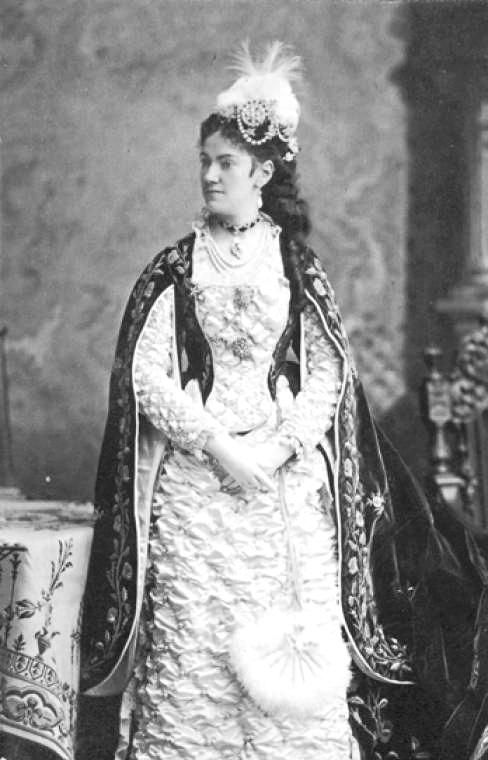
Episode #69: The Roeblings: The Family Who Built the Brooklyn Bridge
As a special bonus episode to end the year, enjoy this show from the Bowery Boys archives that traces and explains the Roebling family who — father, son, wife — all contributed significantly to the building of the great 19th-century marvel, the Brooklyn Bridge.
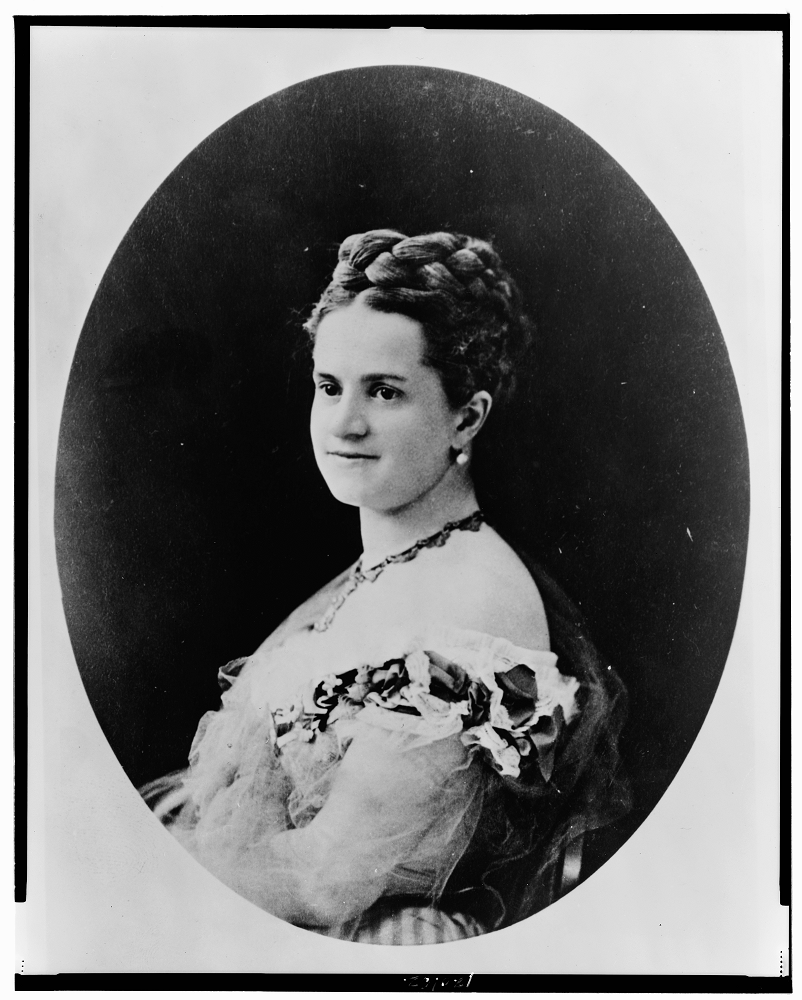
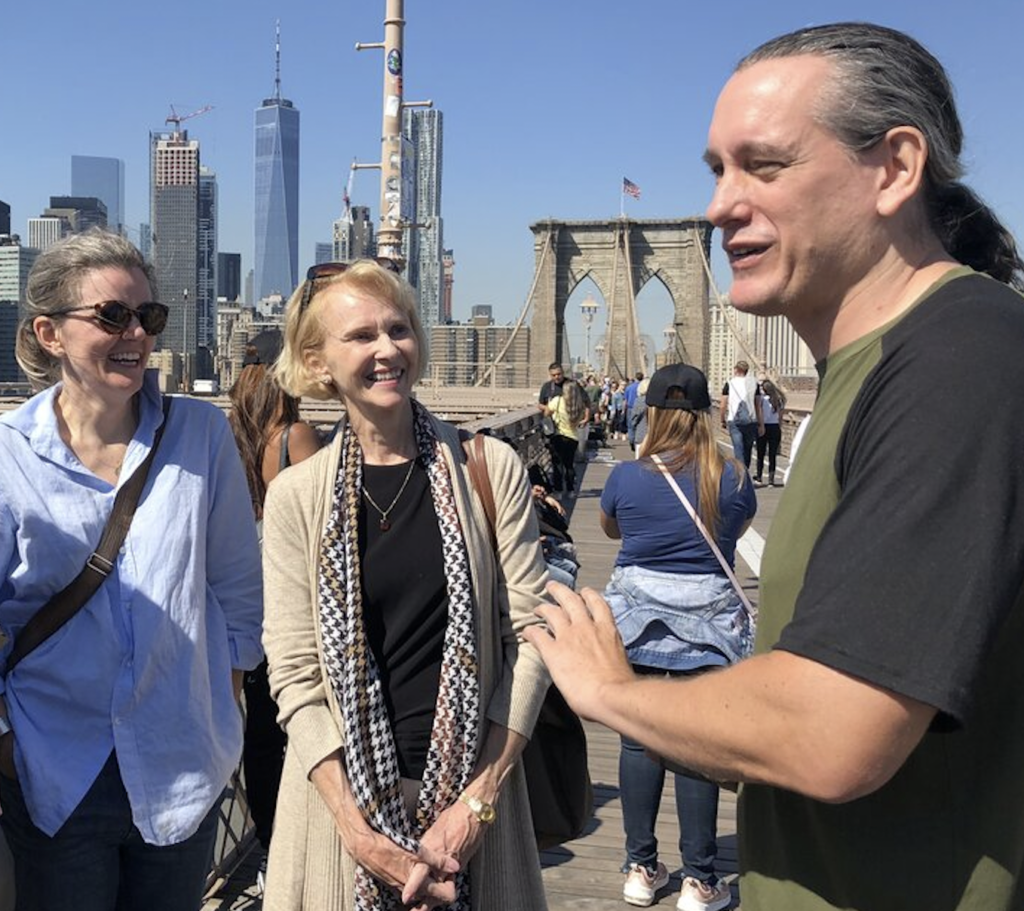
Episode #68: Delmonico’s: The Return of a Legend with Max Tucci
A New York phoenix has risen! Delmonico’s, New York’s most legendary restaurant, first established in 1827 has reopened to welcome, as third generation partner Max Tucci shares with us, all to the table.
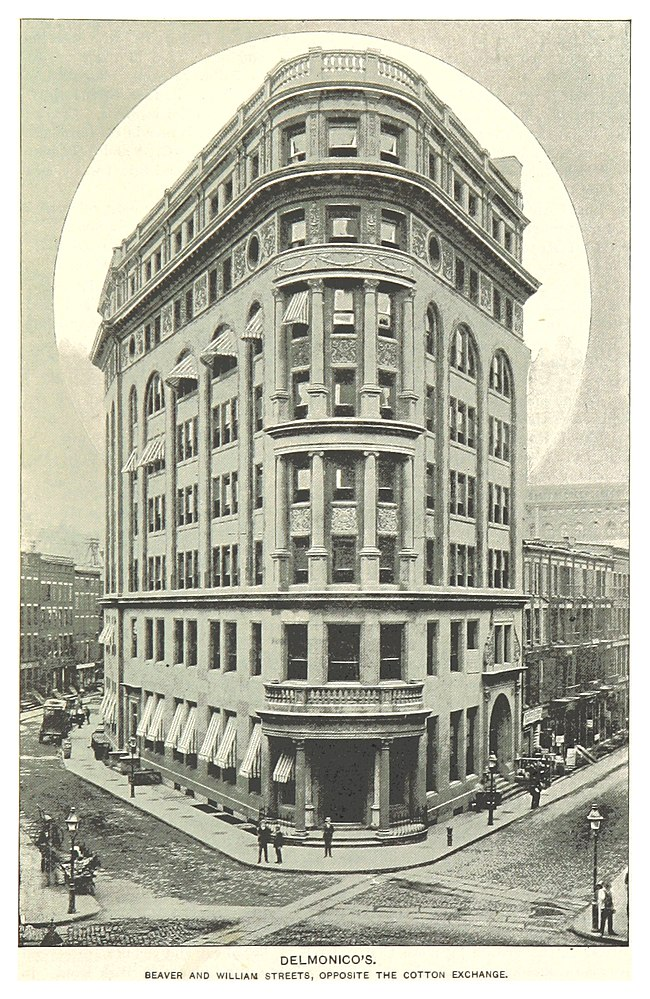
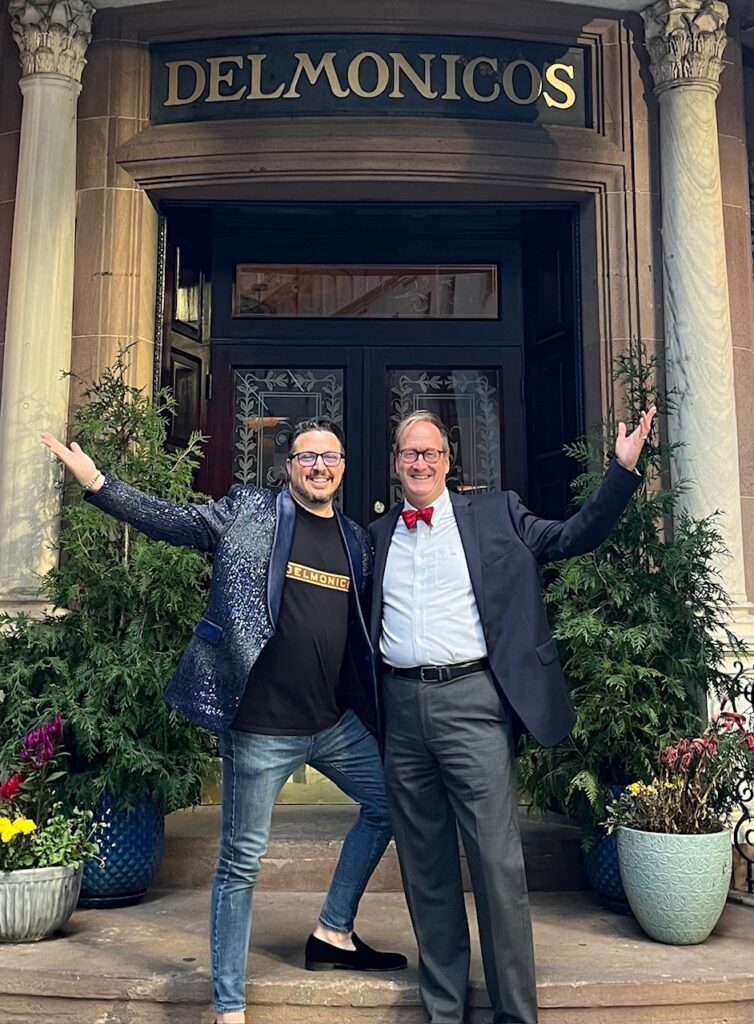
Episode #67: Simon Jones (Bannister on HBO’s “The Gilded Age”)
Join The Gilded Gentleman for a truly unique and special conversation with actor Simon Jones whose distinguished career includes his current role as Bannister on HBO’s “The Gilded Age“.
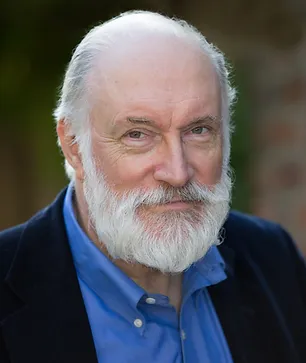
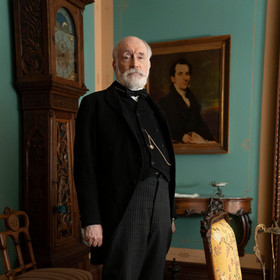
Episode #66: Inside Newport: Objects and Observations with Ulysses Dietz
Join The Gilded Gentleman and curator and historian Ulysses Dietz for a unique, in-depth look at the inside world of Newport in the GIdled Age.
Ulysses Dietz, noted curator, author and historian is the great-great grandson of President Ulysses S. Grant. In this unique and very special show, Ulysses takes us behind the doors of several of Newport’s great mansions to understand how architecture, design and decorative arts all combine to tell the story of how this social community came to be and grew during the Gilded Age. Ulysses shares insight into some of the famous personalities of the Gilded Age including Alva Vanderbilt, and the architects Richard Morris Hunt and Ogden Codman, Jr. as well as offering a look at several mansions including Chateau-sur-Mer, The Breakers and Marble House. A very special part of this show includes Ulysses’ discussion of several objects he included in an exhibition he curated in Newport last year that tell the behind-the-scenes tale of aspects of the Gilded Age and its personalities that we perhaps never knew.

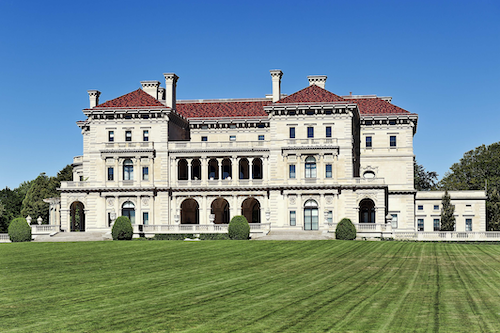
Episode #65: Christmas in Victorian America: City House/Country House
A festive look at how Christmas was celebrated with two real-life 19th-century New York families in both the city and in the country.
Christmas traditions evolved over the 19th century combining influences from the days of the Dutch settlers to British practices inspired by the work of Dickens and came to become something truly American. In this special holiday episode, The Gilded Gentleman visits with Ann Haddad, House Historian of New York’s 1832 Merchant’s House Museum to take a look at how the well-to-do Tredwell family and their servants would have celebrated the holiday around mid-century. We then travel outside the city up to the Hudson Valley for a visit with Maria Reynolds, curator of the Mills Mansion in Staatsburgh, New York, a grand Stanford White-designed country house right out of the Gilded Age. For the Mills family, the holidays around 1899 and 1900 in the country included many outdoor winter activities including sledding and skating and even, with a great greenhouse on the estate, some special items served on holiday tables. And through some unique archival material, we’ll even get a sense of just who may have come to visit for a holiday dinner.
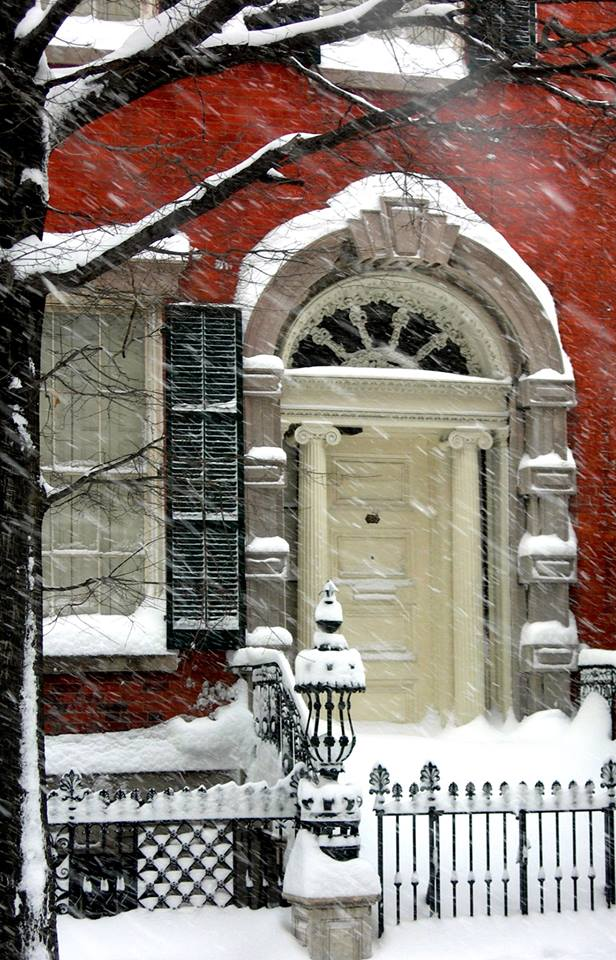
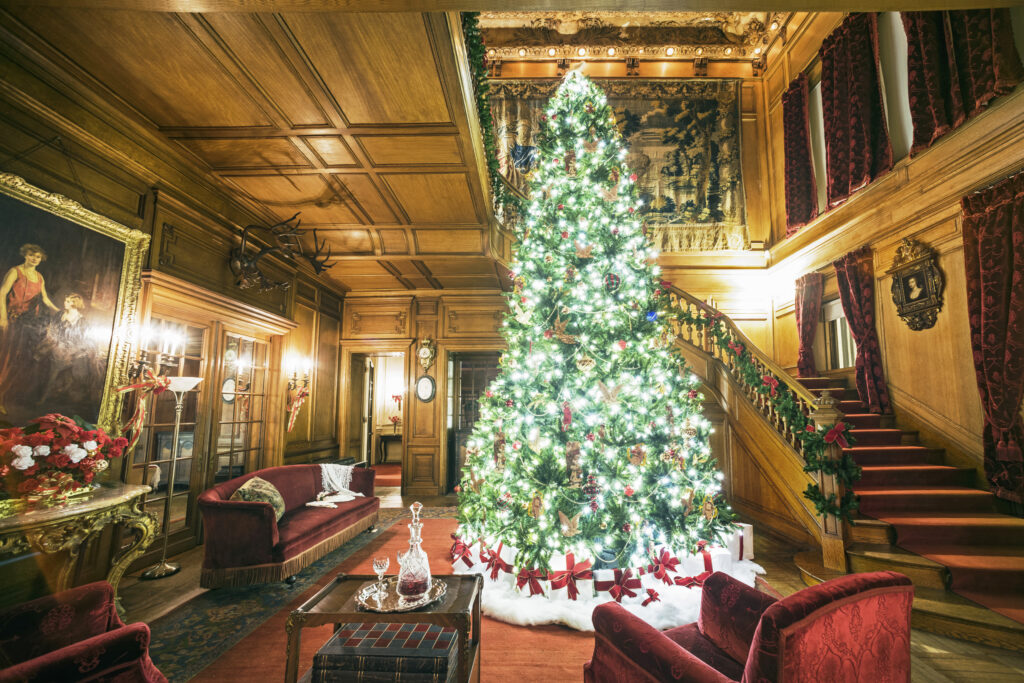
Karl Rabe Photo
Episode #64: Jay Gould at Home: Life at Lyndhurst Mansion
Financier Jay Gould was one of the most famous and infamous of the Gilded Age robber barons. He was ruthless in his business dealings, tangled with the Vanderbilt for control of the railroads and fought battle after battle on Wall Street. Gould sought respite from New York City with his family at his country home, Lyndhurst Mansion in Tarrytown, a rolling estate where instead of Wall St. warrior he could be father and husband. In this unique episode, The Gilded Gentleman travels to Lyndhurst for a look inside both the Mansion and the life of Jay Gould.
Executive Director of Lyndhurst, Howard Zar joins Carl for a fascinating interview recorded in the picture gallery in Jay Gould’s own mansion. Surrounded by Gould’s precious hand chosen art collection, still hung as Gould intended, Howard and Carl delve into what life was like at the Mansion and what visitors can see today. As a special treat, you can follow Howard and Carl on a tour through the Mansion visiting Gould’s reception room, library, private office and dining room. Lynddhurst may be familiar to viewers of the HBO series “The Gilded Age” since a number of its rooms served as filming locations in the show. The mansion and estate is owned and managed by the National Trust for Historic Preservation and visitors are welcomed year round.
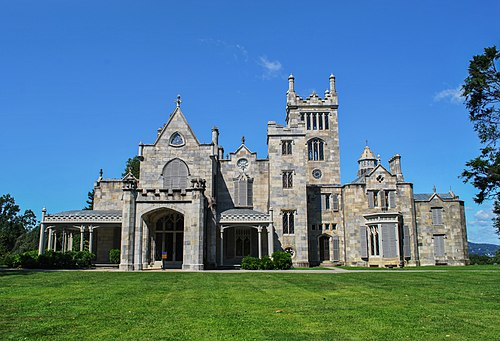

Episode #63: The Gilded Age Cookbook: A Conversation with author Becky Diamond
Join author Becky Diamond and Carl for a true Gilded Age feast! Carl and Becky enjoy a hearty and delicious conversation on all aspects of dining during this opulent period including what more modest home cooks were whipping up in their newly outfitted kitchens.
The Gilded Age was a period of rapid industrialization and innovation – and that was abundantly true in terms of what was happening in the kitchen. New marvels like refrigeration, the availability of today’s essential ingredients like baking powder and new tools from egg beaters to meat slicers all made creating over-the-top meals much easier than ever before. Becky Libourel Diamond, food historian and author of the just published The Gilded Age Cookbook shares some rich insight into a number of these kitchen innovations along with stories of recipes and dishes that defined grand Gilded Age dining. In this season of holiday entertaining, Becky even shares some ideas from her book on how to create your own Gilded Age inspired holiday dinner.

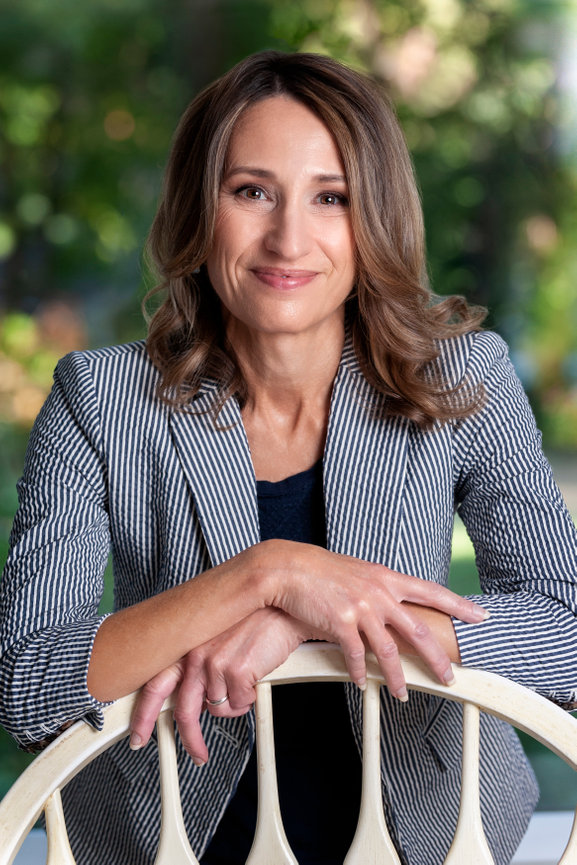
Episode #62: Black Gotham: Origins of Gilded Age New York’s Black Elite
Esteemed author and scholar, Dr. Carla Peterson joins The Gilded Gentleman to share her research and perspective on the growth and development of the prosperous black professional class throughout the nineteenth century up to the Gilded Age. Dr. Peterson’s work revealed a fascinating story that had up til then barely been told.
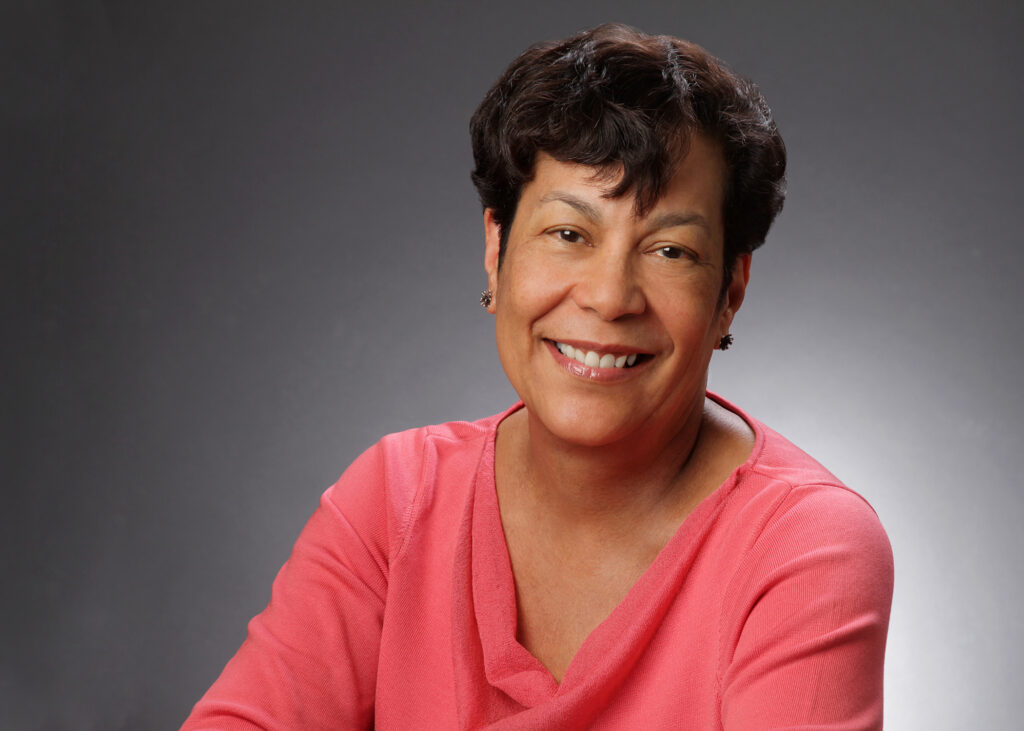
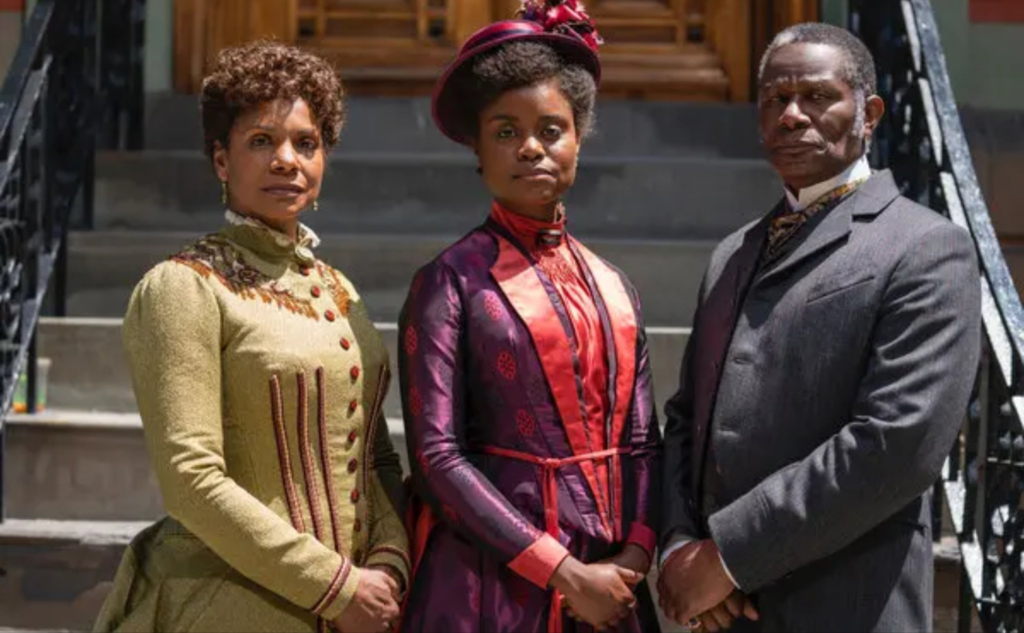
Episode #61: The Opening of the Metropolitan Opera 1883 (ENCORE)
Celebrate the opening of the opera season Gilded Age style! In this encore episode, Carl delves into just how the Metropolitan Opera came to be and what it meant to those bejeweled Gilded Age audiences. Most of the drama took place in the audience – and not so much on the stage.
On the night of October 22, 1883, the brand-new Metropolitan Opera House opened its doors. The new theater was able to accommodate many more prime seats than the old Academy of Music and as a result “new money” socialites like Alva Vanderbilt could finally get their dream — a private box at the opera. But most of these operagoers weren’t there for the music — they were there to jockey for social position, play the game of “see and be seen” and hopefully get one’s daughter married off to an appropriate fortune.
This episode goes into the drama on stage on off that accompanied that first opera season at the Met — so put on your favorite gown from Paris, don your top hat and cane and join The Gilded Gentleman for a Gilded Age night at the opera.
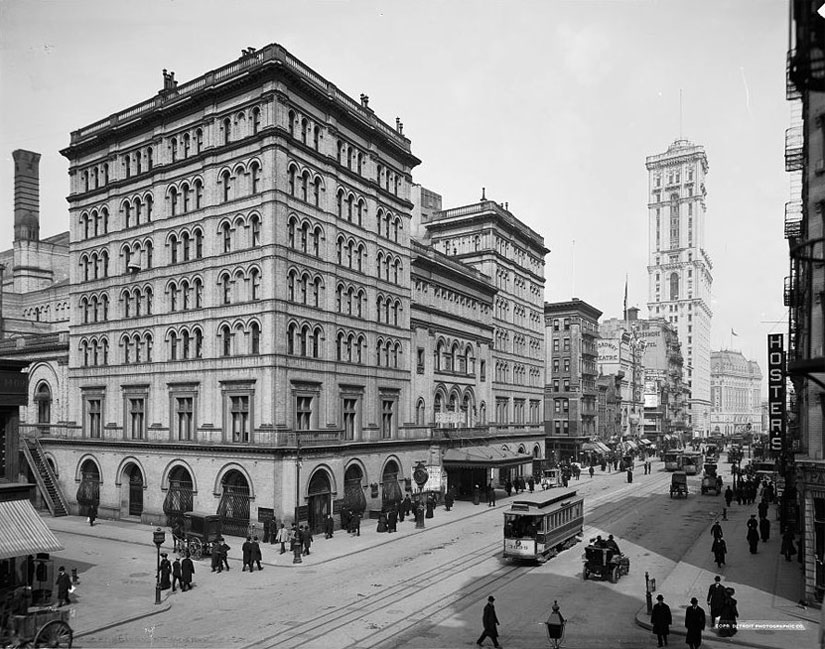
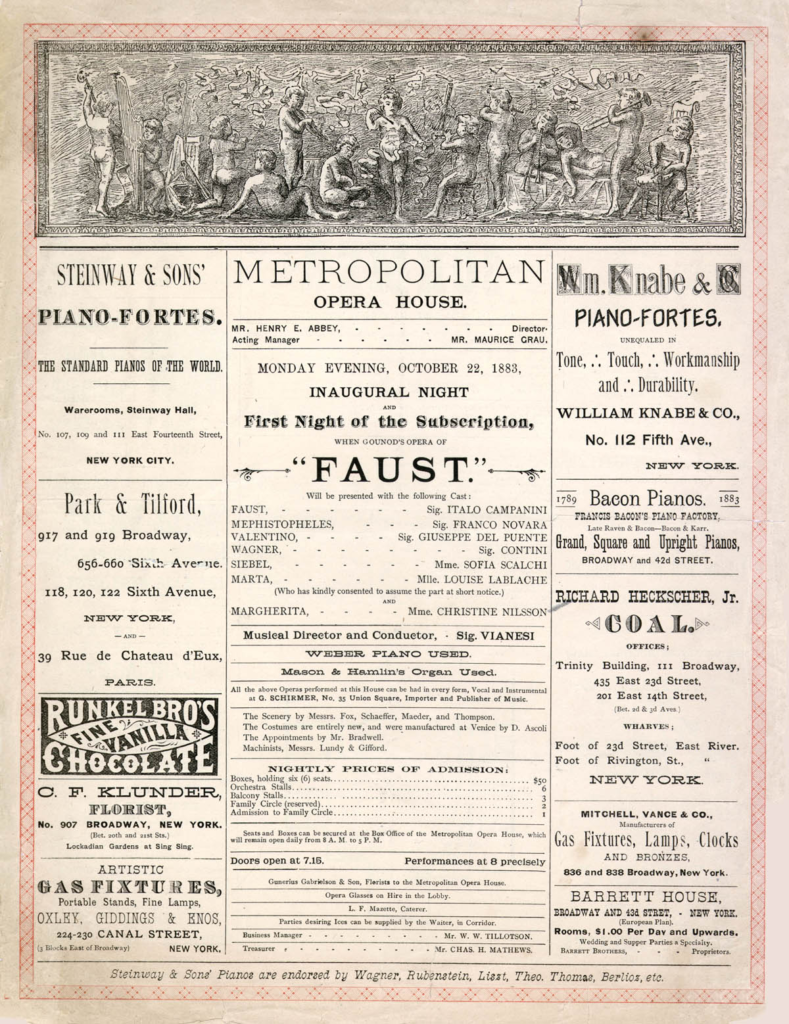
Episode #60: Ghosts of the Gilded Age
A special episode from the Bowery Boys Archives! Join Greg and Tom as they travel back in time to investigate a few personalities from the Gilded Age that, well, seem to have never left.
In this truly spooky episode. Greg and Tom travel between Manhattan, Queens, the Bronx and Staten Island to delve into four tales of the unexplained, the perhaps unforgotten and definitely the unsettling. Our stories include a massive elegant mansion that once graced the Hunts Point neighborhood of the Bronx. Built by merchant and trader Benjamin Whitlock in 1850 and later owned by Cuban sugar importer Inocencio Casanova, the mansion is the site of numerous still unexplained mysteries including an extensive system of vaults and secret rooms hidden well beneath the mansion’s main floors.
A stop on Manhattan’s E. 27th St, near the Gilded Age’s fashionable Madison Square uncovers reports of a curious and very active poltergeist and a trip out to Queens explores two mysterious deaths at the location of a remote farmhouse, the site now part of Calvary Cemetery. Greg and Tom conclude their visits with a few of the ghosts of the Gilded Age with a stop at the Vanderbilt Mausoleum in Staten Island, the final resting place of the great Commodore Cornelius Vanderbilt as well as his son William H. Vanderbilt and grandson, Cornelius Vanderbilt II. And as with any visit with the Vanderbilts, one discovers a few secrets may lurk beneath the surface.
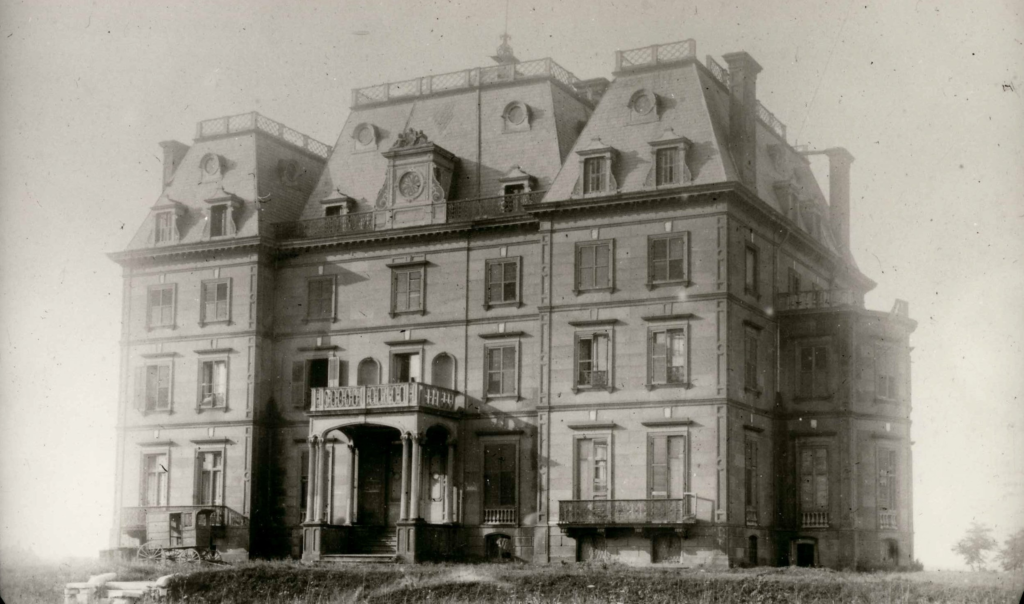

Episode #59: New York Real Estate: Mansions, Money and Madness
Returning listener favorite, historian Keith Taillon joins Carl for a look at some of New York’s prime real estate in the Gilded Age. This episode looks at some very desirable areas in the late 19th century and early 20th century to build one’s great palace — in some cases it was the owners themselves that created surprising tales of drama and scandal.
John Jacob Astor is considered to have been New York’s first great real estate mogul and indeed the Astor family has been said to have been “New York’s landlords” for much of the 19th century. But other developers and builders were responsible for establishing desirable areas in which to build as well. In this episode guest historian Keith Taillon takes a look at five particular properties and mansions — all except for one can still be found today. With locations as diverse as today’s midtown Manhattan to the Upper West Side and up into Harlem, Keith weaves the tales of how each area became fashionable, how desirability rose and fell, what styles of architecture prevailed and just who some of the owners were. Our journey will include the homes of JP Morgan Jr. and Andrew Carnegie as well as other lesser well-known Gilded Age luminaries such as Robert Davis and James Bailey but all with equally intriguing and drama-filled stories to tell.
Related episode: “Chasing the Gold: A Gilded Age Tour up Manhattan”

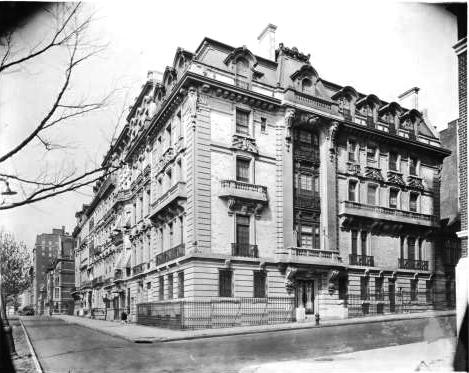
Episode #58: Music of the Gilded Age: Symphonies to Saxophones
Join Carl and his guest historian and professional musician Dr. Christpher Brellochs for a tour through the musical influences of the Gilded Age.
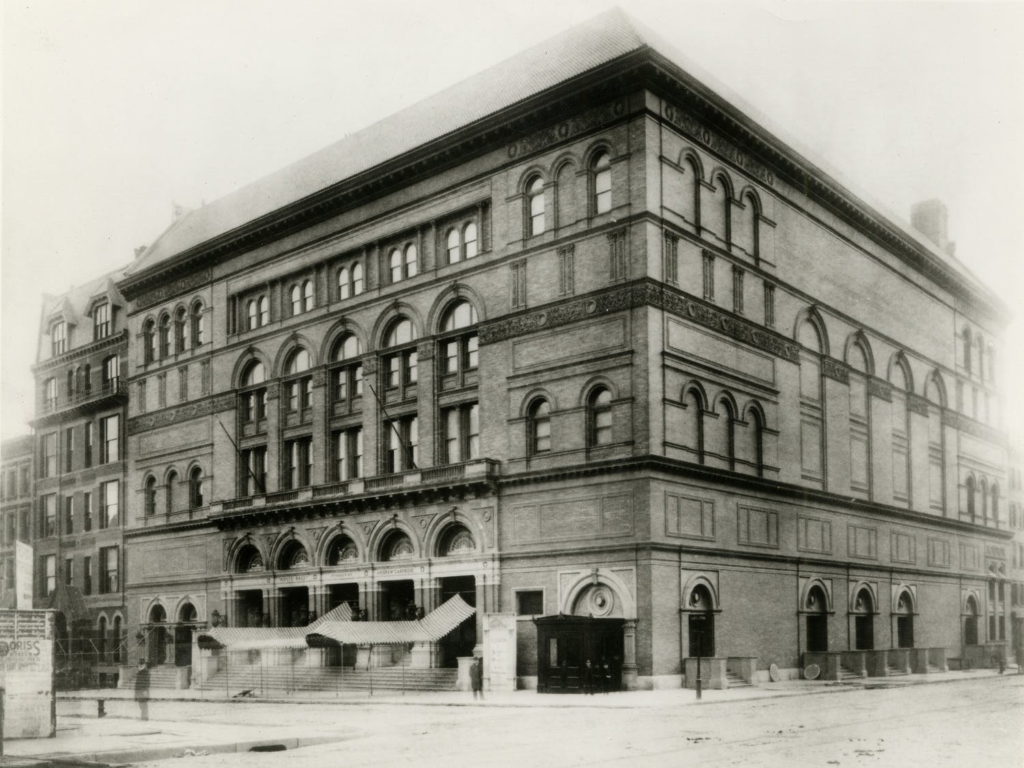
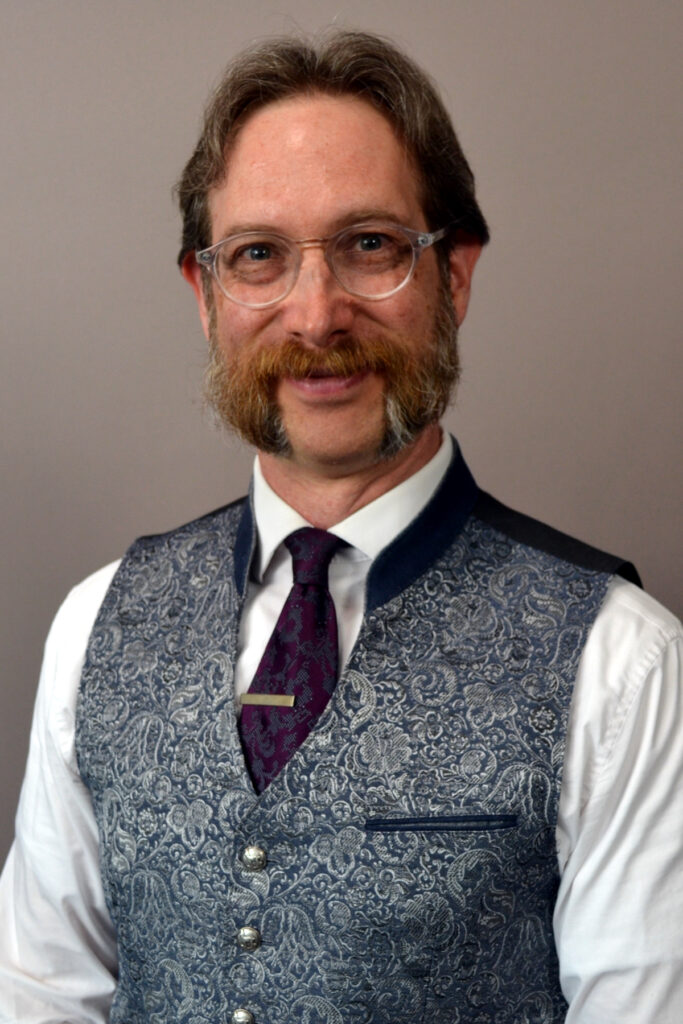
Episode #57: The ‘Real’ Buccaneers: Gilded Age Million Dollar Princesses
This episode takes a look at how and why a large number of young American women of the Gilded Age sought marriages among the European nobility. Many of these marriages were much more business deals than love affairs although some did in fact produce happy unions.
Join The Gilded Gentleman as we delve into the world of the “million dollar princesses” willing to trade cash for coronets.
In the latter part of 19th century America, over 200 young women married into British and European noble families. Some Gilded Age families wanted their daughters to gain titles to insure secure their social standing, and many willing aristocrats needed the significant marriage settlements to repair crumbling estates and fill up their bank accounts. From the marriage in 1874 of Jenny Jerome to Lord Randolph Churchill, many mothers and daughters went in search of eligible nobles to marry.
This episode looks into the marriage of Jenny Jerome, mother of Winston Churchill as well as perhaps the most famous aristocratic match – Consuelo Vanderbilt’s marriage to the Charles Spencer-Churcill, 9th Duke of Marlborough in 1895 to see just what motivated these matches and just what they were like in reality.
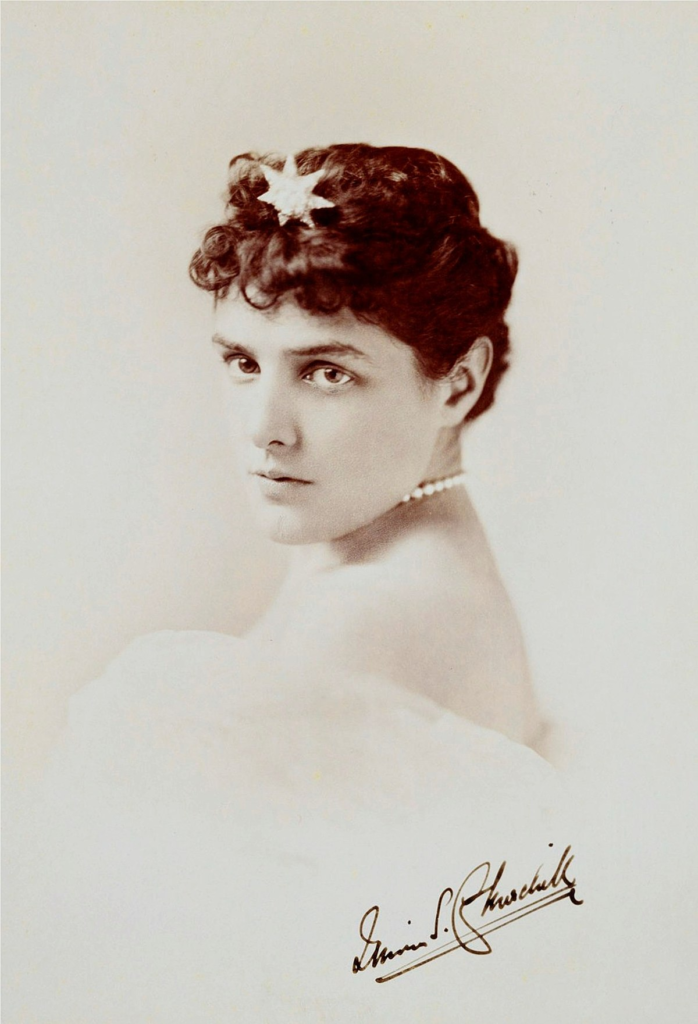
(the former Jennie Jerome)
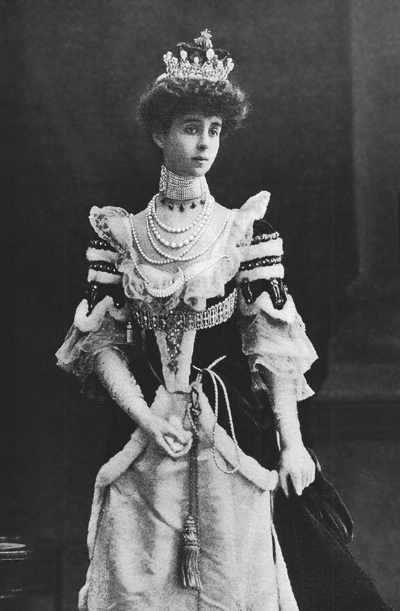
(the former Consuelo Vanderbilt)
Episode #56: Venetian Days: Henry James and Friends on the Grand Canal
A look at Venice in the late 19th and early 20th centuries and a view into a unique community of artists and writers that came to be known as the “Barbaro Circle” and which included the great American-born novelist Henry James.
Venice by the end of the 19th century had lost much of the glory it once had known. Crumbling palazzi, a bad economy and an overall sense of decay permeated the city. New writings published on the long-forgotten Venetian Renaissance painters and artists brought a new stream of visitors to the city including Henry James, John Singer Sargent and James McNeill Whistler among others.
American expatriate art connoisseurs such as the Dainal and Ariana Curtis and the great Isabella Stewart Gardner all made Venice a kind of home for a time. Much of the activity centered around the majestic Palazzo Barbaro on the Grand Canal which the Curtises bought and which became the scene of much entertaining and socializing among artists.
This episode takes a look at what the city meant to Henry James on his many visits since his first in 1869 when he was a young man to his last in 1907. In addition, the show considers what it meant to other artists and how they interpreted it amidst a fascinating, eccentric, educated community of people flowing into the city. We will take a look at the two great works in which James captured the city and this community, The Aspern Papers (1888) and The Wings of the Dove (1902).
Related episode: “Isabella Stewart Gardner and Her Museum: A Curated Life”
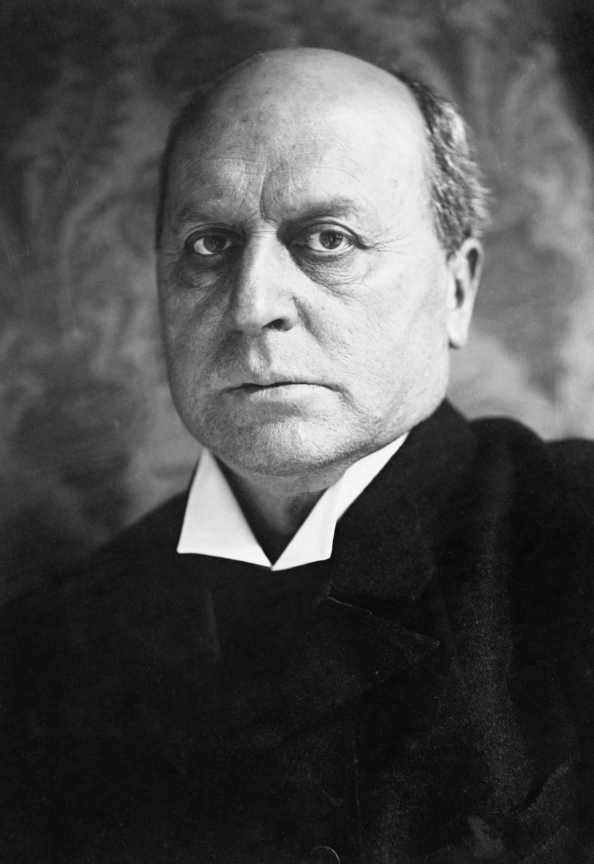
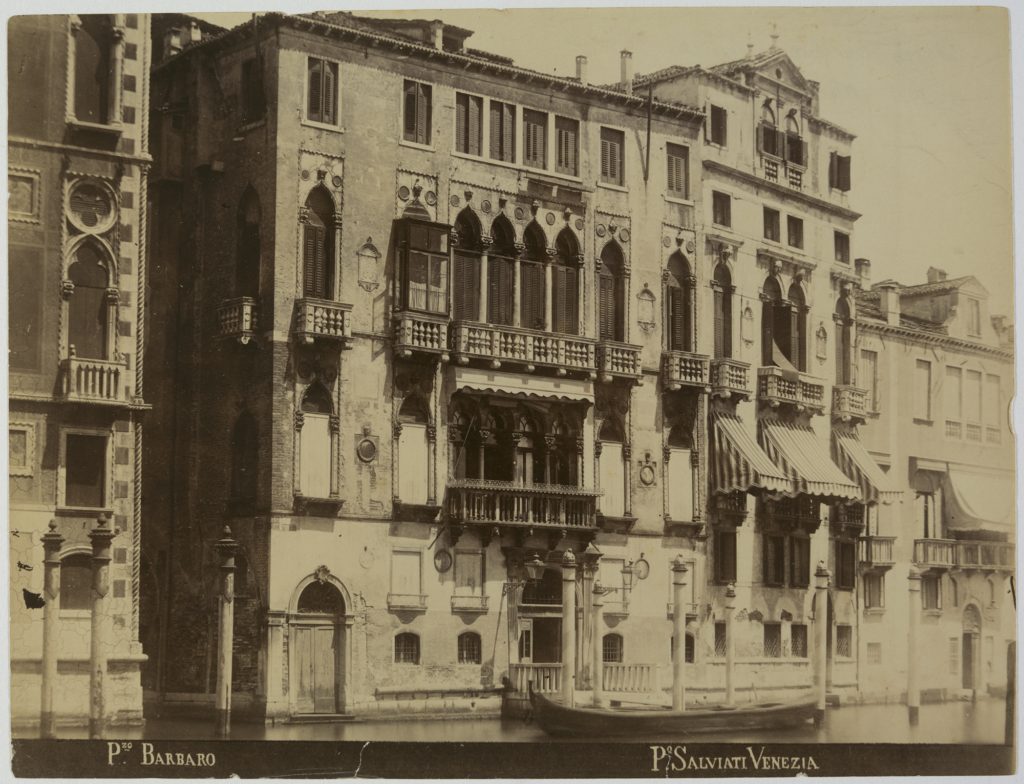
Episode #55: Monaco’s First American Princess (ENCORE)
As we continue our visit to the Riviera in the Belle Epoque, The Gilded Gentleman revisits one of our classic episodes to tell the little-known story of an American-born European princess.
Many people think that Grace Kelly became the first American princess of Monaco when she married Prince Rainier in 1956. The truth however is that decades before in the glittering years of the Belle Epoque, another American-born woman married a Monegasque prince and claimed that honor. Alice Heine was born in New Orleans to a French father and a mother with European as well as Southern roots.
Moving to Europe with her family when she was a child, she married a French duke at a young age. His untimely death left her a widow, but she caught the eye of Prince Albert I of Monaco who despite his family’s objections married her in 1889 making her his princess.
The story of Alice’s life as Princess of Monaco is a fascinating one which includes many famous names of the era such as the Prince of Wales the future King Edward VII. Among other efforts to modernize the principality, Alice devoted much of her time to raising the cultural prestige of Monaco and Monte Carlo. Her marriage faltered due to infidelity on both sides and following a dramatic incident discussed in the show, Alice abruptly left Monaco in 1901 never to return. Her influence and spirit as a strong, determined woman with American Southern roots can still be felt today.
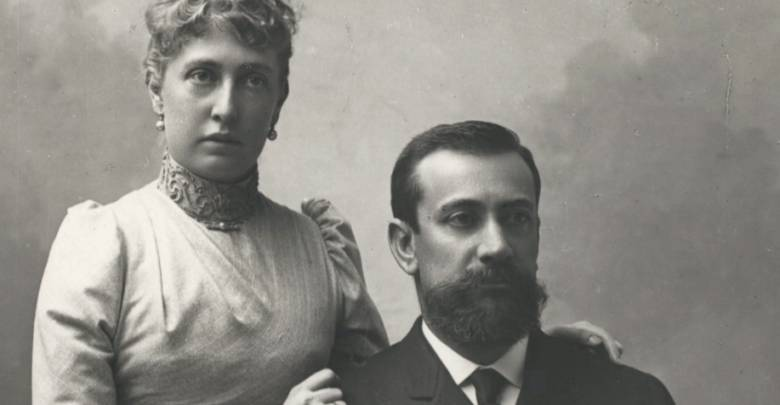

Episode #54: The French Riviera: Tales of Royals, Rascals and Rothschilds
A glittering, glamorous look at the history of the French Riviera and its height in the years of the Belle Epoque — where not everything was always quite as it seemed.
Originally popular as a warm weather destination for convalescing British aristocrats, the rocky, dramatically beautiful eastern coastline of southern France, the Riviera and its resorts of Cannes, Nice and Monte Carlo, have been populated with the rich and the royal. It was also a good place if one just wanted to hide out. In many ways, it was a place where anyone could be anyone they wanted to be — as long as they looked the part. Queen Victoria discovered Nice and its neighboring region beginning in 1882 and made it her winter home for many years.
Wealthy aristocratic families such as the great Rothschild banking family found it too and in this episode, we spend time with two unique Rothschild ladies.
For many movie fans, the Riviera will always remain as it appeared in Hitchcock’s 1955 film “To Catch a Thief” and indeed this episode includes the story of one particular real-life jewel thief with a surprising identity who preyed upon the wealthy in the Belle Epoque.
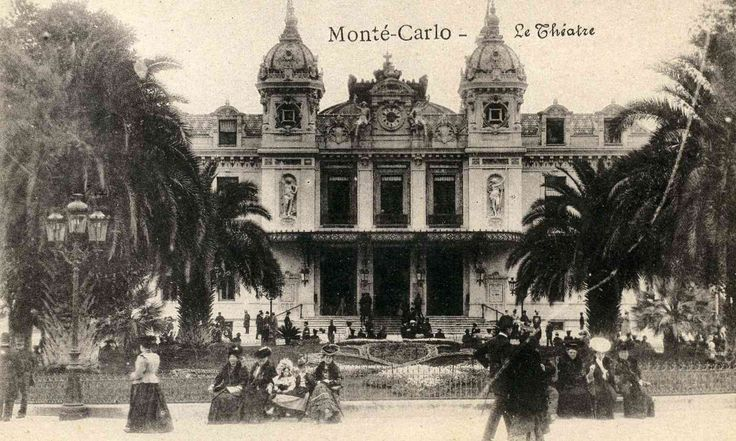
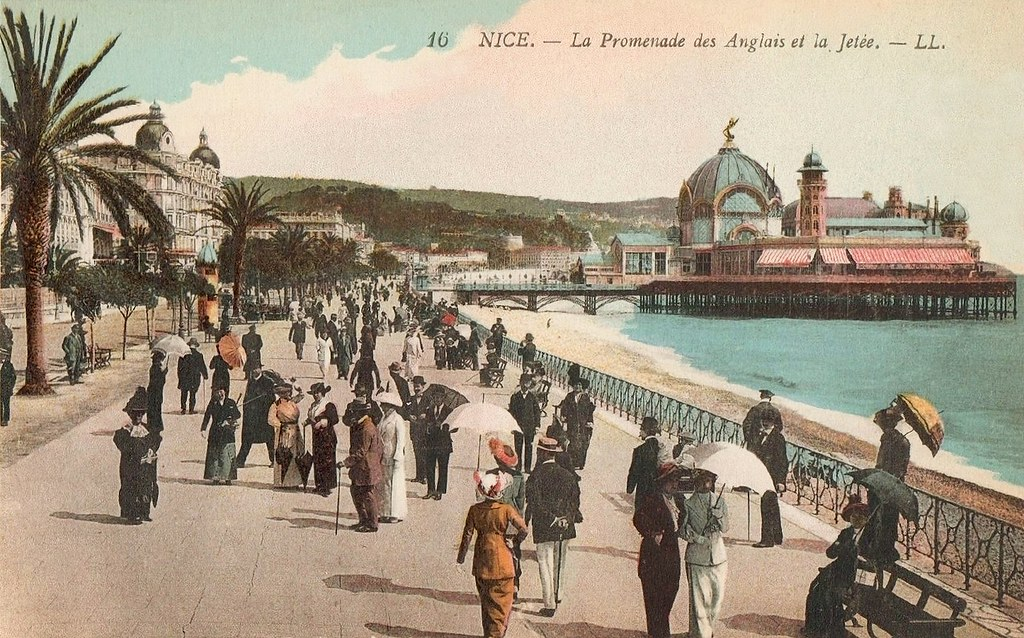
Episode #53: In the Good Old Summertime: Where the Gilded Age Played
Join returning guest, Esther Crain, author and creator of Ephemeral New York for a look at how New Yorkers stayed cool on summer days in the Gilded Age.
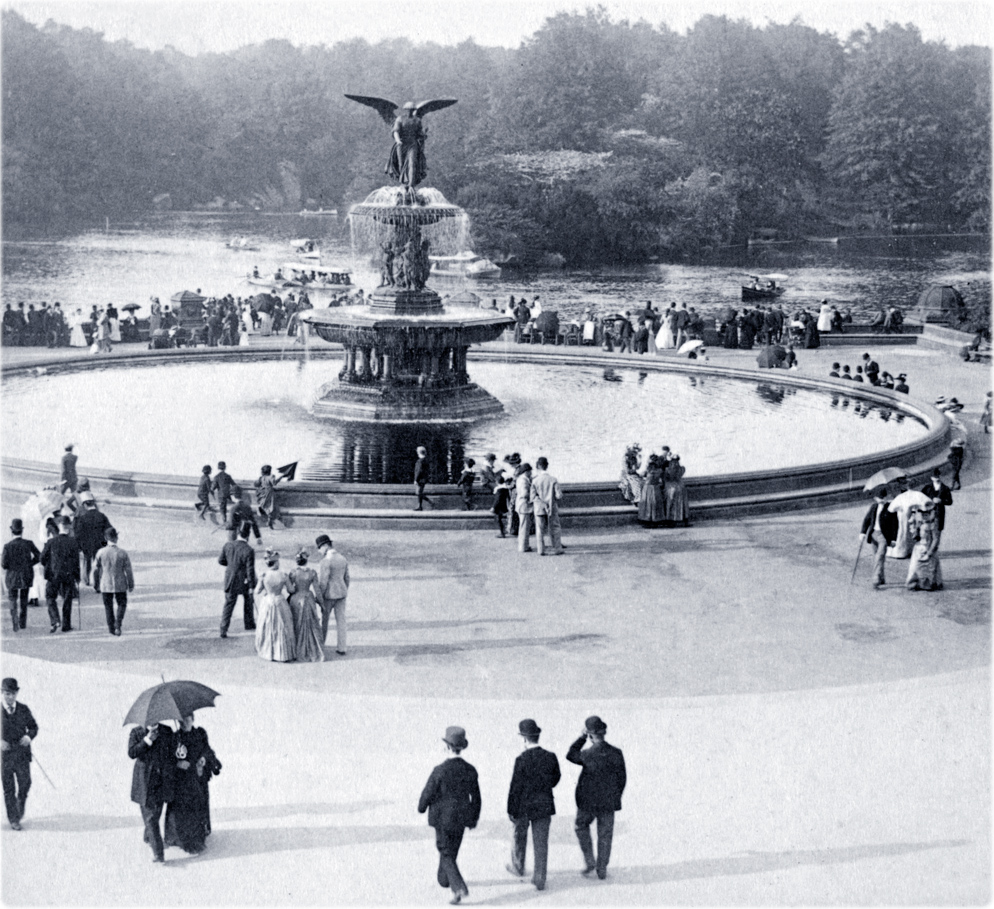
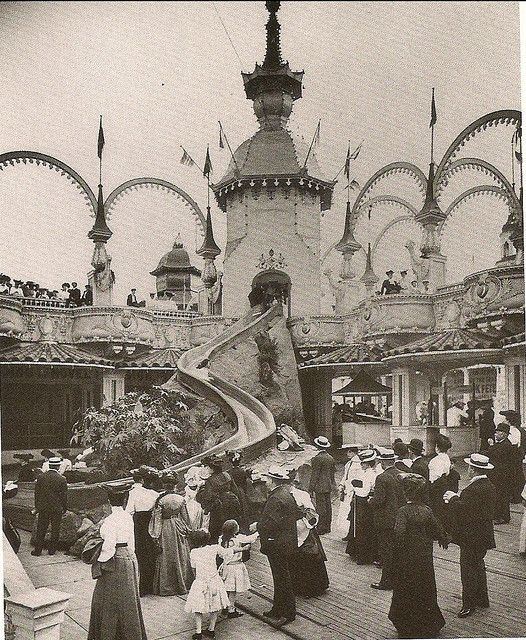
Episode #52: The Glamour of Gilded Age Shopping ENCORE
As a special summer bonus, join me for an encore of this classic Gilded Gentleman episode.
Be sure to wear your best hat and dust off your gold-topped cane for this very gilded shopping trip.
Join me and my guest Emma Guest-Consales, PhD art historian and master New York City tour guide for this special look at the evolution of shopping in 19th-century New York and just how revolutionary some retailers were in the Gilded Age. Emma takes us on a virtual visit to Ladies Mile, the elegant shopping thoroughfare along Broadway as well as for a look at several of the great cast iron shopping emporiums such as Siegel Cooper and Stern Brothers. Many of the standard elements of a retail experience such as end-of-season sales, good customer service, merchandise displays and even everyone’s favorite pastime, window shopping were revelations in the 19th century and this episode will delve into just how it all came to be.
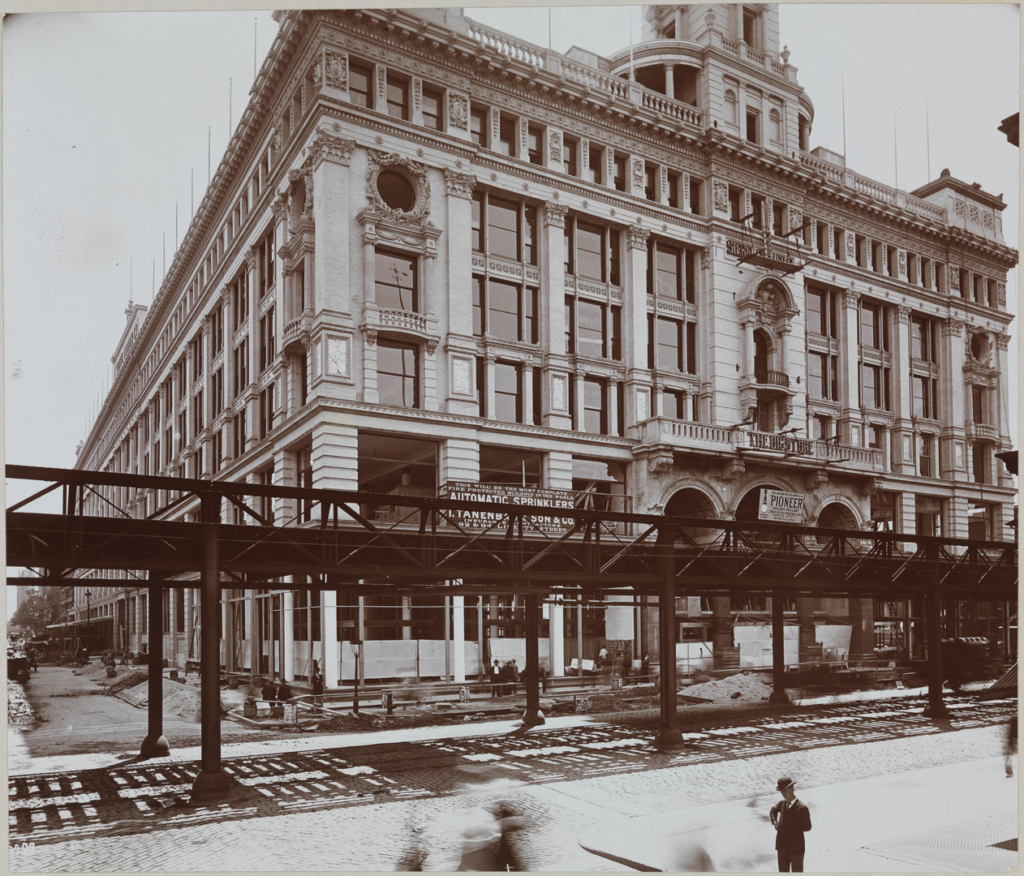
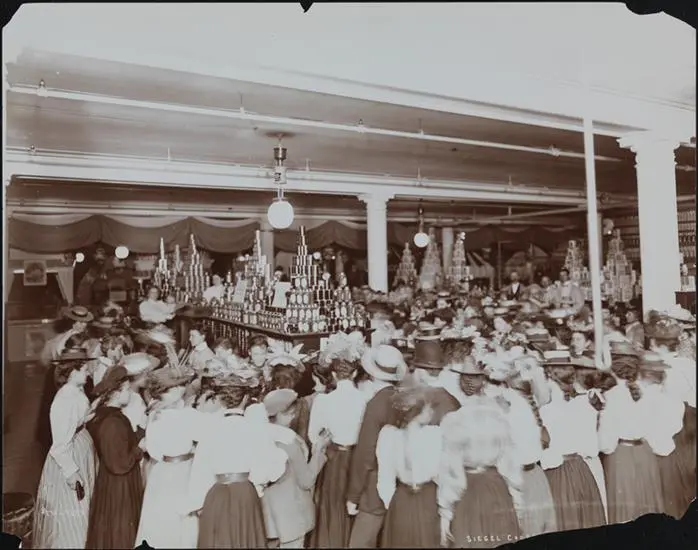
Episode #51: The Golden Age of Gilded Age Cocktails
Join returning guest Don Spiro for this elegant and classy journey through the 19th century and find out just how the cocktail developed and how so much of what we love about fine cocktails today actually began in the Gilded Age.
To celebrate a special occasion even if it’s just a typical Tuesday, there is nothing like a finely crafted cocktail to enhance the experience. While many think that so much of what we think of classic cocktail history began in the Jazz Age in the 1920’s (even though America was in the middle of Prohibition), the truth is that much happened about fifty years before in the Gilded Age.
Vintage beverage specialist Don Spiro takes listeners through the history that includes just when a mixed drink began to be called a “cocktail”, what the very first cocktail actually was, and most importantly, how the great Gilded Age hotels like New York’s Waldorf and the Hoffman House contributed to cocktail history. Don shares some of his favorite vintage cocktails, his favorite vintage cocktail books and stories of some of the most famous and influential celebrity bartenders. You’ll hear the histories of some of today’s favorites including the Manhattan, the Martini, the Daiquiri and, as a special bonus, Don has created a brand new cocktail — The Gilded Gentleman. Join us to find out just what’s in it and how you can make it at home!
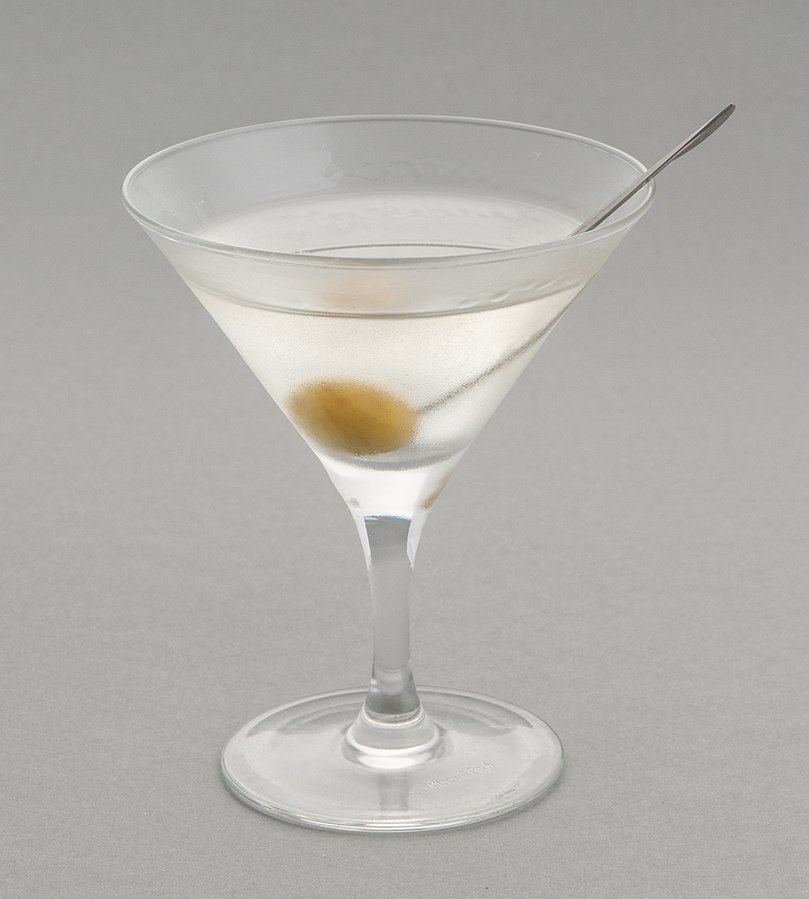
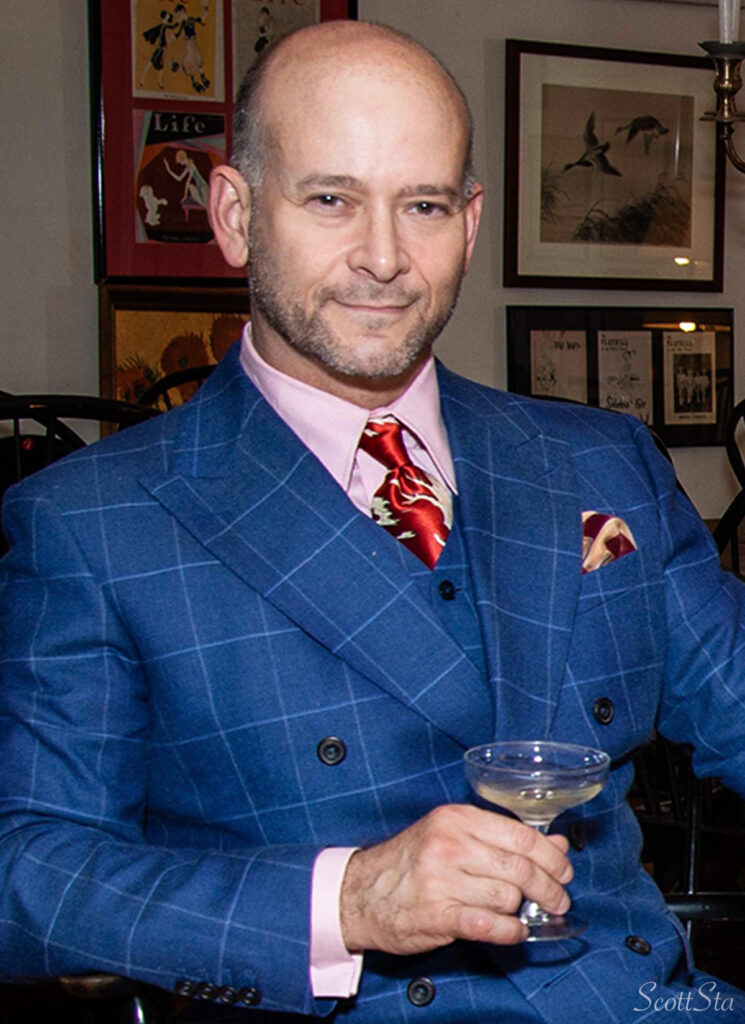
Episode #50: Whitman and Wilde Part 2: Oscar Wilde in New York, 1882
In this second part of our special celebration of this month of Pride, The Gilded Gentleman moves the story ahead to the height of the Gilded Age and the arrival in New York of another brilliant and talented poet and writer, Oscar Wilde.
When Oscar Wilde arrived in New York in January of 1882, one of his most important intentions was to meet the great Walt Whitman, over 30 years older than Wilde, and whom he had idolized since his youth. The two poets met and in this show, we expand on what that meeting would have been like, how each writer influenced the other, and what perhaps did and didn’t happen. But the story is larger than that, this special show, with noted Wilde scholar and expert John Cooper takes a look at the New York Wilde met upon his arrival and just why and how this 27-year-old Irish poet charmed them and began to develop his own unique brand of celebrity. In this insightful conversation, John guides listeners on a journey to discover just who Oscar Wilde was at the point in his life and career, how he and the city of New York interacted with each other — and just how Oscar would likely have defined and described his own much debated sexual identity.
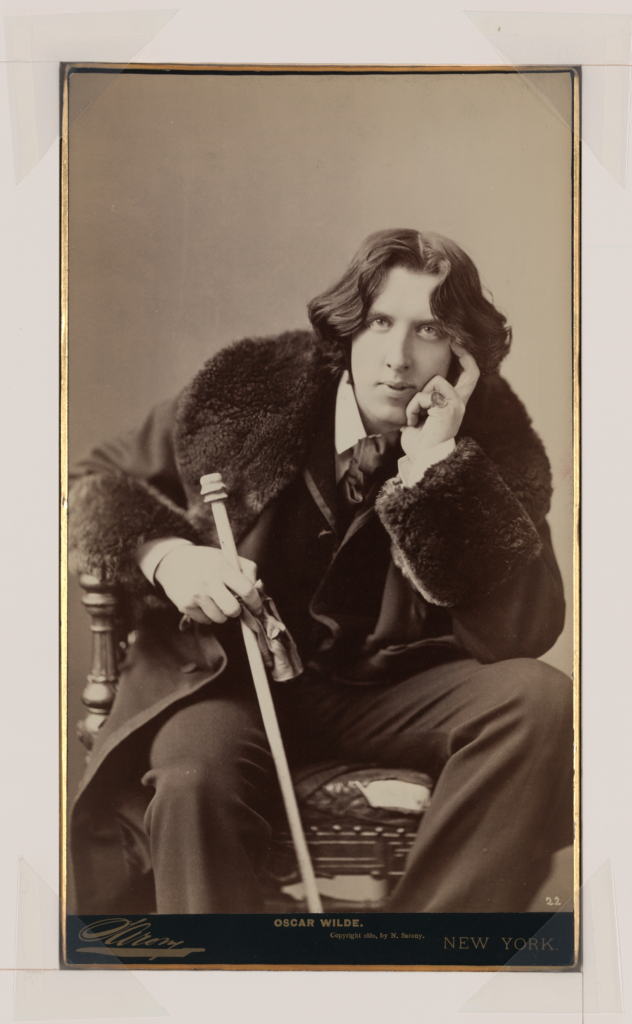
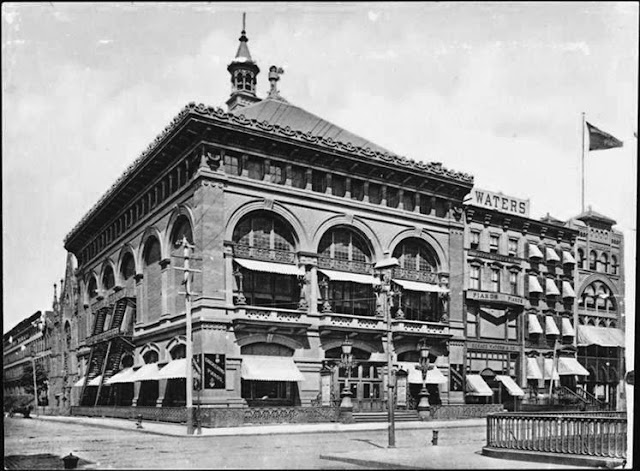
Episode #49: Whitman and Wilde Part 1: Walt Whitman in New York, 1855
In celebration of this month of Pride, this two-part show takes a look at two revolutionary writers, Walt Whitman and Oscar Wilde, a surprising meeting they actually had, the times in which they lived and the city of New York and how it inspired them to move onto great fame and celebrity.
The New York world the Walt Whitman knew as a young man in the 1850’s was really two cities — that of New York which was only today’s Manhattan and the growing Brooklyn across the East River. These two cities in the midst of pre-Civil War and pre-Gilded Age development inspired the young Whitman to give voice to a new America and new experience. In this first episode, guest writer and historian Hugh Ryan (“When Brooklyn Was Queer”) talks about just how revolutionary Whtman’s “Leaves of Grass” was, and just how Whitman would have defined his same sex attractions which had not yet evolved into the concepts of sexuality and gender identification we know today. This unique episode includes a look at the New York and Brooklyn that Whitman knew, what it meant to him and Hugh contributes his own perspective and insight into just what that famous meeting between the older Whitman and the younger Wilde years later might have been like.
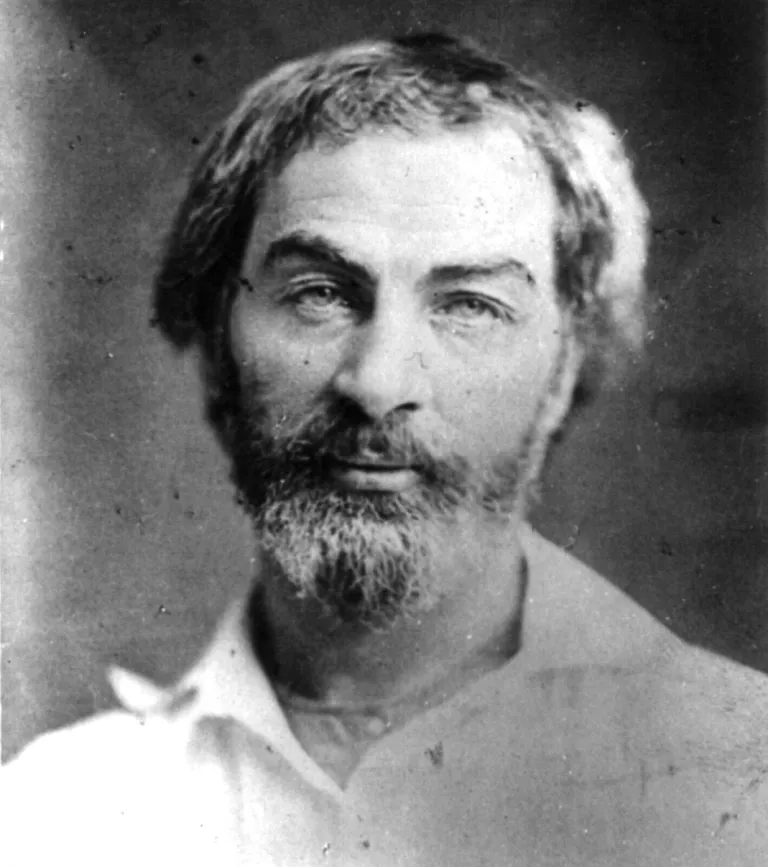
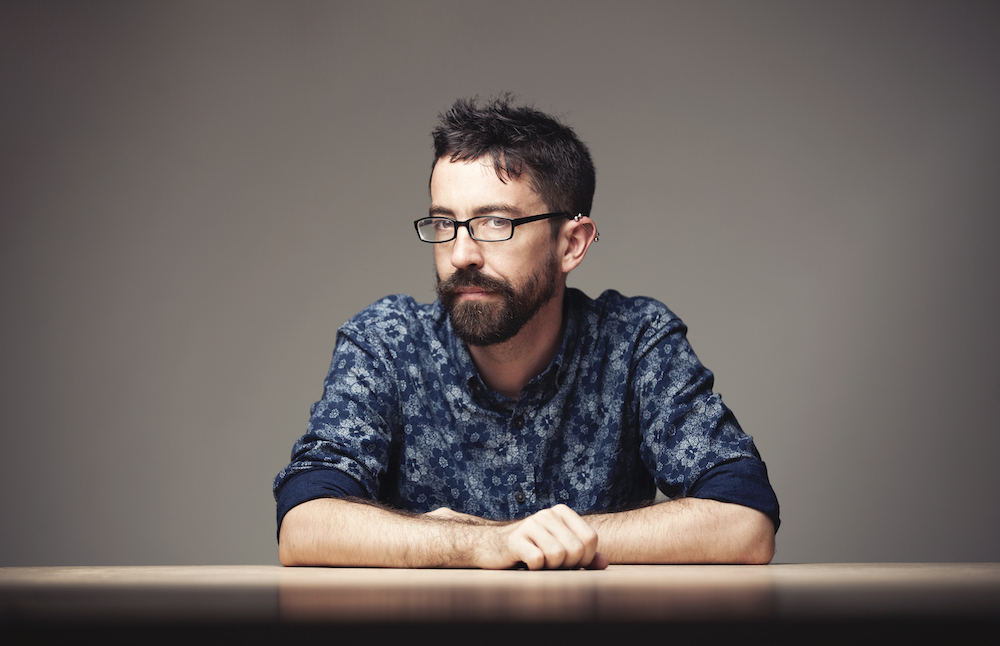
Episode #48: Architect of the Gilded Age: The Triumphant Tale of Richard Morris Hunt
A special bonus episode from the Bowery Boys archives! Join Tom and Greg for an in-depth look at the architect that, as some have said, gave the Gilded Age its look.
In the years before the great firm of McKim, Mead and White with its star architect Stanford White, another American-born and Paris trained-architect was translating European style with uniquely American taste. Richard Morris Hunt was one of the very first to establish architecture as an art form and his work included such iconic structures as the base of the Statue of Liberty, the grand facade and entrance hall of the Metropolitan Museum of Art as well as mansions for Mrs. Astor and the Vanderbilts.
Join Tom and Greg for this uniquely fascinating look at Hunt’s life and influence and how he brought a refinement and sense of art into American architecture.
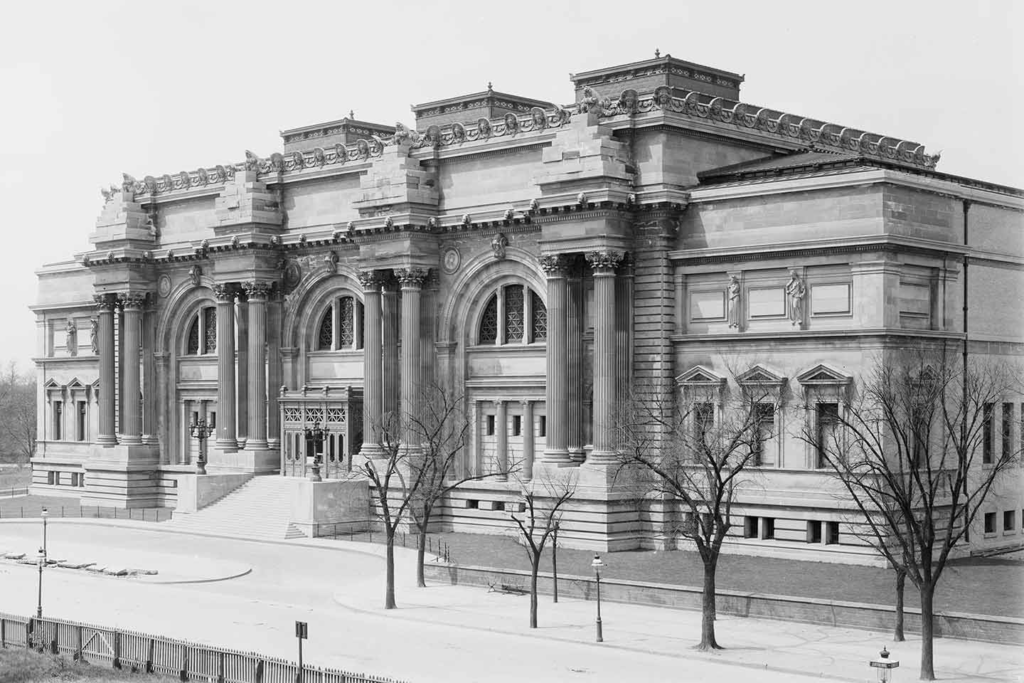

Episode #47: Before Broadway: Where the Gilded Age Went to the Theater
A look at New York’s theater world before Broadway theater became what we know it to be today. Tim Dolan, theater historian and theater district tour guide (owner of Broadway UpClose) takes us on a journey back in time to look at theater in the Gilded Age including the shows, the stars and particularly some theaters that those glittery audiences once saw and that we can still see today.
Through most of the 19th century, New Yorkers thought of Broadway as a street, not a term that meant great theater or even a theater district. This episode takes a look at what theater was like in the late 1800’s and early 1900s just as the world of Times Square was beginning and which included some famous shows like Floradora and the beginnings of the Ziegfeld Follies. Tim discusses some famous performers such as the star Lillian Russell and the fascinating Julian Eltinge. We look at a few theaters still playing to full houses from that time — the Hudson, the Lyceum, the New Amsterdam and the Belasco — and a couple of those, it could be said, may contain a few ghosts of the past that continue to wander the halls.
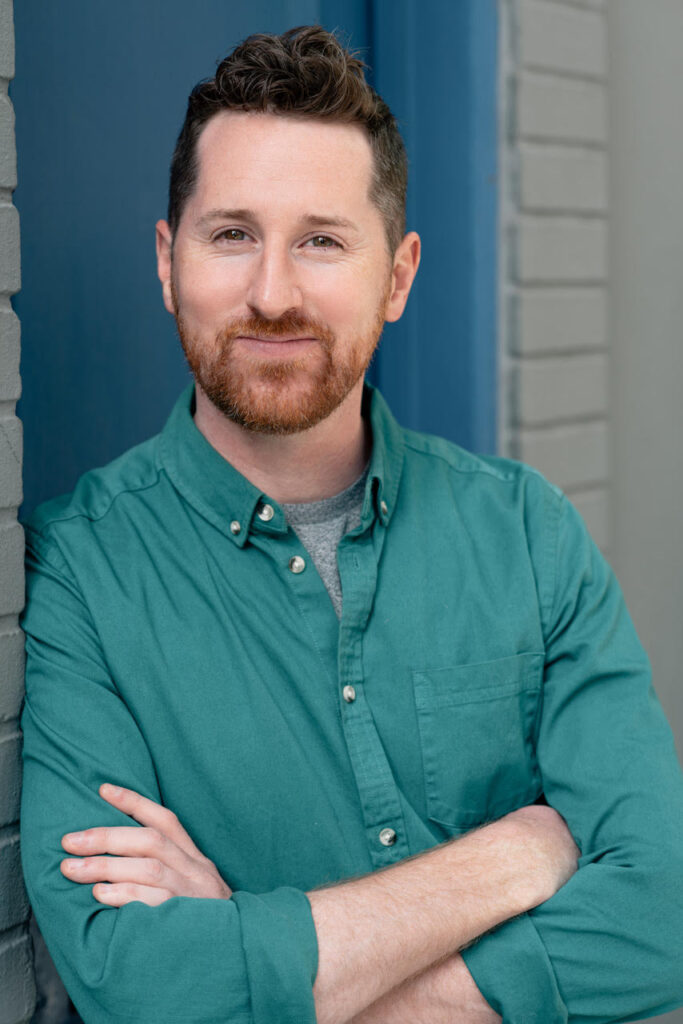
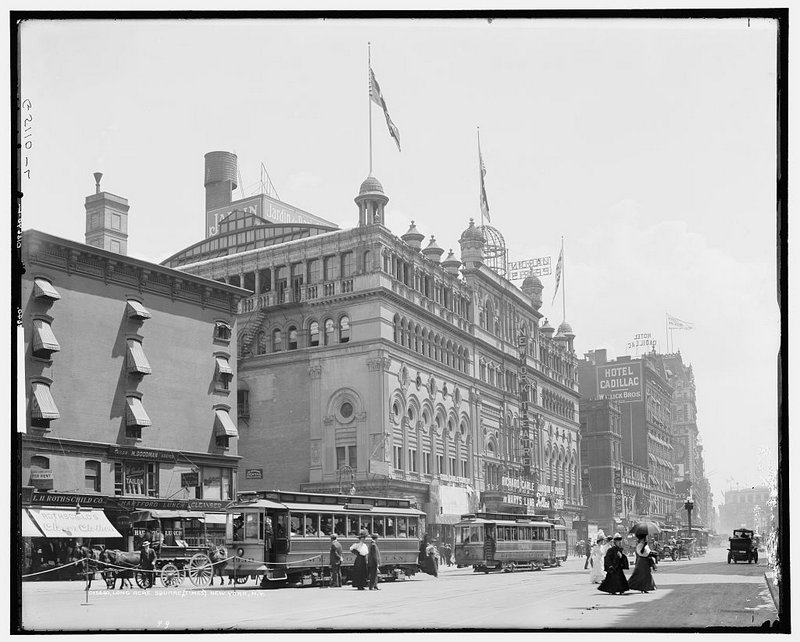
Episode #46: Crown & Sceptre: The Coronation Show with Tracy Borman
Take a fascinating journey back in time to revisit a few British royal rulers past and present with an intimate look at their reigns as well as at their majestic coronations. British author and historian Tracy Borman joins The Gilded Gentleman for this unique look at history based on her book “Crown & Sceptre: A New History of the British Monarchy from William the Conqueror to King Charles III”.
In this second part of our coronation celebration, historian and author Tracy Borman, joint Chief Curator of Historic Royal Palaces takes us into the world of the Tudors to discuss just what Henry VIII and his chief minister Thomas Cromwell were really like. We move on to the glorious rule of Elizabeth I whom Tracy says “makes us fall in love with queens”. Entering the 19th century, we look at the world of Queen Victoria and the Prince of Wales who became Edward VII. Tracy gives us a look at each of these monarch’s coronations and surprisingly how they compare to that of King Charles III.
If you are a royal watcher or lover of British history, don’t miss this show – we end the episode with a discussion of just how the current monarchy fits into the long line of history.
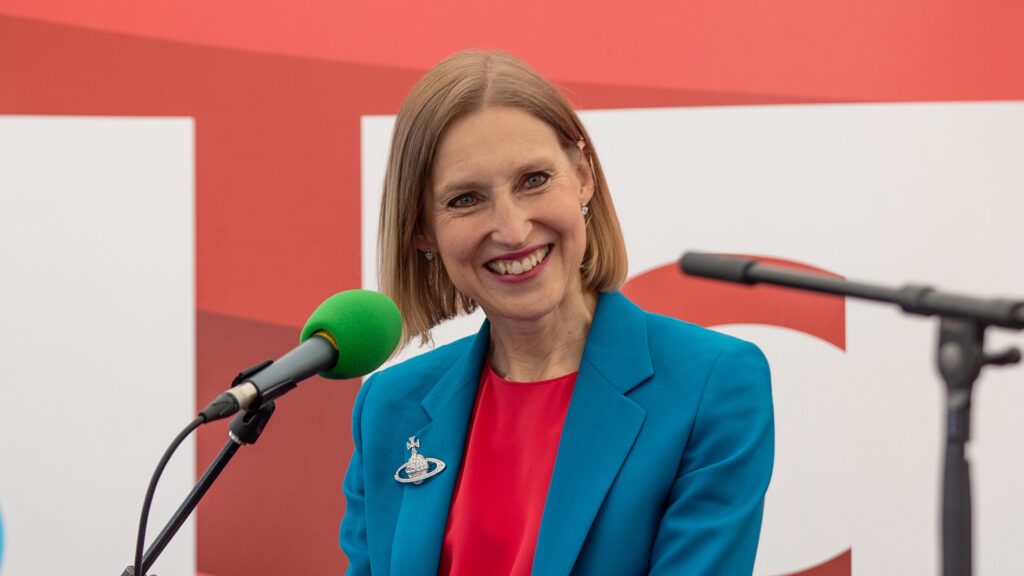
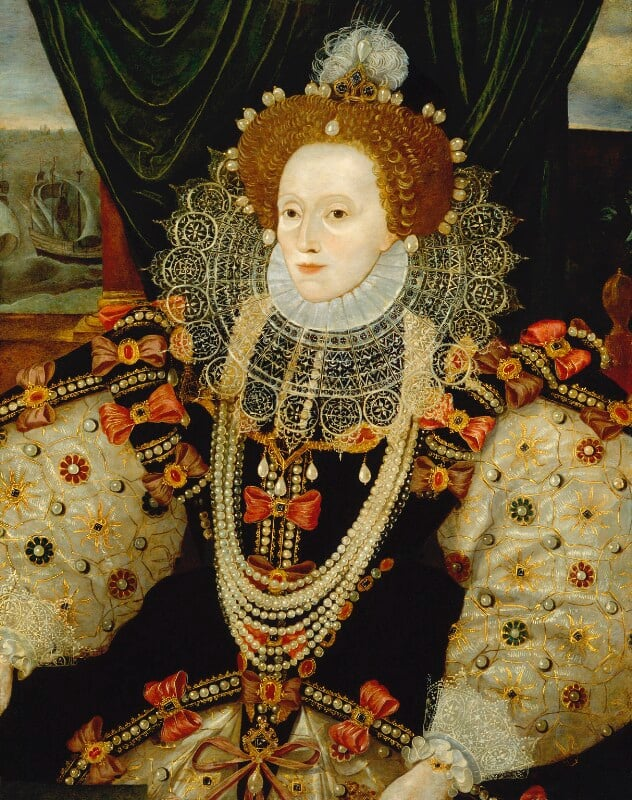
Episode #45: The British Crown Jewels: History and Mystery
In celebration of the coronation of King Charles III, this first of two very special shows delves deeply into the history of the Crown Jewels from where they came from to what we see today.
Join Carl and historian and curator, Curt DiCamillo for a fascinating look deep into the history of the British Crown Jewels. Curt shares the history of the crowns and jewels including a discussion of the oldest (and newest!) pieces in the collection. The show includes an intriguing look at how crowns likely first came to be in royal history and how they have evolved in shape and decoration from medieval times to the present day. The crowns we see today feature an extraordinary array of precious gemstones which contain stories both light and dark of how they entered the collection. This show will be the perfect preparation for those watching the upcoming coronation to understand just what those attending and those watching around the world may actually see.

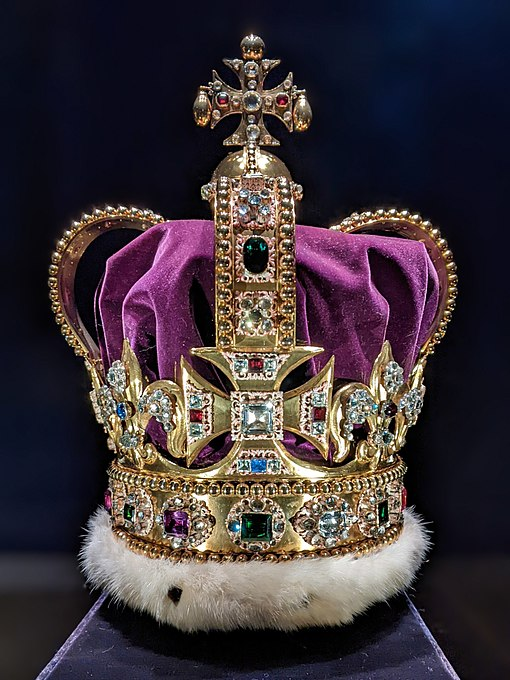
Episode #44: Gilded Age French Fashion: The House of Worth and Beyond
An in-depth look into the world of French couture fashion during the Gilded Age with author Elizabeth Block.
The world of couture designers during the Gilded Age and the Belle Epoque went far beyond just the designers themselves. Houses such as Worth, Doucet and Paquin and many others created the stunning gowns and dresses worn by both Europe’s and America’s moneyed elite. But, the network of milliners, hairdressers, perfumers and even shippers and tax agents all made up the larger network that created this uniquely interdependent world. Author Dr. Elizabeth Block (Dressing Up: The Women Who Influenced French Fashion, MIT Press) takes us deep into the Parisian fashion world of the late 19th century for a unique and fascinating look to see just how these fashions were made, how much they really cost, how they were sold, and how they were shipped back to mansions of Fifth Avenue. Discover why the House of Worth is the most well-known today as well as some of the contributions of houses lesser known today such as Maison Felix.


Episode #43: Chasing the Gold: A Gilded Age Tour Up Manhattan
Guest historian and tour guide Keith Taillon takes listeners on a journey explaining how key Gilded Age neighborhoods became established and grew.


Episode #42: Fighting Poverty with Her Pen: Gilded Age Journalist Zoe Anderson Norris
Arriving in New York in the early years of the 20th century, journalist and novelist Zoe Anderson Norris passionately devoted her time and her talent to uncovering the world of the Lower East Side to do what she could to bring about acknowledgment of living conditions and to effect social change.
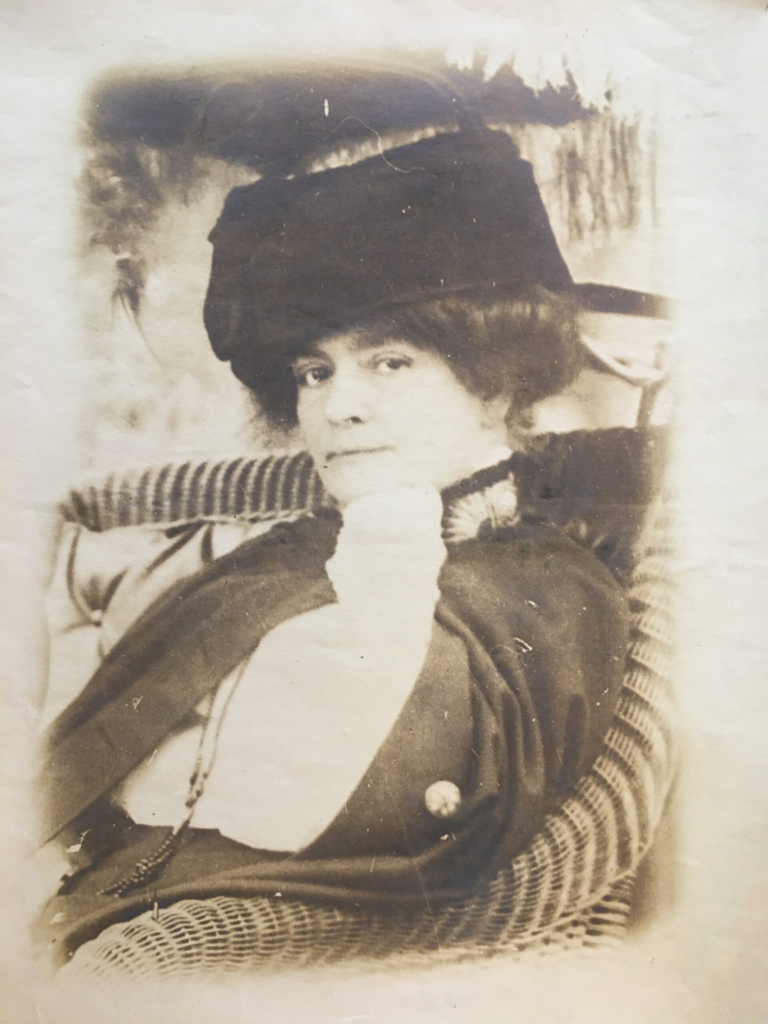

Episode #41: Sweeney Todd’s Victorian London and a Chat with Broadway’s Sarah Rice
A look at the historical origins of the tale of Sweeney Todd and a very special conversation with Sarah Rice who starred in the original 1979 production of the Sondheim musical in the role of Johanna.
As the famed “demon barber of Fleet Street” gets ready to flash his razor and do his deeds once again in a new Broadway production, The Gilded Gentleman goes back in time to the early years of London’s Victoria era to look at just how Sweeney Todd and his tale came to be. Born in the world of the sensational and gruesome stories of the “penny dreadfuls“, Sweeney Todd and his story were quite different from what theatre audiences know today.
The episode features a very special treat — an interview with Sarah Rice who created the role of Joanna, Sweeney Todd’s daughter in the original 1979 Broadway production. Sarah shares what it was like to get the role, how she went about creating the character, and most of all, what it was like to work with extraordinary colleagues such as Angela Lansbury, Len Cariou, and of course, Stephen Sondheim and Hal Prince themselves. In the interview, Sarah shares the most important lessons she learned from Stephen Sondheim and Angela Lansbury in particular.
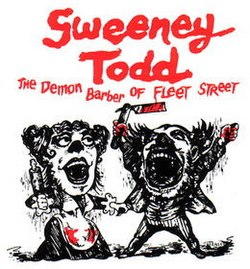

Episode #40: The Art of Hooking Up: Great Courtesans of 19th Century Paris
A look into the public and private worlds of the 19th-century Parisian courtesan and an exploration of three of the century’s most famous.
They were beautiful, elegant style makers. They were also savvy, shrewd businesswomen who, in one way or another, practiced the world’s oldest profession. They were the courtesans of 19th-century Paris. In this show we take a look truly behind the glitter and the gold to see what lives lay behind the opulence, elegance and sophisticated style that courtesans showed to the world. For many of these women, their exuberant public images hid lives of pain, sadness and abuse.
In addition to a look at just what a courtesan’s world was like, we delve into the lives of three of the most famous during 19th century Paris — Marie Duplessis who went on to be immortalized in literature, opera, theatre and film, Cora Pearl, an English beauty who counted royalty among her lovers and Liane de Pougy, a performer at the Folies Bergeres who left the world of the courtesans for an unexpected new chapter later in her life.
From the boxes at the Opera to the gambling halls of Monte Carlo, this episode takes you into a world where much more of the story lay far beneath the surface.
Related Episode: “Edith Wharton’s Paris” Episode #35
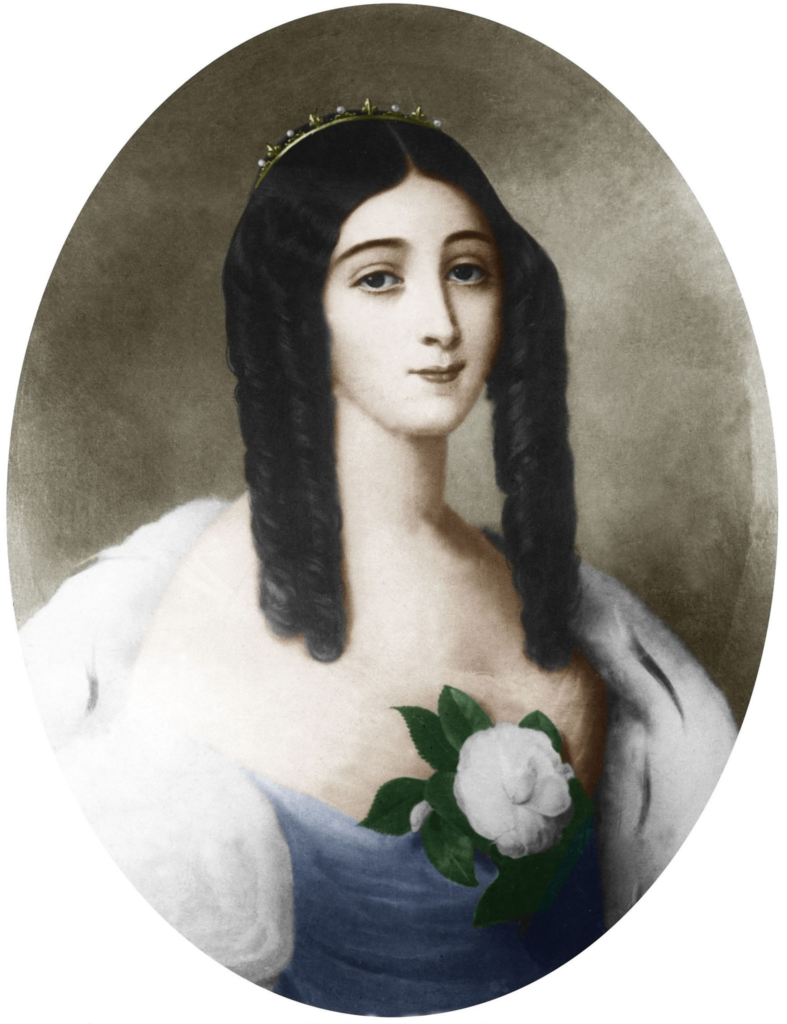
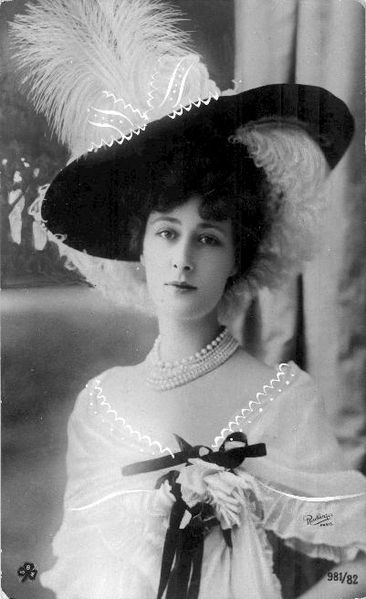
Episode #39: Gilded Age Silver: All That Glittered Wasn’t Always Gold
Antique silver specialist Ben Miller, host of the podcast Curious Objects joins The Gilded Gentleman for a tour through the 19th century looking at silver making and design including the revolutionary influence of Tiffany & Company.
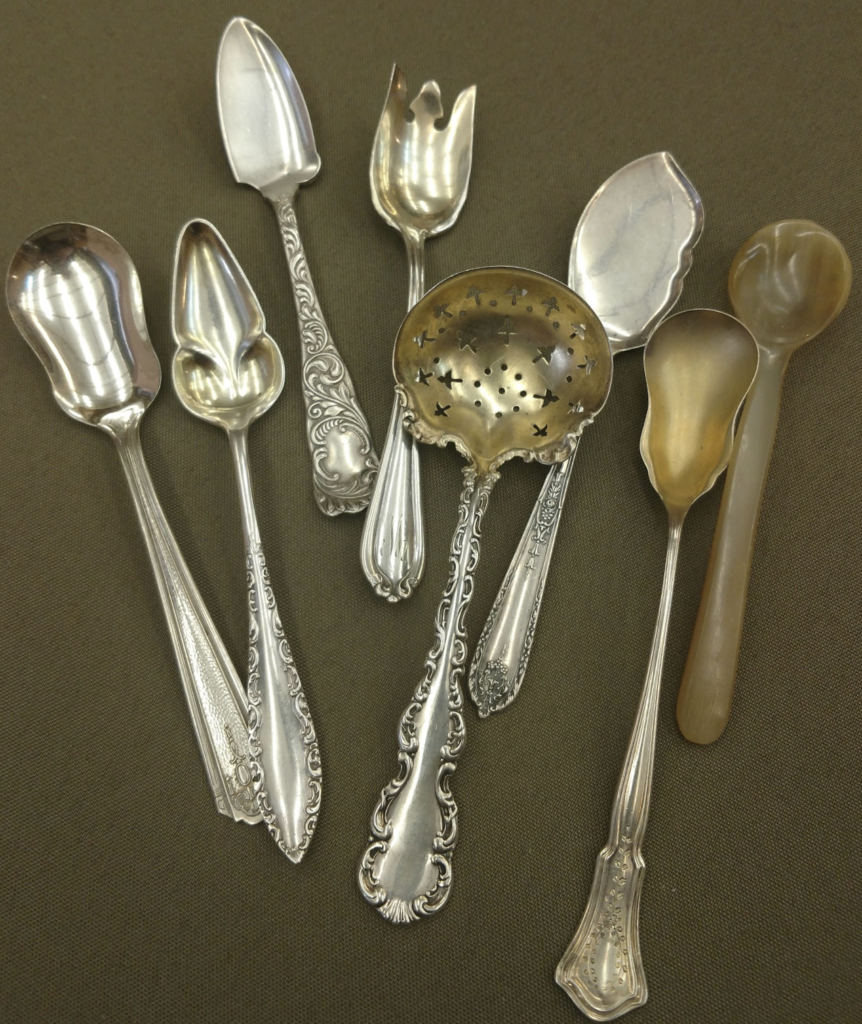
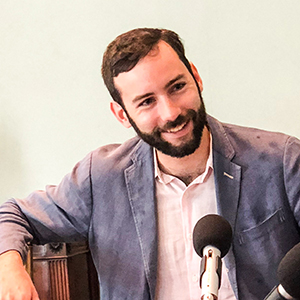
Episode #38: Isabella Stewart Gardner and Her Museum: A Curated Life
In celebration of a new biography of Isabella Stewart Gardner by Diana Seave Greenwald, this show focuses on the life of one of the Gilded Age’s most passionate art collectors and the creation of one of the most extraordinary American museums.

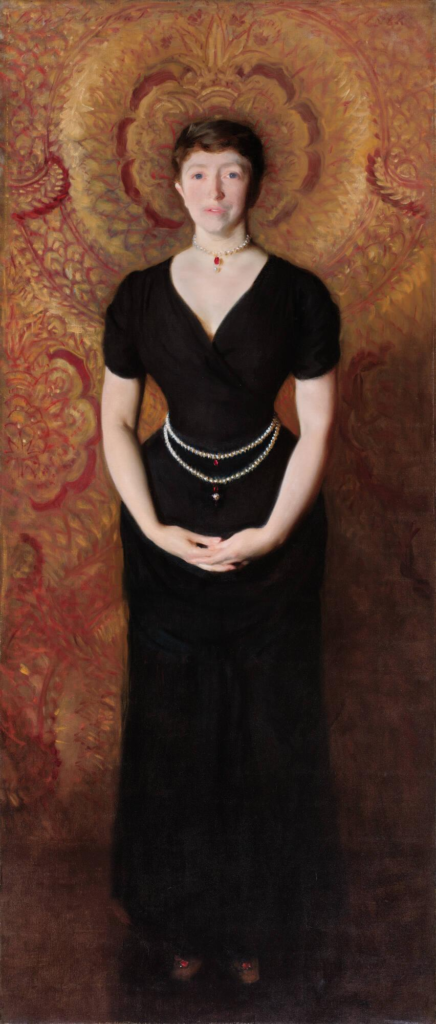
by her friend John Singer Sargent 1888
Episode #37: The Bradley Martin Ball 1897: The Gilded Age’s Greatest Party
Of all the balls and parties thrown during the Gilded Age, the extravagant evening hosted by Bradley and Cornelia Martin at the Waldorf in 1897.

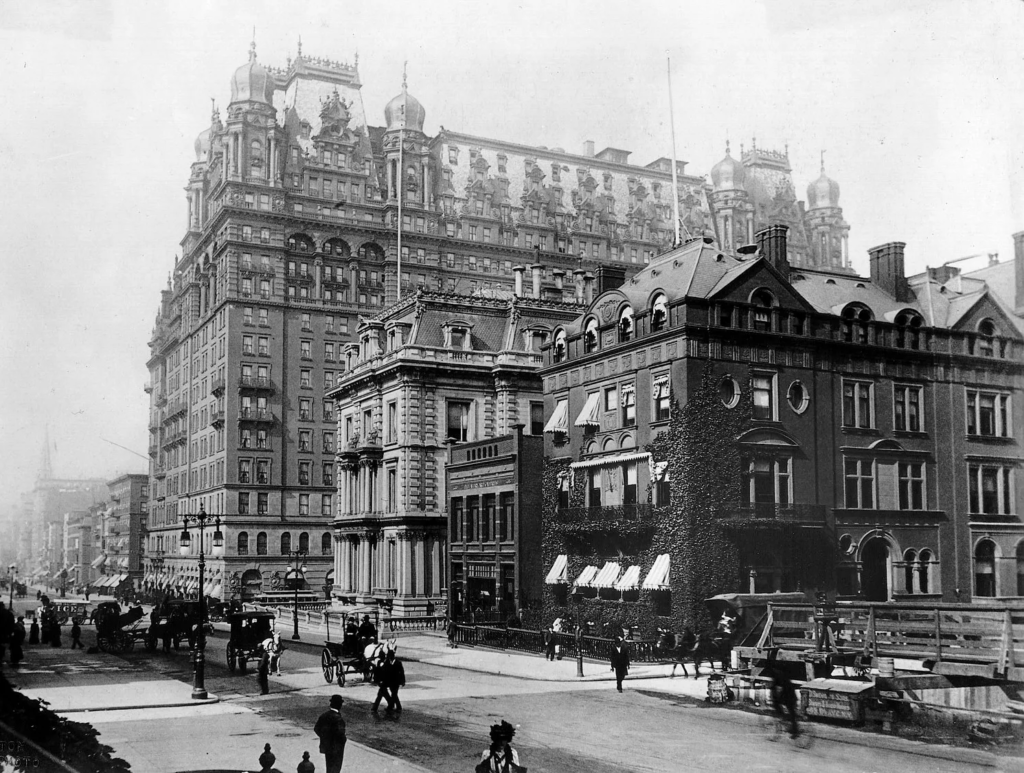
Episode #36: Having a Ball: The Gilded Age’s Most Outrageous Parties
An in-depth look at some of the Gilded Age’s grandest evenings from the almost regal to the absolutely ridiculous.
It’s an undisputed fact that the Gilded Age was an era (to some) of unbridled excess — provided one had the money of course. Those with a place in society and those that wanted it were locked in a battle to see who could climb higher up the social ladder and exert a greater influence on just what made up a new emerging “American aristocracy”. The grand ball was in many ways, the battlefield on which these social skirmishes were enacted. In this show, we’ll take a look at just what going to the ball meant in the Gilded Age (whether you were invited or not) and just what it was like once you got there. The show delves into several of the Gilded Age’s most famous balls from Alva Vanderbilt‘s costume ball of 1883 to Mrs. Astor‘s annual Opera Ball to the ultimately disastrous ball thrown by James Hazen Hyde in 1905. We’ll look at the fashion and the jewels and share some examples of what happened when it all went careening off the rails.
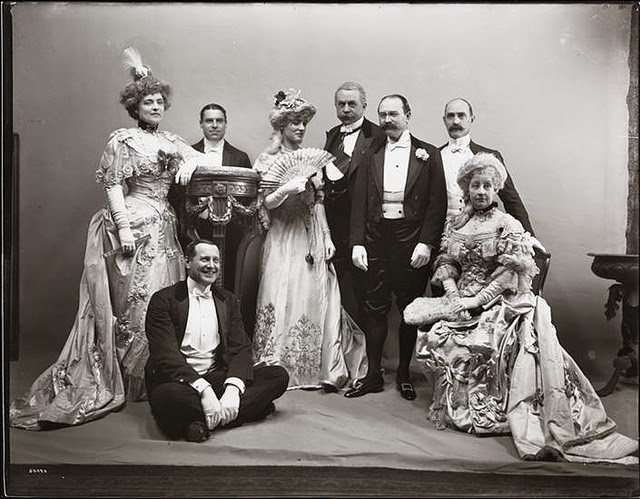

Episode #35: Dandies: Gentlemen of Style from the 19th Century to Today
The evolution of the “dandy” from the days of England’s Regency and Victorian periods on to today’s modern men of style.
Just what is — or was — a dandy? Many recall that the early 19th-century tastemaker Beau Brummell was thought of as a dandy with his meticulous style and certainly many think of Oscar Wilde as a dandy. But there were others including the French poet, Charles Baudelaire, thought of as the “dark dandy”. In this episode, Carl is joined by Natty Adams, author, journalist, maker of fine custom clothing, and a self-described modern dandy to take a look at just how dandyism evolved through the 19th century and created a revolution in not only fashion but as a broader philosophy as well.
This episode looks at what criteria can be used to define a dandy whether in the past or the present using the classic examples of Brummell and Wilde and more modern gentlemen who challenge style and society’s expectations.

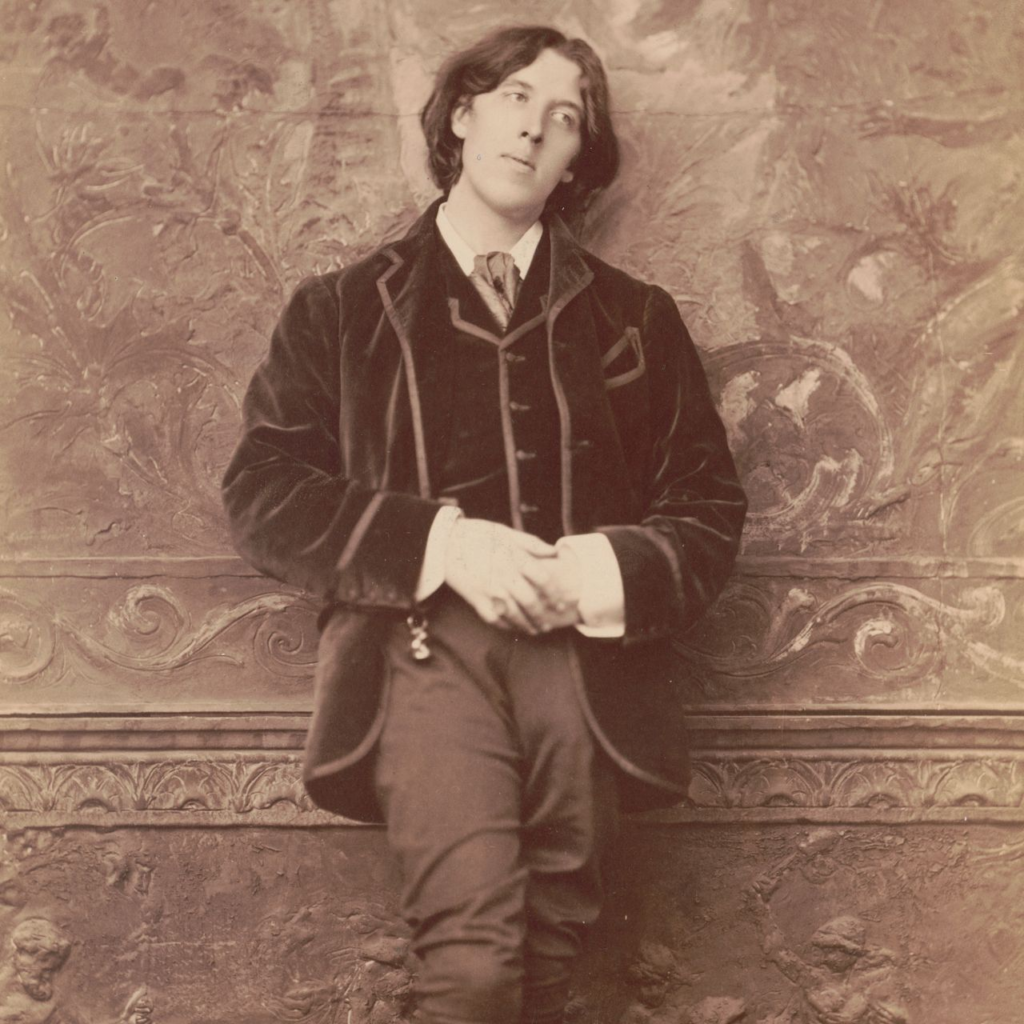
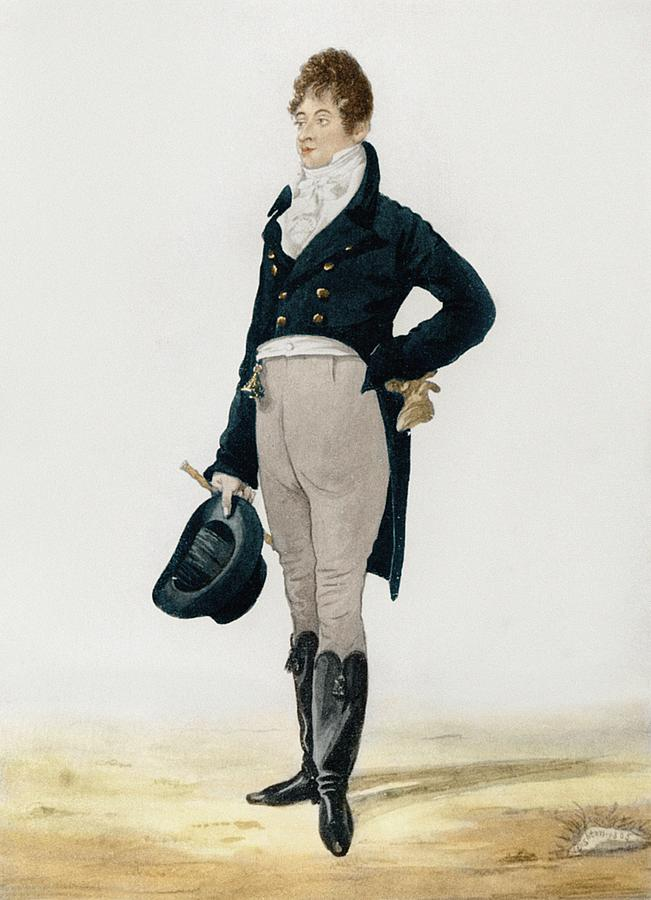
Episode #34: Edith Wharton’s Paris
A unique look at the City of Light and what it meant to Edith Wharton both as a writer and as a creative woman.
In celebration of Edith Wharton‘s birthday on January 24, The Gilded Gentleman takes a look at a very special part of Wharton’s life — her life in Paris. Edith Wharton knew Paris from her childhood and certainly made many trips there as a young married adult. But in her early 40’s, the city became something more for her — it became a place where she finally felt connected and grounded as a creative and artistic woman. And to her surprise, it was a place where she found romantic love with a man not her husband at a most unexpected time in her life.
This episode takes a look at where and how Wharton lived in her years in Paris — and why and how she ultimately transferred her life to France leaving her American life behind, except in her most famous fiction. We’ll take a look at Paris the city as well, and how it was evolving in the early years of the 20th century, and just who some of the most artistic spirits were at the time such as Marcel Proust and Andre Gide and who became Wharton’s most influential mentors and friends.
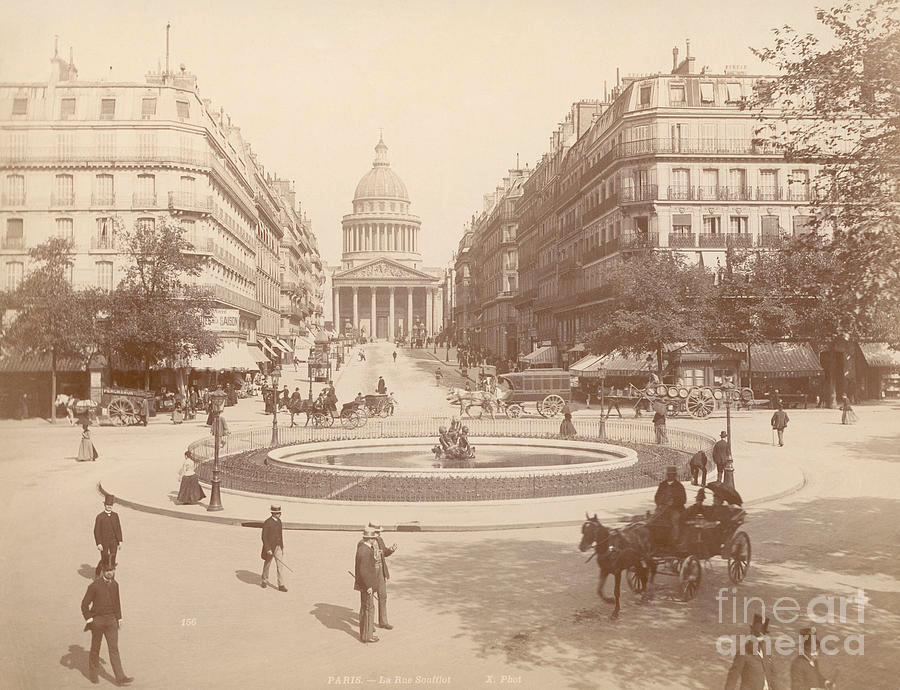
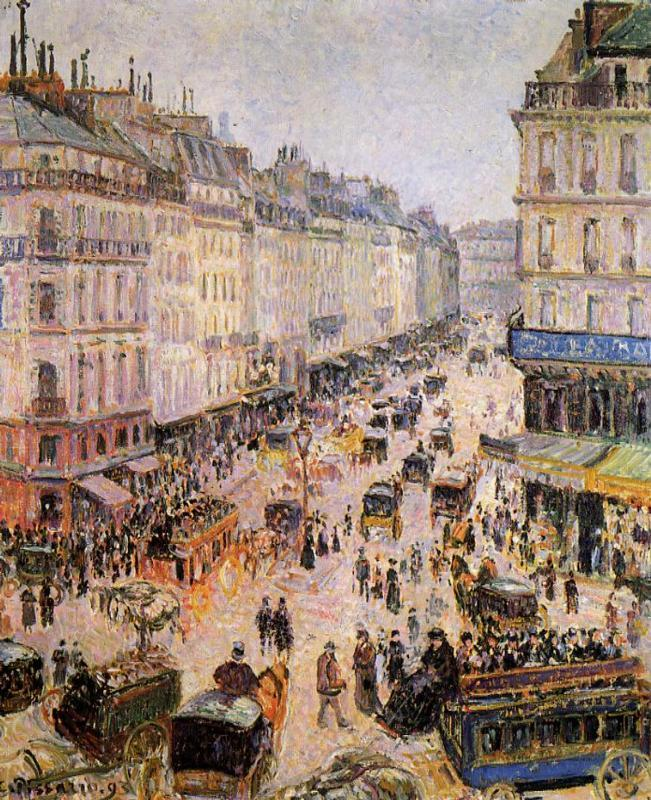

Episode #33: The Delmonico Way: A Conversation with Max Tucci
In celebration of the just published new book, The Delmonico Way: Sublime Entertaining and Legendary Recipes From The Restaurant That Made New York, author Max Tucci joins The Gilded Gentleman for a talk about food, family history, and the real meaning of hospitality.
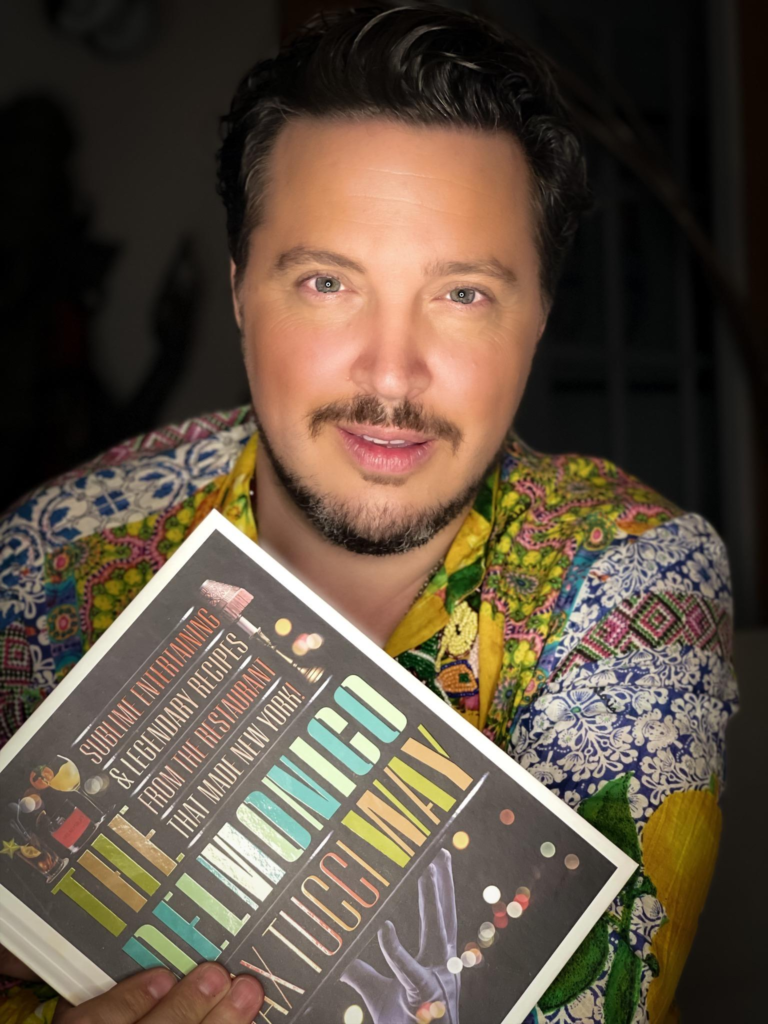
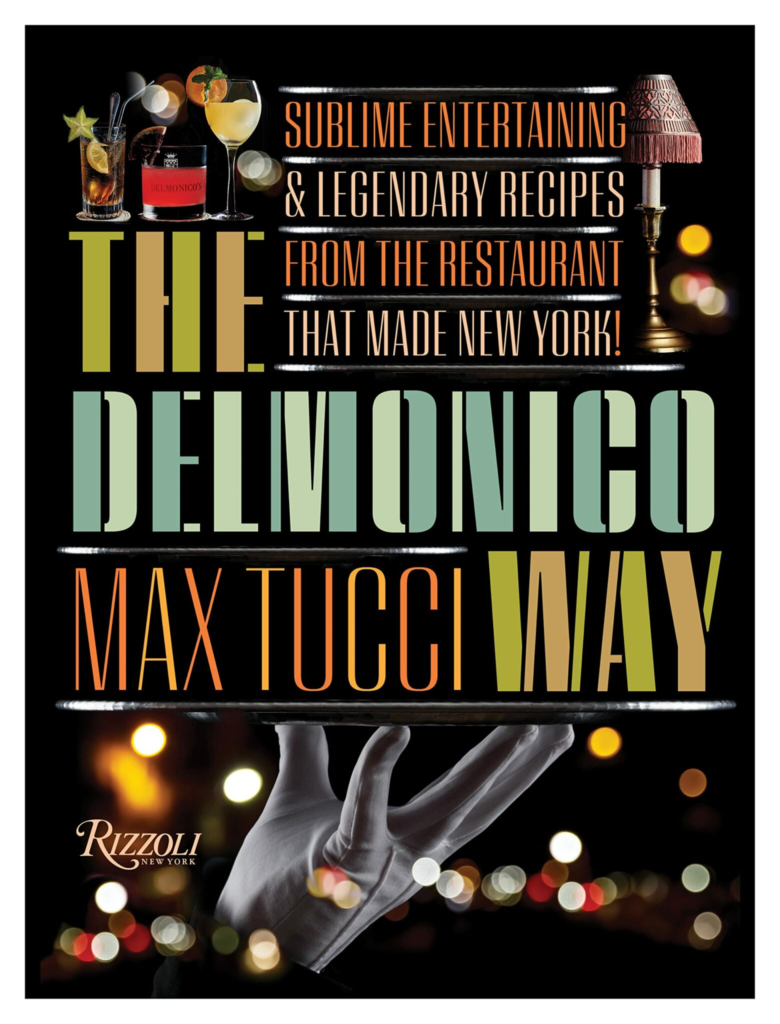

Episode #32: Tasting Stars: A Sparkling History of Champagne
Carl and his guest, vintage cocktail event curator, Don Spiro, take a look at the myths and magic of champagne, the world’s most elegant drink.
Champagne is unquestionably the world’s most glamorous drink and has been used for centuries to celebrate everything from weddings and birthdays to royal coronations. It was the drink of choice for formal gatherings in the Gilded Age, the Belle Epoque and Victorian England.
But there’s so much more to understanding champagne than just enjoying the bubbles and the fizz. Champagne has a long and often misrepresented history that combines serendipity, ingenuity and sheer marketing brilliance. (Hint: the monk Dom Perignon didn’t invent it.)
Join Carl and guest Don Spiro whom listeners will remember from their show on absinthe, to take a look at the full story and correct some misconceptions about champagne’s, history, just what exactly it is, and how it’s been made and enjoyed over the centuries.
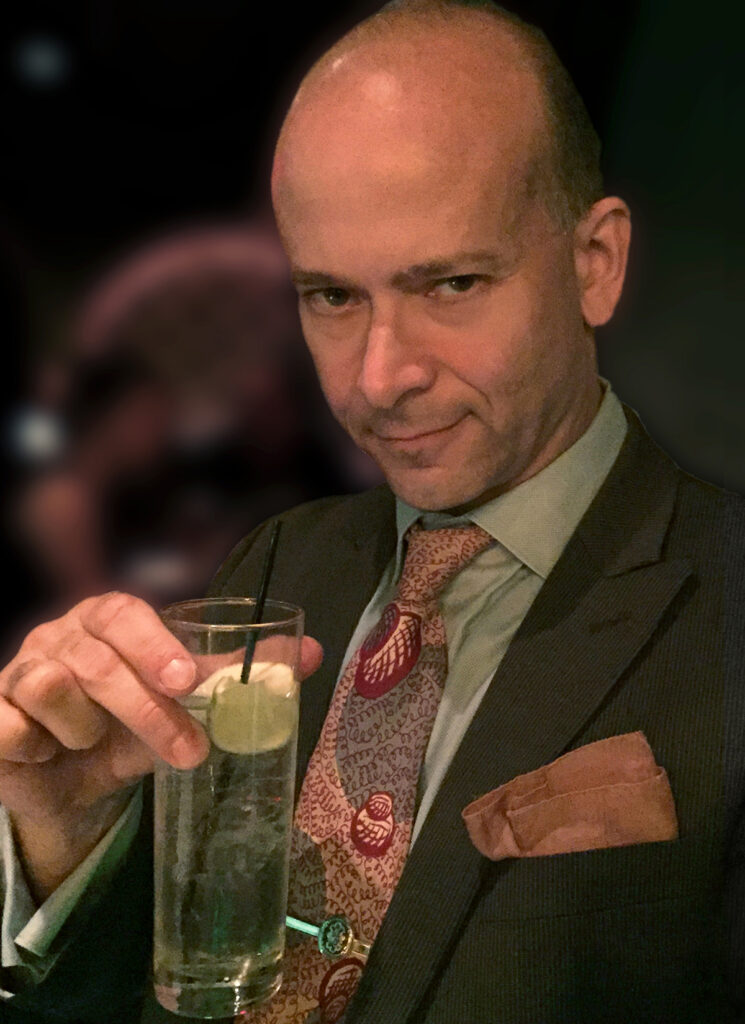

Episode #31: Christmas in Old New York and a Chat with Charles Dickens
A special festive double episode tracing the history of Christmas and holiday celebrations over 19th-century New York City history and a very special look at Charles Dicken’s beloved A Christmas Carol.
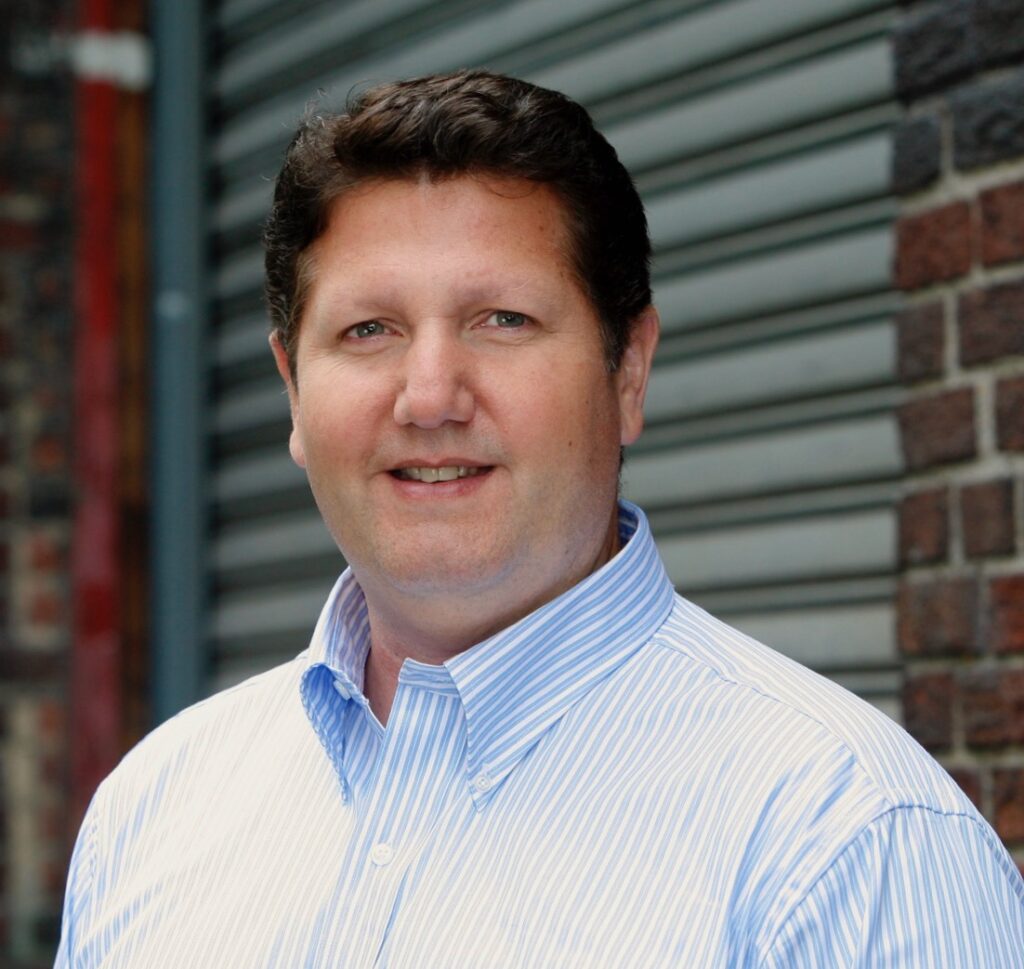
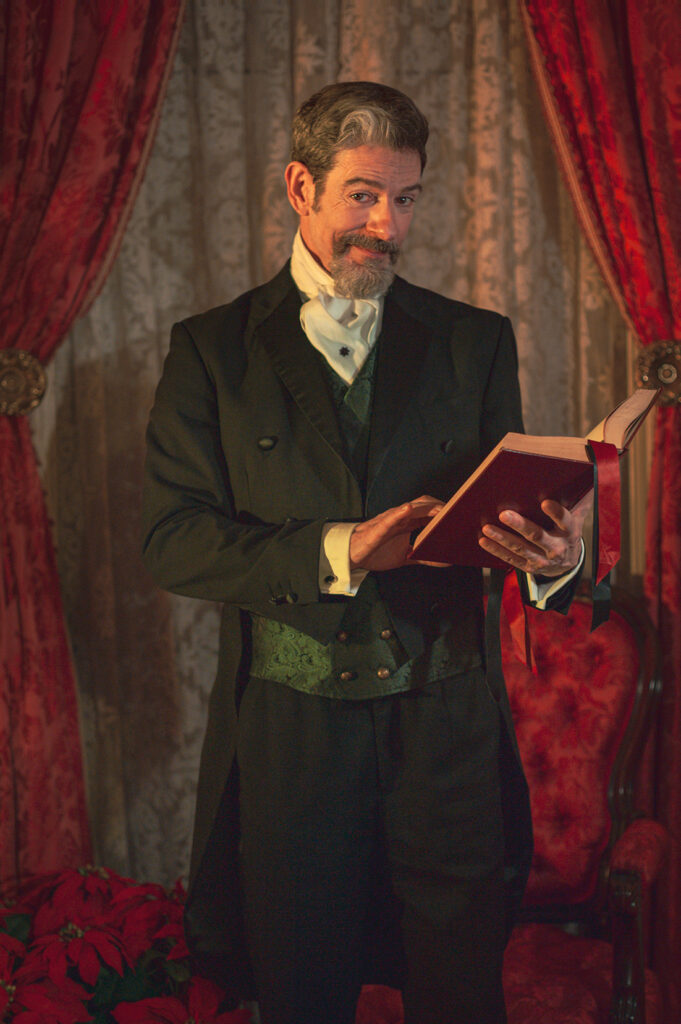
Special Bonus Episode: Jenny Lind at Castle Garden (from the Bowery Boys Archives)
A 19th-century tale of celebrity, fame, exploitation and ruthless marketing between a soprano and perhaps, history’s ultimate showman.
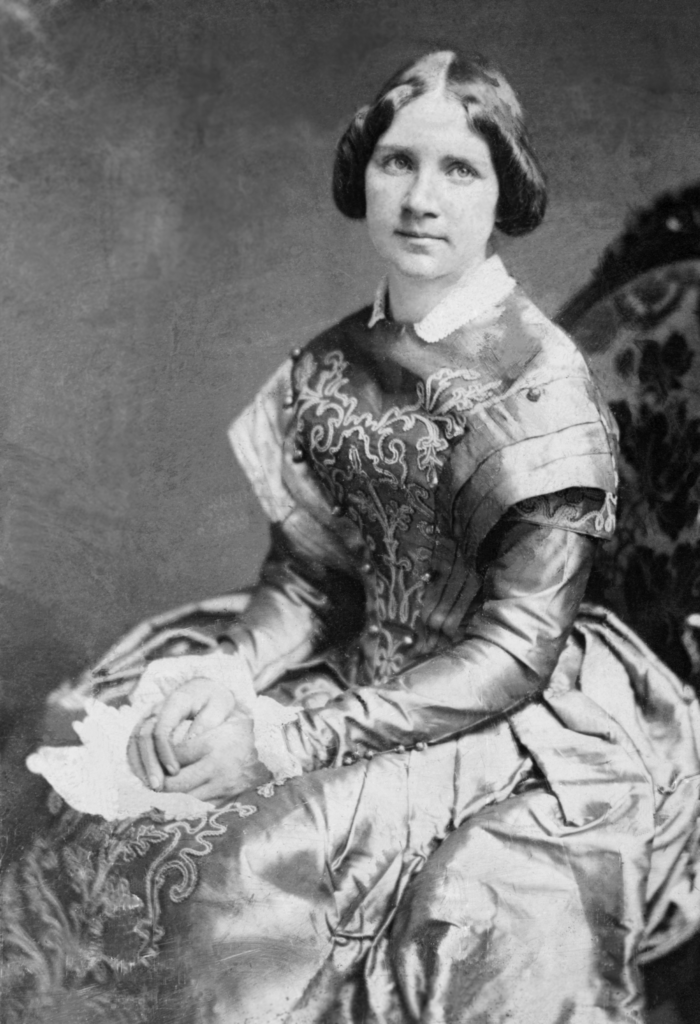
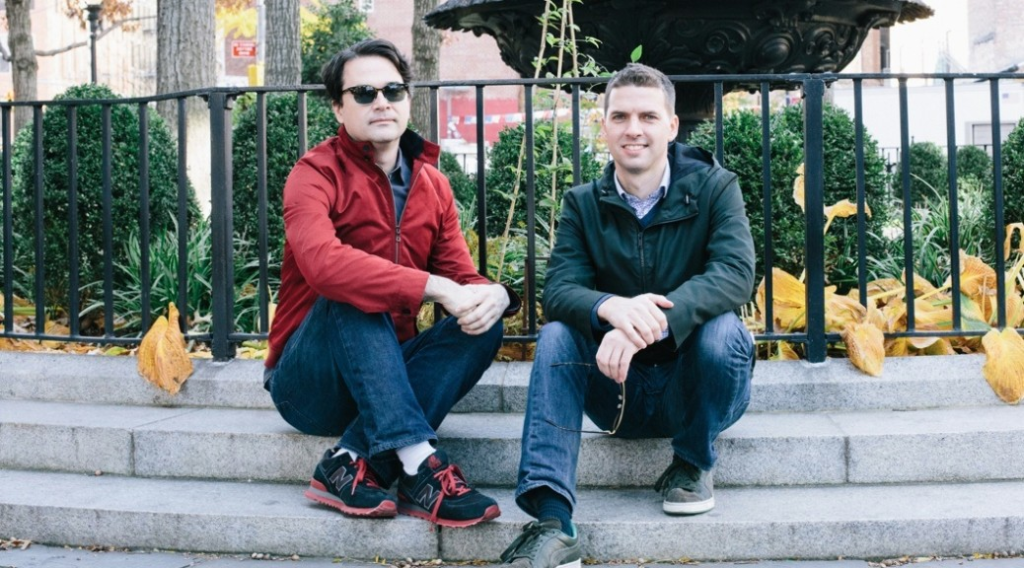
Episode #30: Lillian Nordica Part 2: A Conversation with international mezzo-soprano Kate Aldrich
As a special bonus, listeners can enjoy an extra episode featuring Carl’s interview with international opera star Kate Aldrich as they discuss a modern perspective on Lillian Nordica’s career as well as Kate’s own career as one of today’s incredibly busy opera stars.
International mezzo-soprano Kate Aldrich has a career that included performances around the world from New York’s Metropolitan Opera to Mian’s La Scala and the Opera Bastille in Paris. In this unique interview, she shares some perspectives on the life and career of Lillian Nordica as well as the excitement and realities for a modern singer on the international stage. She has been called “the Carmen of this generation” (San Francisco Sentinel), and in this conversation, she shares her insight on performing one of opera’s most iconic roles — one that Lillian Nordica performed herself. A unique aspect of this interview is that Carl, Kate and Lillian all share Maine roots and Kate talks a bit about how her Maine and New England background has contributed to her career.
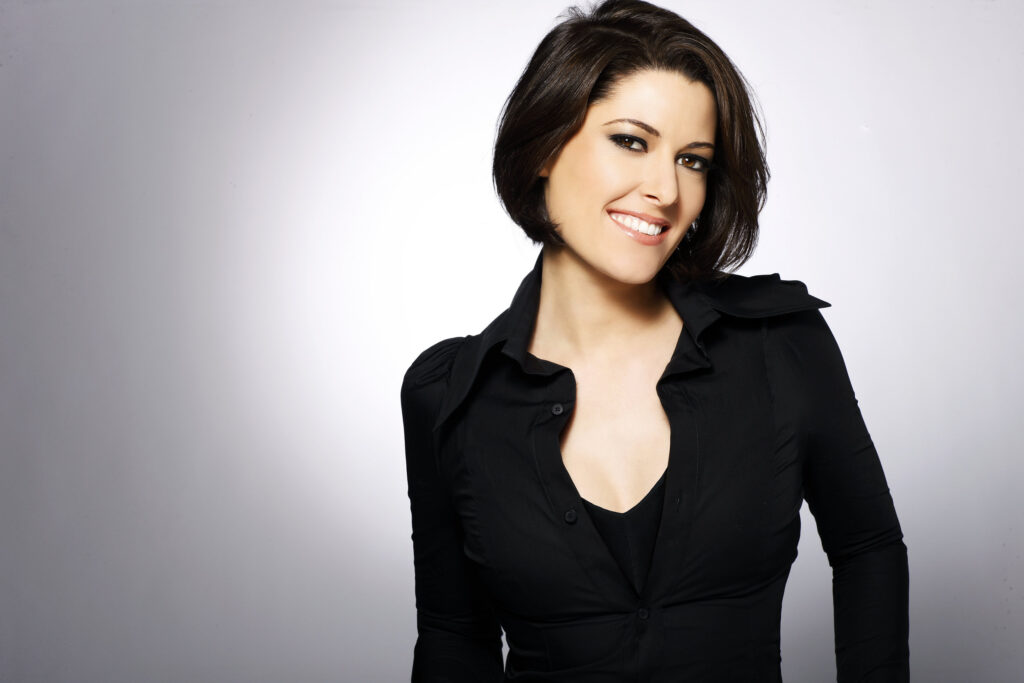
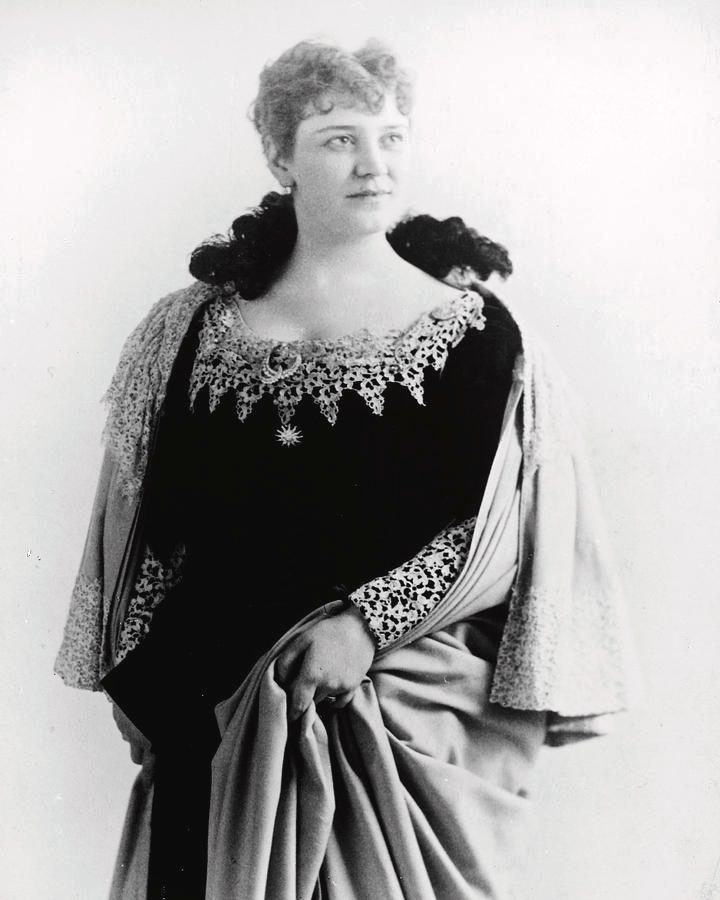
Episode #29: Lillian Nordica Part 1: The Making of a Gilded Age Soprano Superstar
This week’s show will lead you into the glamorous world of a superstar soprano of the Gilded Age. Despite challenging moments in her personal life, Lillian Nordica rose to become one of the most glamorous international stars of the late 19th and early 20th century.
The glamour of the Gilded Age was found not only at dinner parties and balls but in theatres and opera houses as well. Lillian Nordica, originally from the small town of Farmington, Maine rose to the heights of operatic stardom both in Europe and here in America in the last years of the Gilded Age and the early years of the 20th century. Her unlikely story, little known today, combines a hardworking background of near poverty with the audiences and applause, the diamonds and gowns of an international superstar. Unlike some divas, Lillian used her fame to support human rights and became an outspoken advocate for women’s right to vote and equality in the workplace — whether a factory or opera stage. Her fame had even entered popular culture — she was one of the first models in ads for Coca-Cola.
Join Carl on this week’s episode for Lilian’s story which takes us to Paris, St. Petersburg, Milan and around the world. We’ll take a look onstage and offstage at just how a star in the Gilded Age was really made.
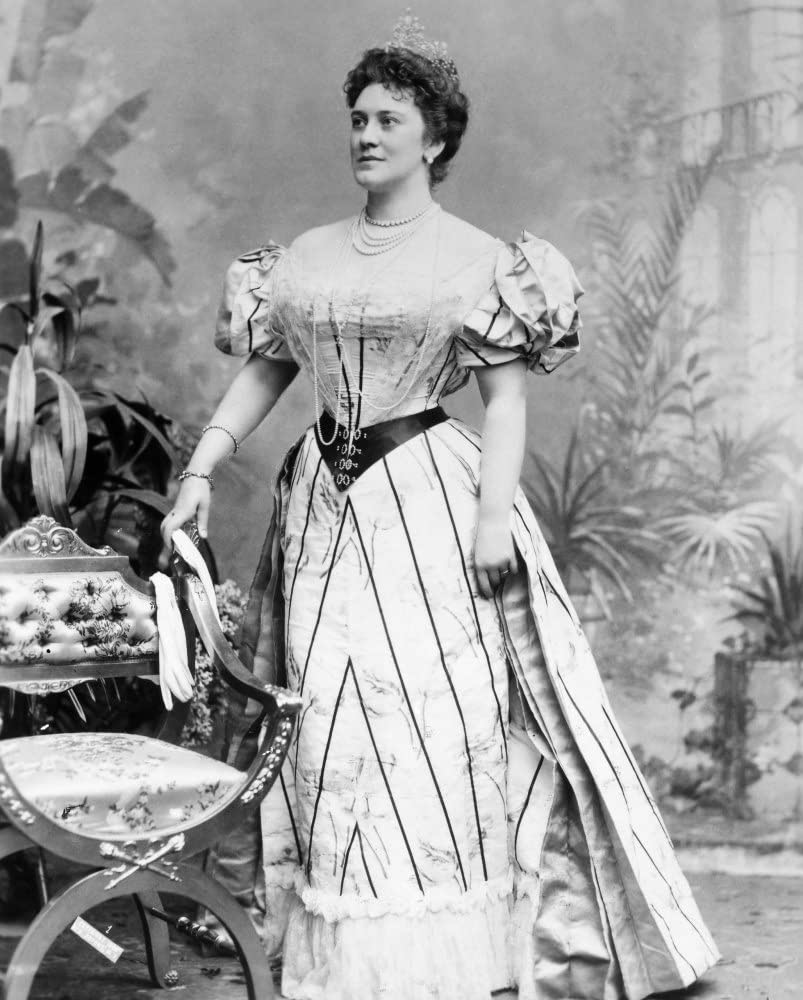

Lillian as Brunnhilde, one of her most famous roles
Episode #28: The Gilded Page: A Conversation with Jessica Fellowes
Jessica Fellowes joins The Gilded Gentleman for a talk about her work on the Downton Abbey book series, her mystery writing and her new novel, The Best Friend.
Join Carl for another look into the literary world, as the niece of Julian Fellowes, Jessica Fellowes is known to listeners as the best-selling author of the five companion books to the Downton Abbey television series. An accomplished journalist, novelist and public speaker, Jessica went on to write a unique and tremendously popular mystery series using the world of the famed Mitford family in the 1920’s and 1930’s as a backdrop. Most recently, Jessica has published a stunning new novel on the subject of life-long friendship, The Best Friend. This episode of The Gilded Page on The Gilded Gentleman delves deeply into Jessica’s writing life and reveals some unique and fascinating aspects of the creative process.
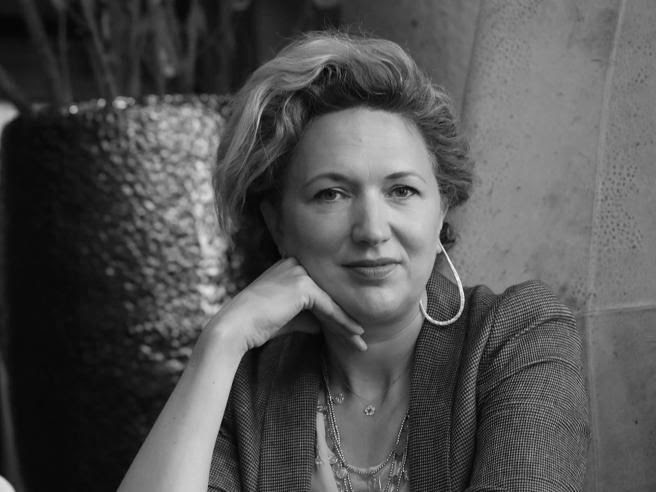
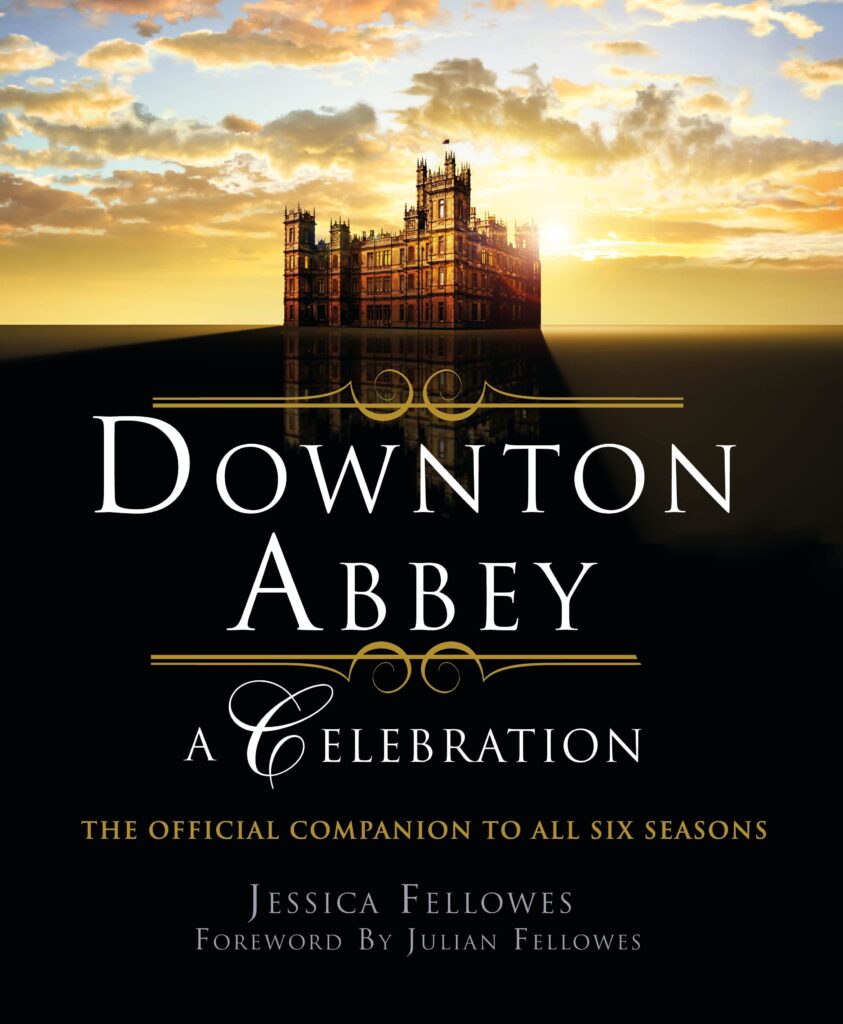

Episode #27: 100 Years of Emily Post’s Etiquette: The Simple Art of Getting Along
In July of 1922, an unassuming book with a rich blue cover landed on bookstore shelves. Titled simply “Etiquette” by a moderately successful writer named Emily Post, the book went on to become a cornerstone of America’s social fabric and a true cultural cornerstone. Now, 100 years later, Emily’s original book has been entirely rewritten by her great-great-grandchildren for a new generation while maintaining the spirit and philosophy of Emily Post’s original intentions. Join The Gilded Gentleman for this unique look at just who Emily Post was, why she chose to write the book at all and how it has evolved — and yet in some ways — stayed the same since it was first published. Carl will be joined by Lizzie Post, Emily Post’s great-great-granddaughter and co-author of the new edition, to take a look at Emily and etiquette, then and now.
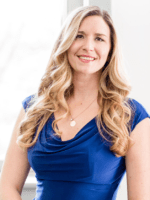
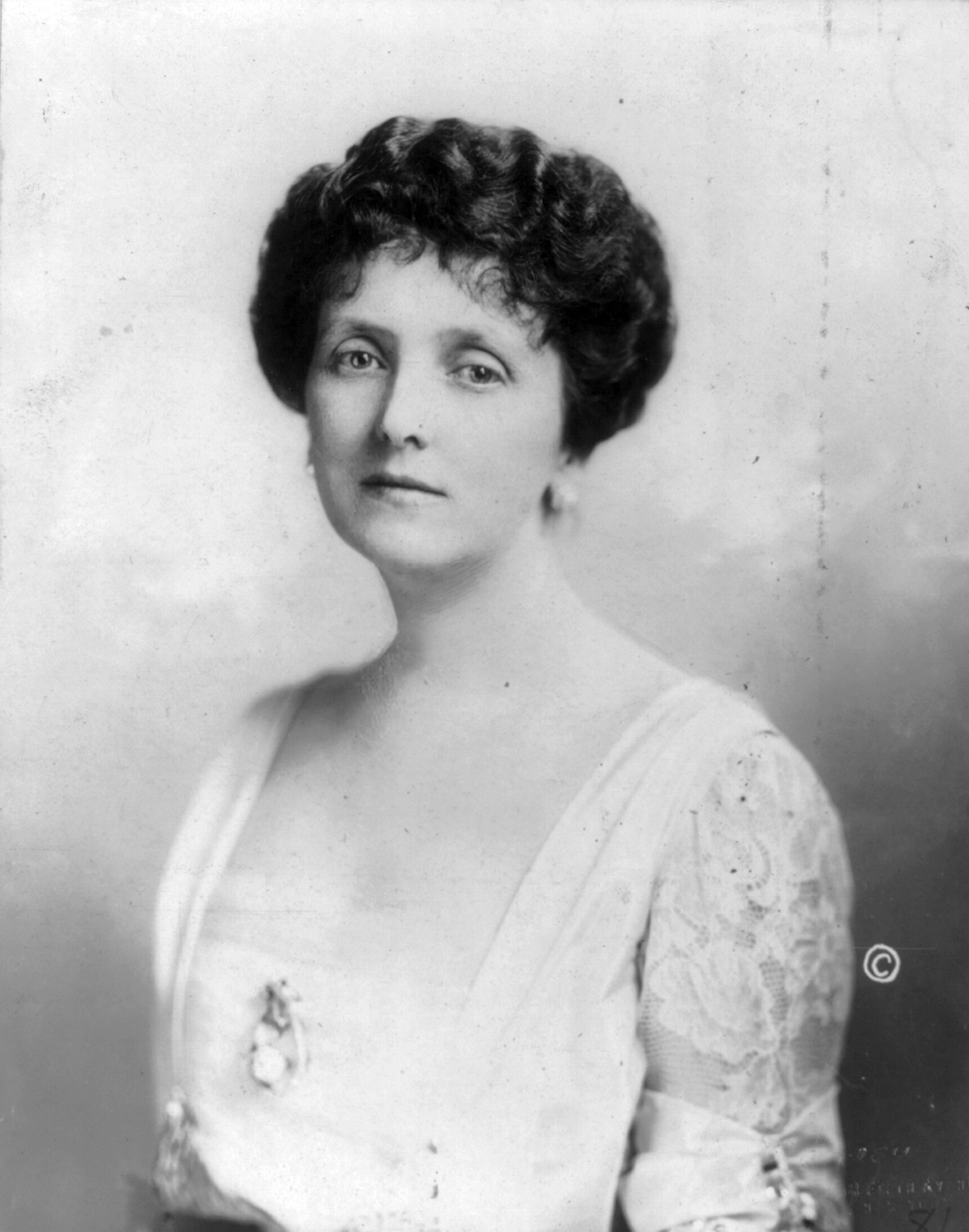
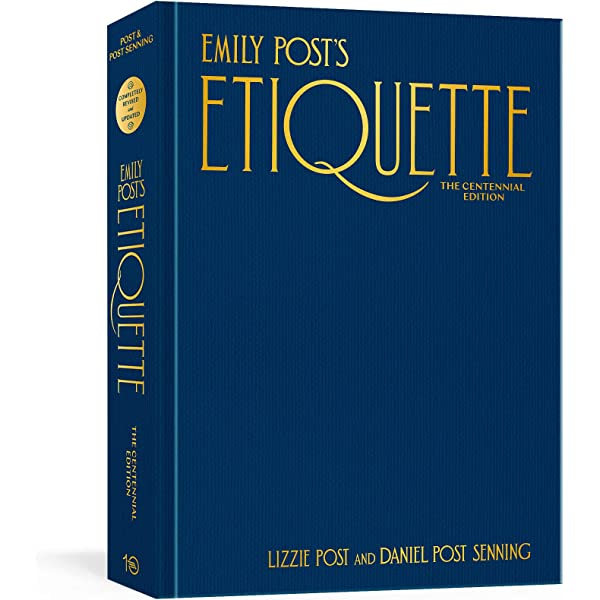
Episode #26: A Forgotten Real-Life Gilded Gentleman: The World of Effingham Nichols
The Merchant’s House Museum is one of New York City’s most important and cherished historic house museums. Built in 1832 and still intact to this day, the house was home to patriarch Seabury Tredwell and his family for just about 100 years before opening to the public as a museum in 1936. Nowhere can one see the antebellum world of Old New York quite as clearly as one can see here with much of the family’s original furniture and belongings still in place. HIdden in the Tredwell family tree is Effingham Nichols, the husband of Seabury’s eldest daughter. Born into old Knickerbocker New York, Effingham rose in wealth and stature to become a true player in the Gilded Age that ended the century brushing up against Astors and Vanderbilts. Join me and my guest, Merchant’s House historian Anne Haddad for a look at his life, what he did and where he was, to gather a very personal and extraordinary picture of the life of a long forgotten, but very real, gilded gentleman and just how that life and the life of others like him, came to be.


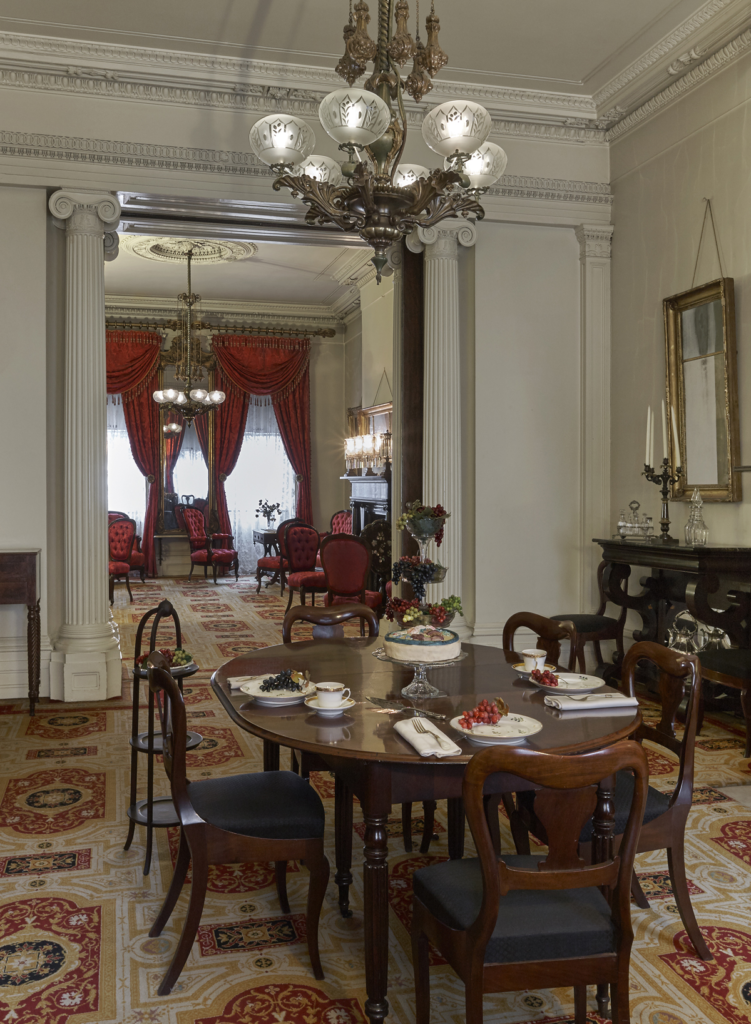
Episode #25: Chicago’s Bertha Palmer: More than Mrs. Astor
Bertha Palmer was the wife of Potter Palmer whose famous Chicago hotel, the Palmer House, was one of the grandest of the Gilded Age. Bertha has been compared to the queen of New York society, Mrs. Astor. However, as my guest, historian Tom Miller shares in this week’s show, that comparison minimizes who Bertha Palmer truly was.
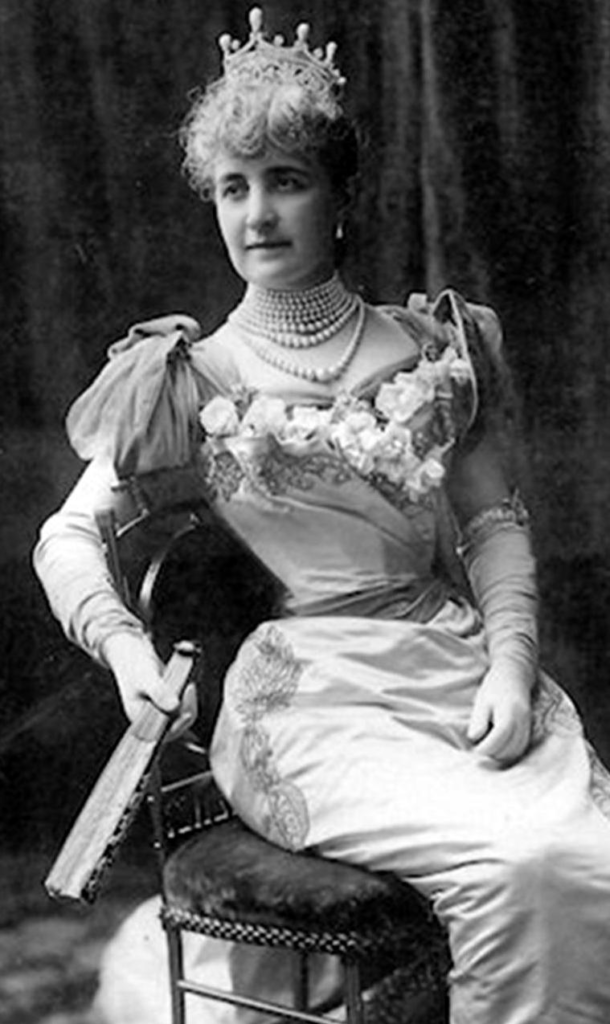
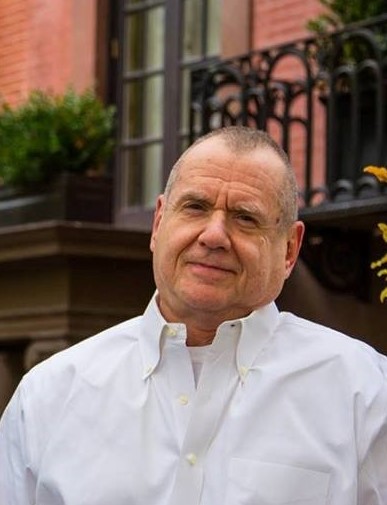
Episode #24: Where Thrushes Sing and Dreams are Dreamt: The Gardens of Beatrix Farrand
Beatrix Farrand, Edith Wharton’s niece, was born during New York’s Gilded Age and went on to become the first successful female landscape designer of the early 20th century. Her path was not easy since any career for a woman held challenges at the time and landscape design was at that point a men’s domain. But her perseverance, determination, business acumen and exceptional talent led her to create some of America’s most beautiful gardens including Dumbarton Oaks, in Washington, DC and the Abby Aldrich Rockefeller Garden on Mount Desert, Maine. Join me for a look into the extraordinary life of Beatrix Farrand to celebrate her pioneering vision and style.
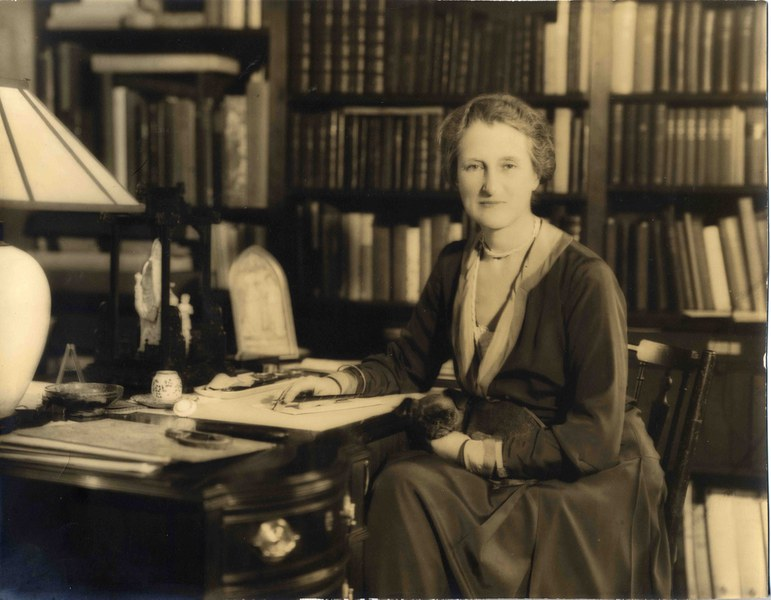
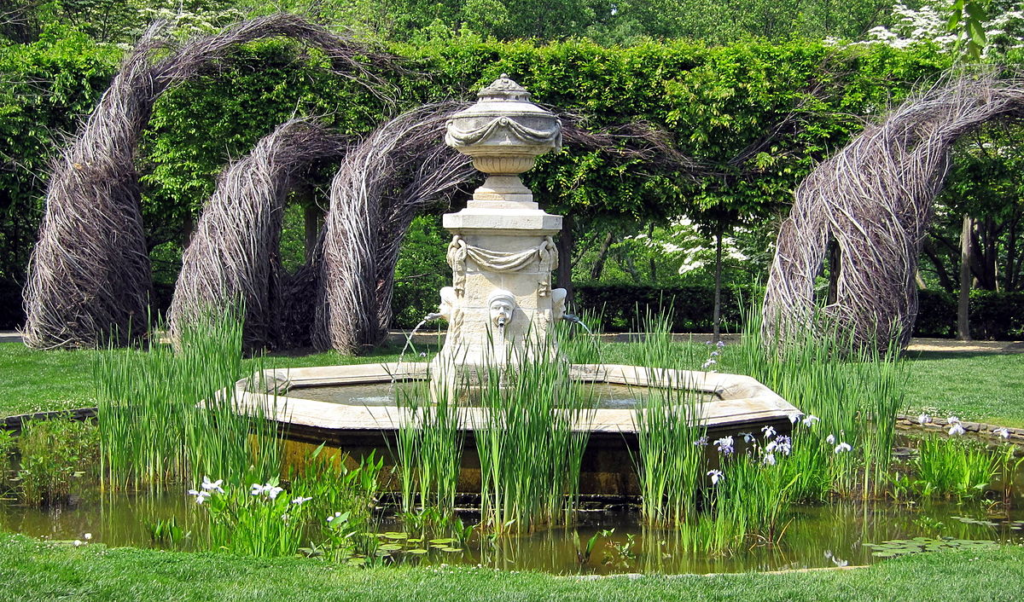
Creative Commons Attribution-Share Alike 4.0 International license.
Episode #23: Beneath the Gold: The Gilded Age with Tom Meyers of The Bowery Boys
Julian Fellowes’ new series on HBO “The Gilded Age” fascinated viewers with its complex plotlines and endlessly entertaining characters, some of whom were based on actual historical figures. The show depicted the enormity of the age in so many of its social, political and cultural layers. It also raised so many new insights and new viewpoints on this, not always, glittering age. Tom Meyers of The Bowery Boys joins me for this show to take an even deeper look at it all. Tom was co-host along with TCM’s Alicia Malone of HBO’s The Official Gilded Age podcast and he had the unique opportunity to delve further into the history behind what we saw on screen and hear insights from members of the cast and creative team. Joins us for a unique look behind the glitter and the gold.
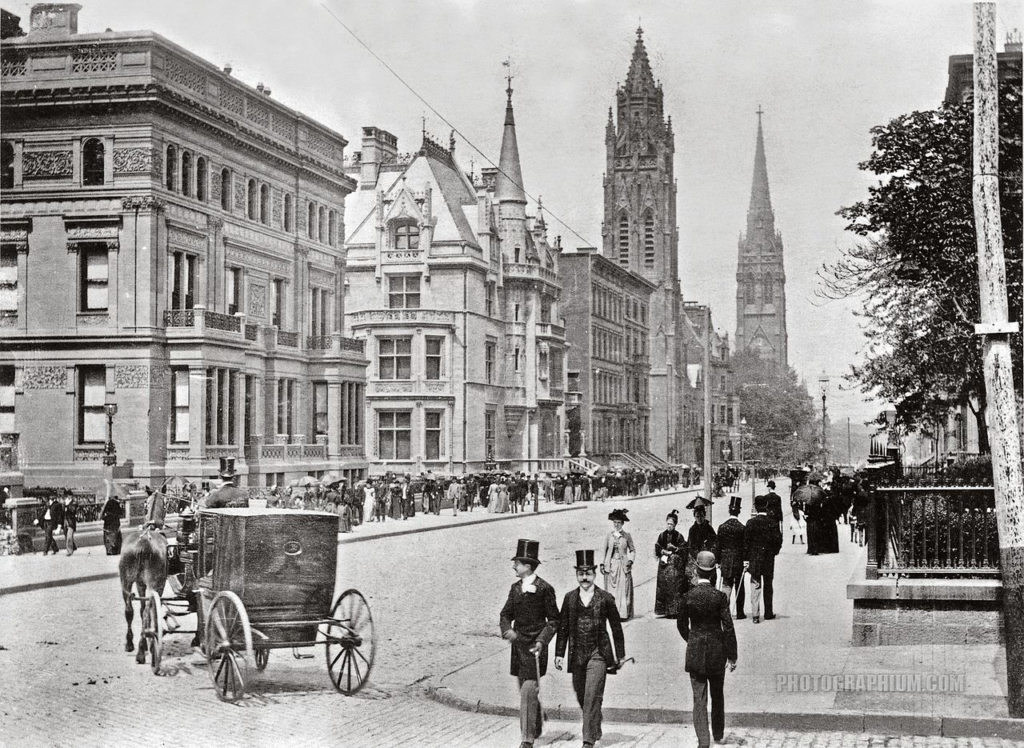

Tom Meyers and Carl Raymond
Episode #22: English Country House Style: The Legacies of Nancy Lancaster and Nancy Astor
While the sumptuous dinner parties and grand country house weekends of years past may have vanished, the secrets of elegant entertaining and hospitality live on. Nancy Lancaster and Nancy Astor, two American-born women entered upper class British society in the early 20th century and brought the traditions of great Southern hospitality to some of England’s greatest estates including the renowned Cliveden. Today, Emilly Astor and Jane Churchill descendants of Nancy Lancaster and Nancy Astor continue the tradition and share its elements with today’s hosts and hostesses in their book of history, memories, and recipes “Entertaining in Style” (Rizzoli). Join me and both Emily and Jane for a look back at the tables of the two Nancys and particularly Nancy Lancaster’s vision which led to what we think of as great English Country House style.
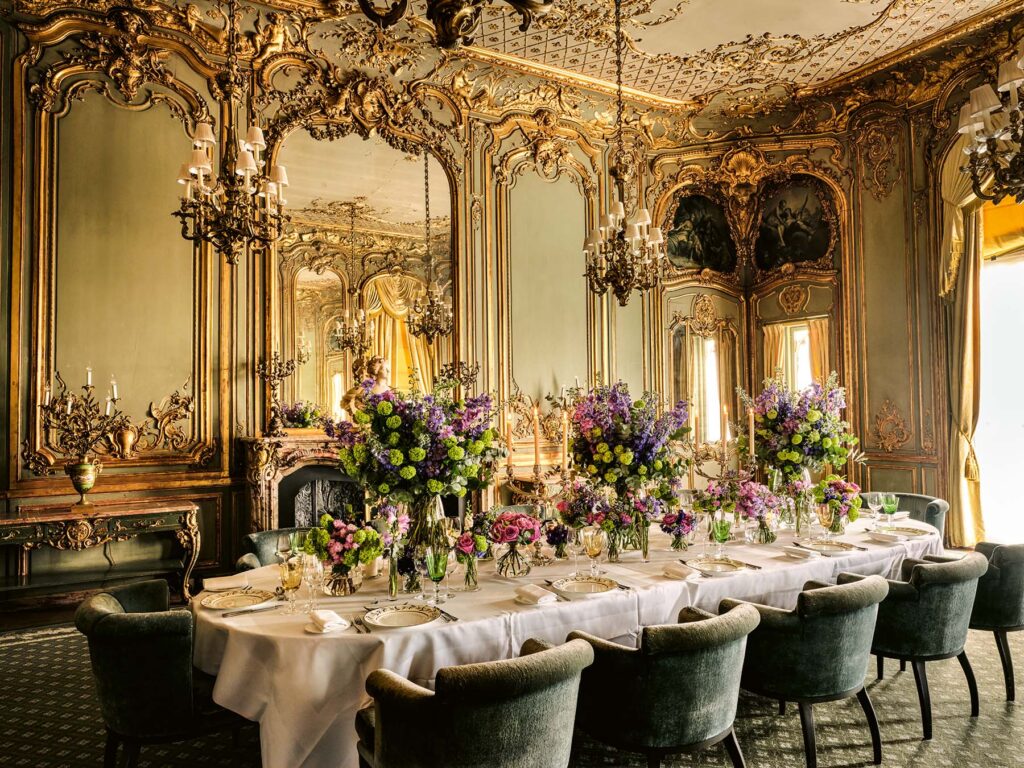
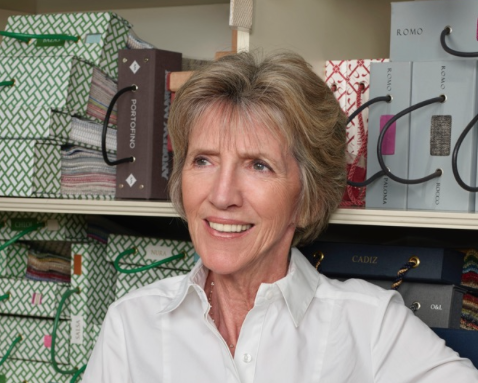

Episode #21: Dancing with the Green Fairy: The Mysteries of Absinthe
Absinthe was one of the most popular and most mysterious drinks that fueled Paris and London’s cafe society and artistic circles in the Belle Epoque and late Victorian and Edwardian worlds. Artists and writers from Henri Toulouse-Lautrec to Marcel Proust and Oscar Wilde were proponents along with members of the upper classes as well as everyday workers. Myths sprang up that it created dramatic hallucinations and even provoked crimes to be committed. It became banned throughout most of Europe and even in the United States by the early 19th century. Join me and my guest, Don Spiro, creator of New York’s Green Fairy Society to discuss and demystify the myths and legends of this most evocative of spirits.

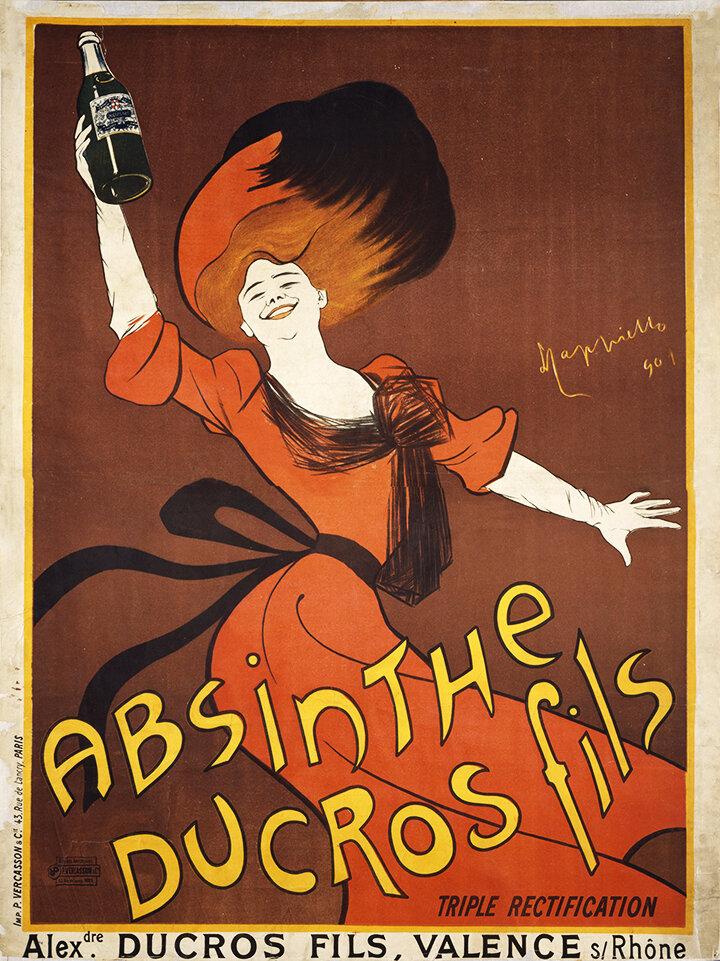
Episode #20: Creating Drama with Edith Wharton, Henry James and Jennie Jerome
Edith Wharton’s novels were full of drama of course but so were moments from her own life. Jennie Jerome, Lady Randolph Churchill, the mother of Winston Churchill, had a life of high drama, public scrutiny and moments of happiness as well as tragedy. Join me and my guest, playwright and actor, Anne Undeland as we discuss how she dramatized the characters of Edith Wharton, Henry James and Jennie Jerome in her plays, “Mr. Fullerton Between the Sheets” and “Lady Randy”. We’ll discuss how Anne brought these complex characters to the stage as well as take a look at how some of Wharton’s own work has been dramatized.
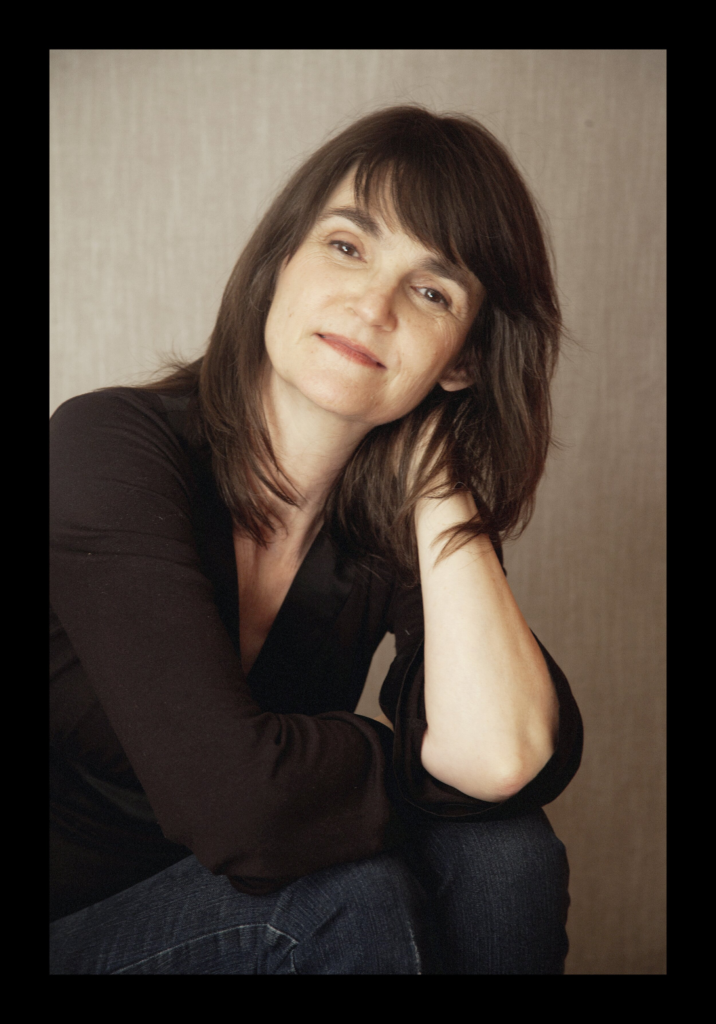
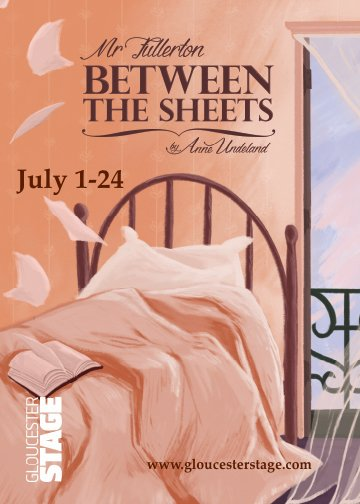
Episode #19: Stealing a Smile: The Theft of the Mona Lisa, Paris 1911
The enigmatic smile of the Mona Lisa has captured the attention of the public for centuries. But even today, few people actually realize that on a warm summer morning in Paris in 1911, the Mona Lisa was also stolen.
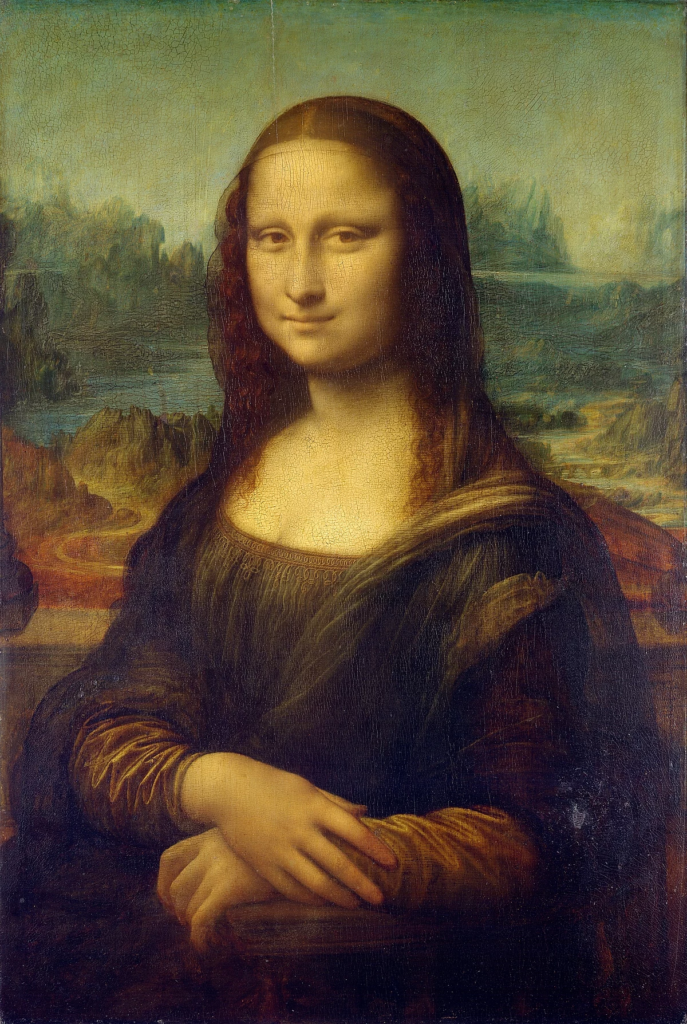
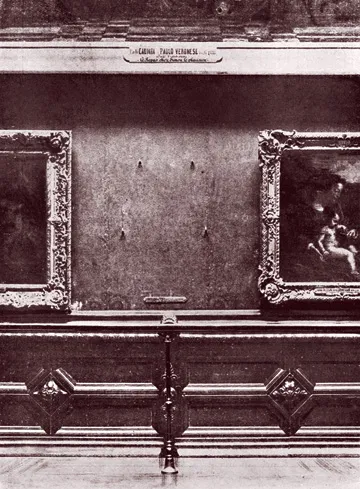
The Louvre, after the theft, 1911.
Episode #18: Victory and Apollo: Black Artists Models Hettie Anderson and Thomas McKeller
Gazing up at the dramatic gilded statue of General William Tecumseh Sherman being led into battle by the allegorical figure of Victory in New York’s Grand Army Plaza or staring at the mythological figures that are painted on the Rotunda ceiling of Boston”s Museum of Fine Arts, one can’t help but be struck by the beauty, majesty and power of elements in these works. Sculptor Augustus St. Gaudens’ model for the image of Victory on the Sherman monument was a mixed-race woman named Hettie Anderson and John Singer Sargent used the black model Thomas McKeller as the principal model for his depictions of the Greek deities in his Boston paintings. Recent scholarship and discoveries have shed light into the lives and work of both of these models This episode tells the story of what is known about the worlds of these exceptional artists models and the great art that they inspired.
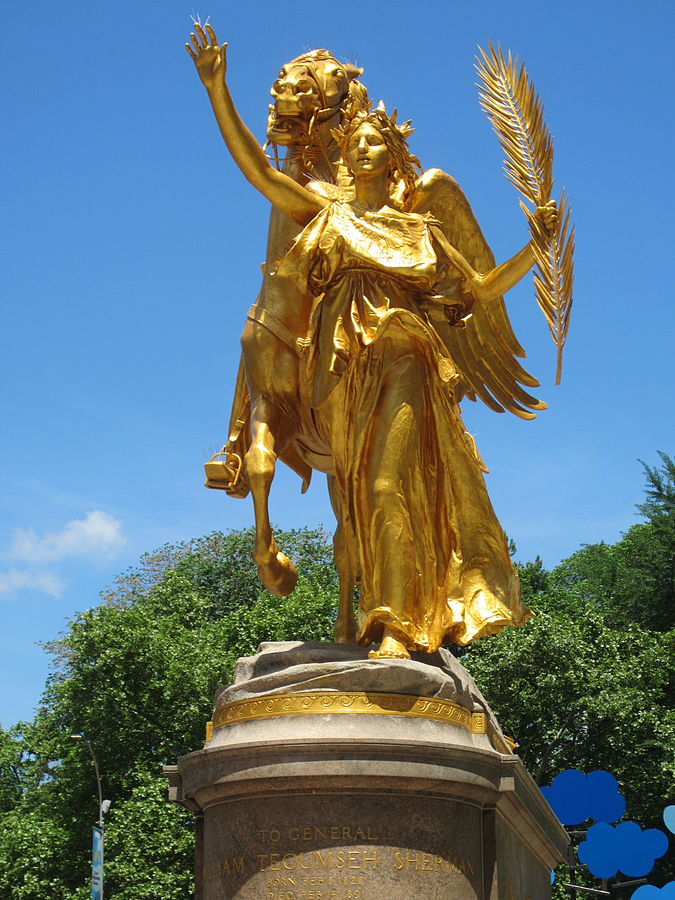
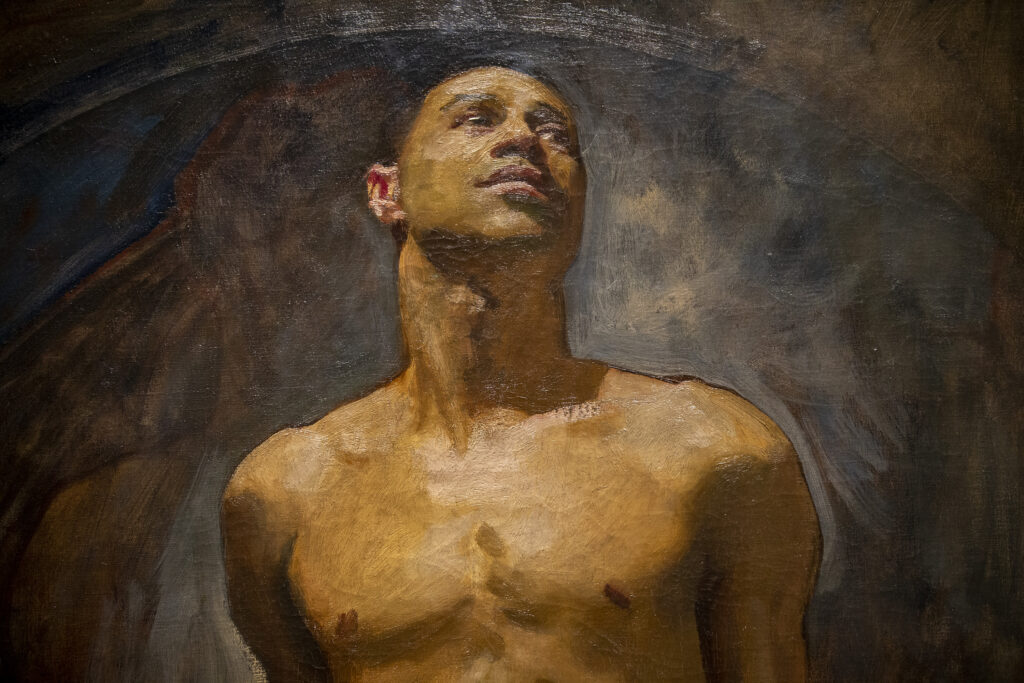
Detail from John Singer Sargent’s portrait of Thomas McKeller
Episode #17: Mary Rogers Williams: The Rediscovered Life Of A Gilded Age Impressionist
Eve Kahn, independent scholar and author, calls Mary Rogers Williams “the Mary Cassatt you never heard of”. While Cassatt and Rogers lives differed and they likely never met, the rediscovered life of Gilded Age painter, Mary Rogers Williams is a fascinating tale of late 19th-century artistic circles. From the farmlands of Connecticut, Mary Rogers Williams lived and painted among the famous in New York, London, and Paris and her studies included time with artists such as William Merritt Chase and James MacNeil Whistler. A mysterious painting and an extraordinary discovery in 2012 led my guest Eve Kahn to reconstruct the life and world of a unique, innovative, yet little known until now, female artist of the Gilded Age.

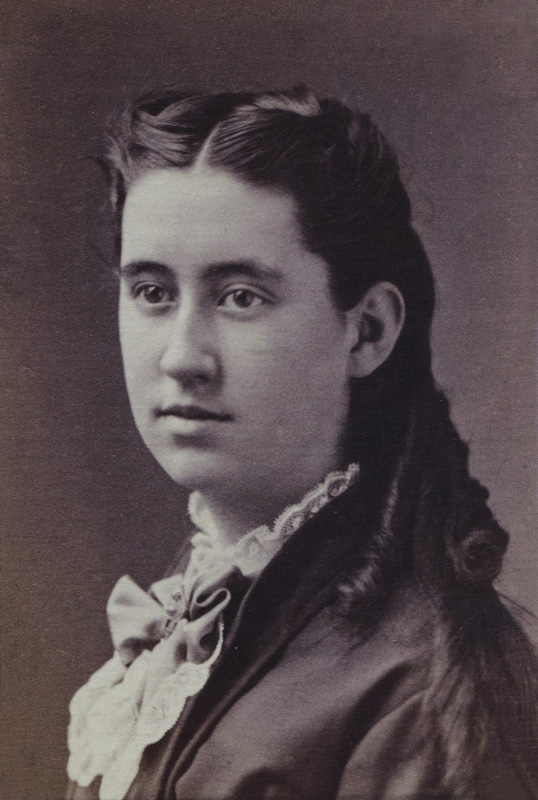
Episode #16: Golden Plates and Dinners on Horseback: Tales of Dining in Gilded Age New York
Outrageous stories of Gilded Age dinners served on plates of gold, live swans swimming in a lake in the center of your table and yes, even dinners served on horseback are all true.
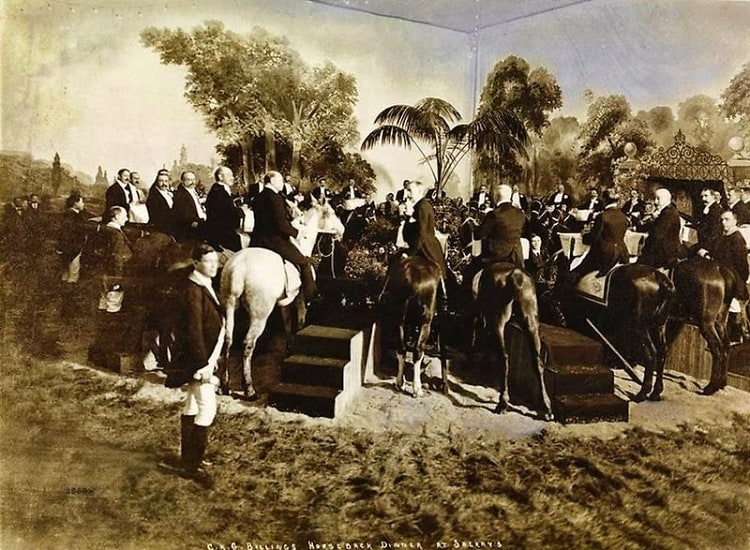
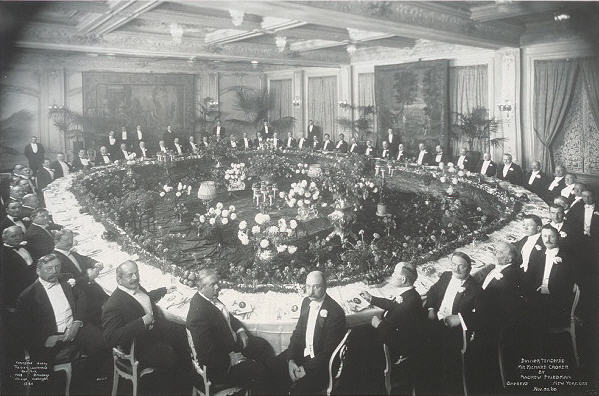
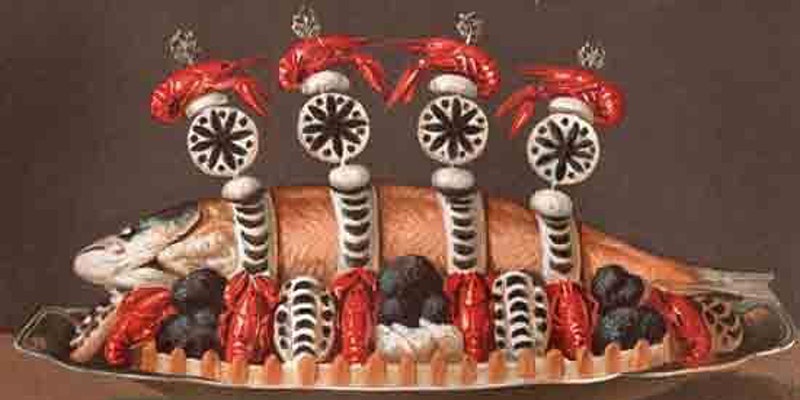
Episode #15: Castle Howard to Highclere: Treasures of the English Country House
For fans of the great period television and film dramas, one of the great pleasures is seeing the grand, sumptuous, imposing interiors of some of England’s greatest homes used as stage sets in the drama.
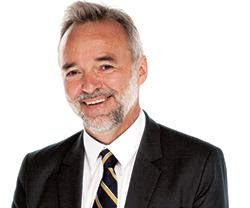
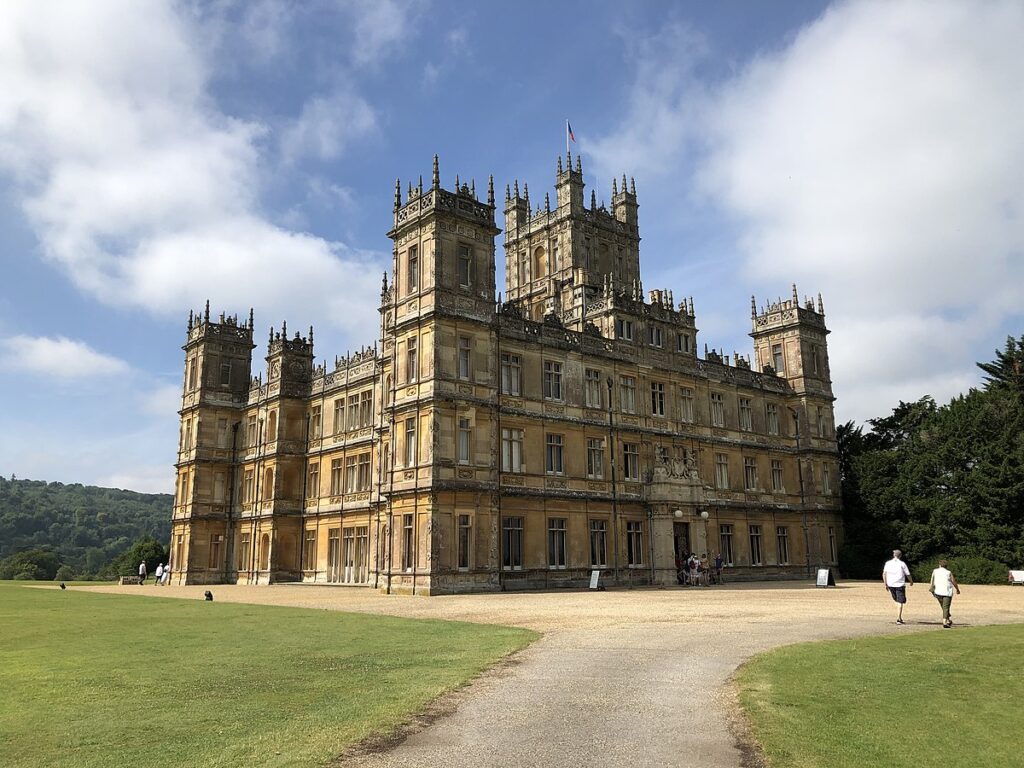
Creative Commons Attribution-Share Alike 4.0 International
Episode #14: A Sprig of Witch Hazel: Edith Wharton’s Secret Affair
As writer Edith Wharton began to spend more and more time in Paris during the early years of the 1900s, she made the acquaintance of the American journalist Morton Fullerton. Their meeting grew into a passionate and complicated love affair combining joy and emotional pain. Still, the affair led Wharton to some of her greatest creative moments and it wasn’t until the 1980’s when a long thought lost trove of letters brought the full story of the affair to light. This week’s episode brings you to the Paris of the Belle Epoque and into the story of this surprising romance.
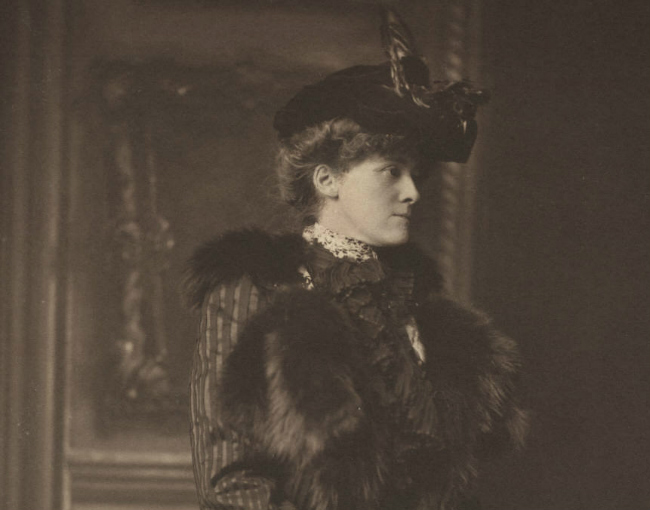
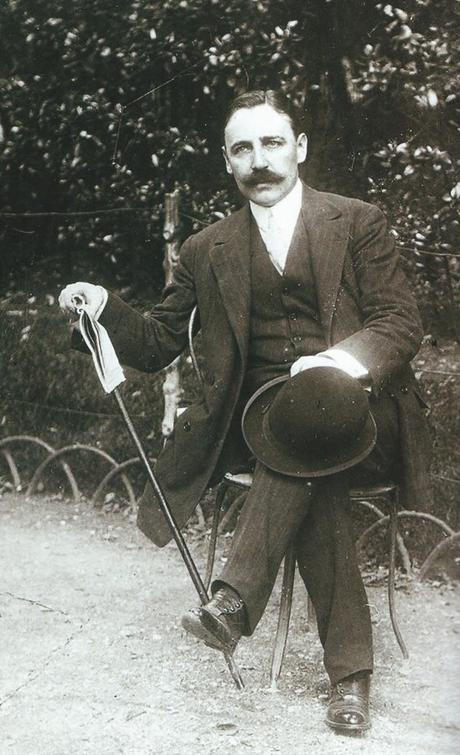
Episode #13: The Gilded City: New York 1870-1900
To viewers of HBO’s “The Gilded Age”, the city itself is one of the show’s most fascinating characters. Join tour guides Emma Guest-Consales, PhD. and Jeff Dobbins for a unique look at the architecture, neighborhoods, and landmarks that we see portrayed in the show.

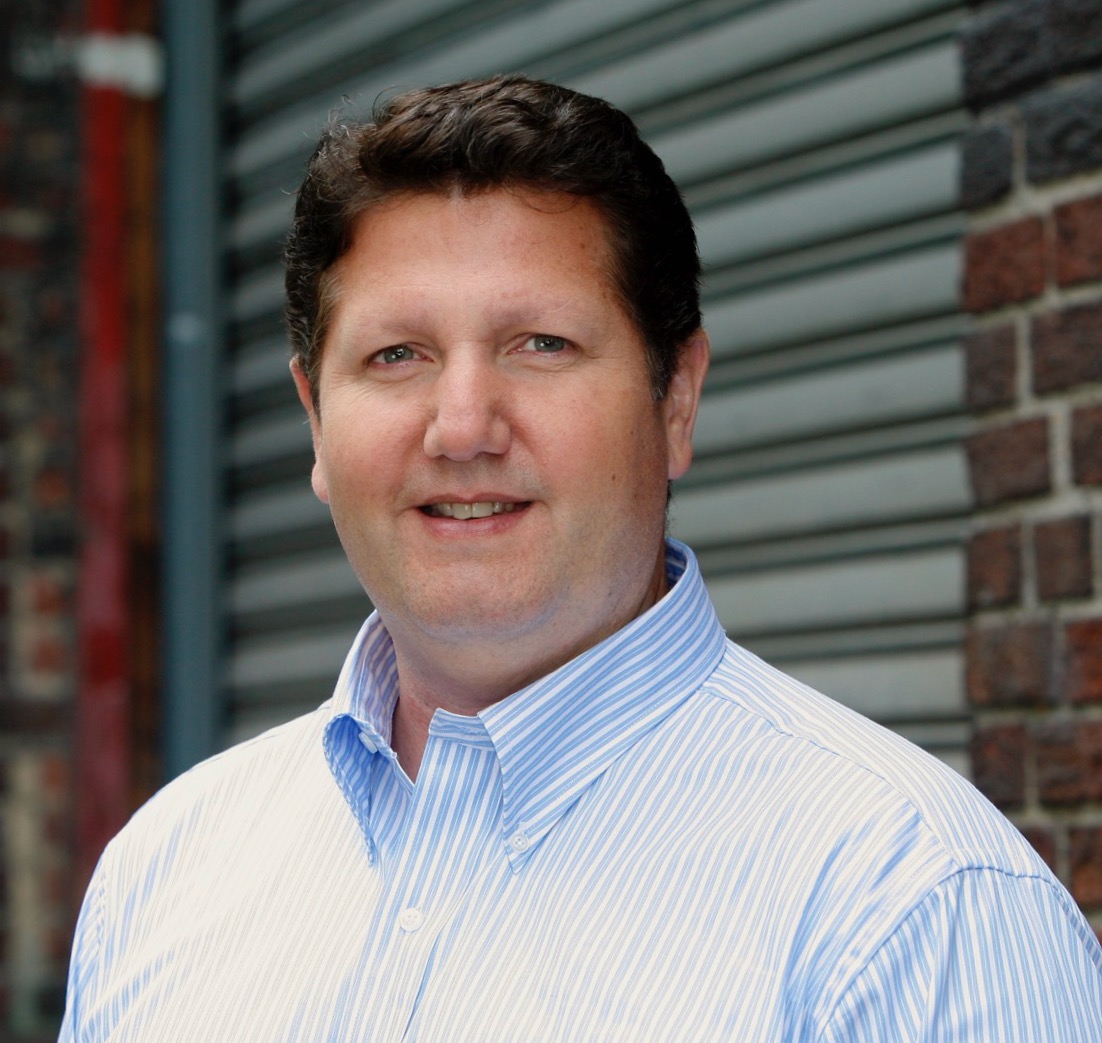
Episode #12: Social Climber: The Iron Will and Determined Rise of Alva Vanderbilt
The fight for social dominance and acceptance was a battle fought by many Gilded Age wives along with their financial warrior husbands. One of the most famous was Alva Vanderbilt who rose to finally make it through the golden portals into Mrs. Astor’s social circle. Her iron determination resulted in her daughter Consuelo’s seemingly fairytale marriage to a British aristocrat in 1895 — but none of it was a fairytale. Join The Gilded Gentleman for a look inside the story of who Alva really was as a social climber but also as a 19th-century woman.
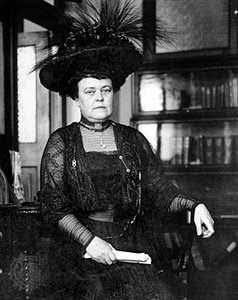
Episode #11: How to Pluck a Peacock: Delmonico’s Charles Ranhofer and The Epicurean
Join me and my guest, creative director and food stylist, Victoria Granof to take a look at Charles Renhofer, the extraordinary chef of Delmonico’s fame who created some of the most outrageous dishes of the Gilded Age — including a peacock.

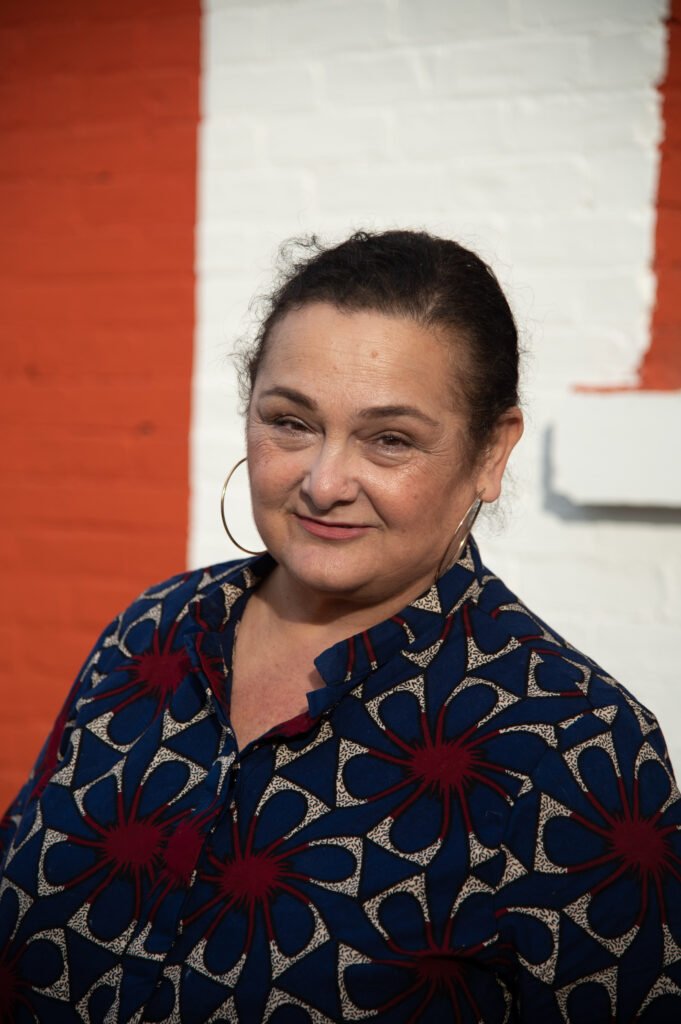
Episode #10: Invisible Magicians: Domestic Servants in Gilded Age New York
Join The Gilded Gentleman and Esther Crain for a look below stairs at the various roles and responsibilities of domestic staff in grand mansions and even in more modest homes.
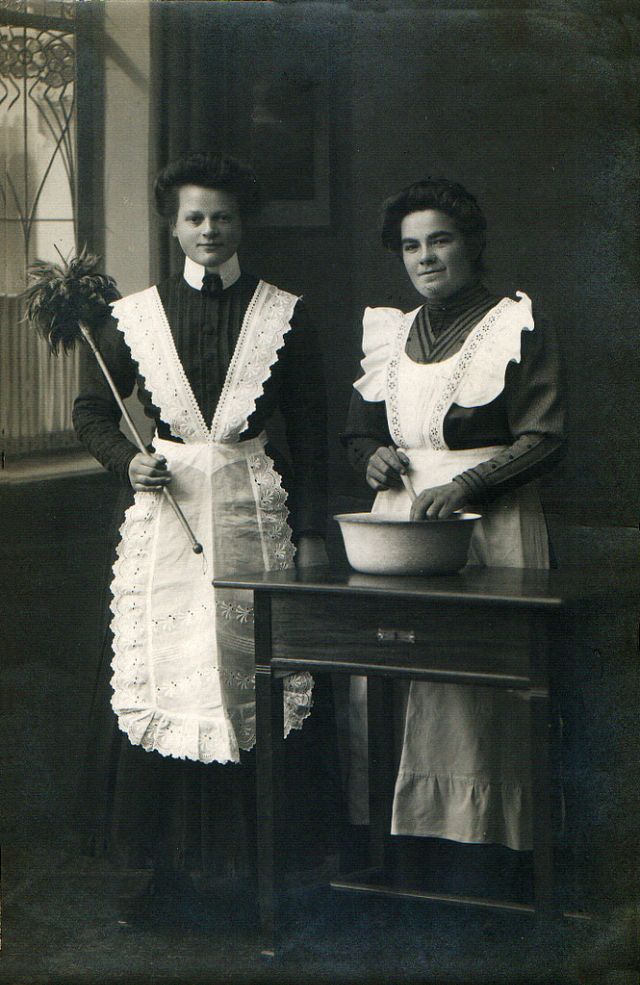
(Image Source: Vintage Everyday)
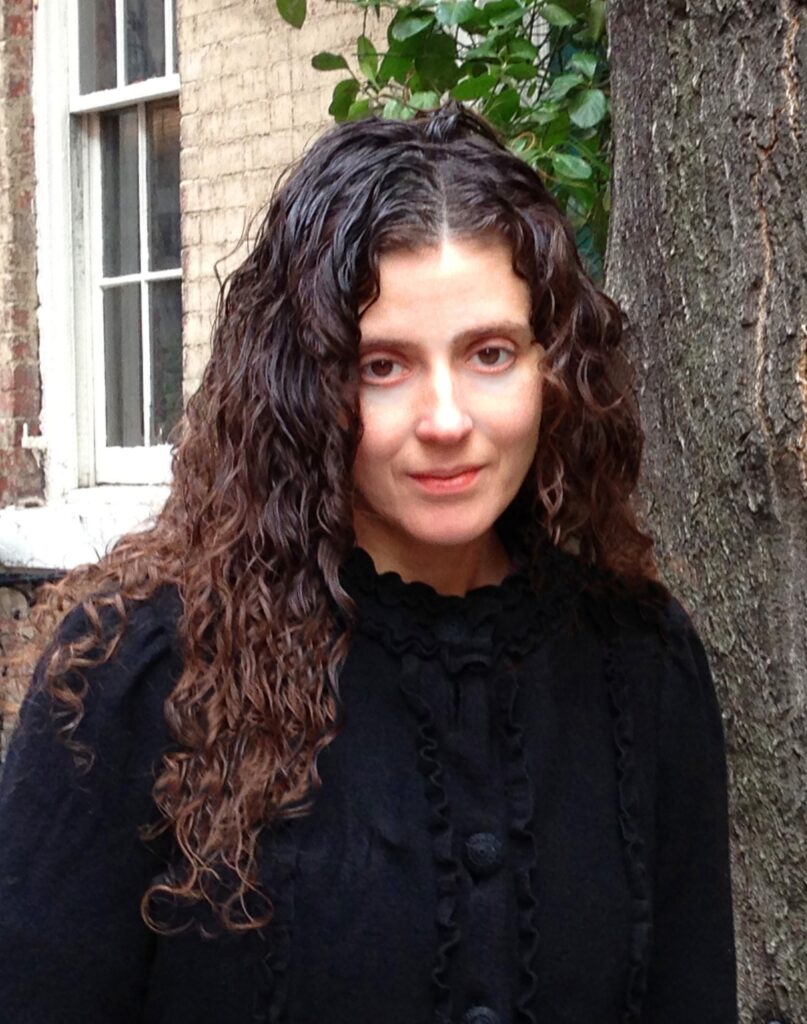
Episode #9: The Education of a Snob: Ward Mcallister’s American Aristocracy
The famous Mrs. Astor was credited with building and shaping the Gilded Age elite and at her side was the controversial Ward McAllister. Join me for a look into who Ward McAllister really was, how he developed his famous reputation, and what led to his infamous break from the social court of Mrs. Astor.

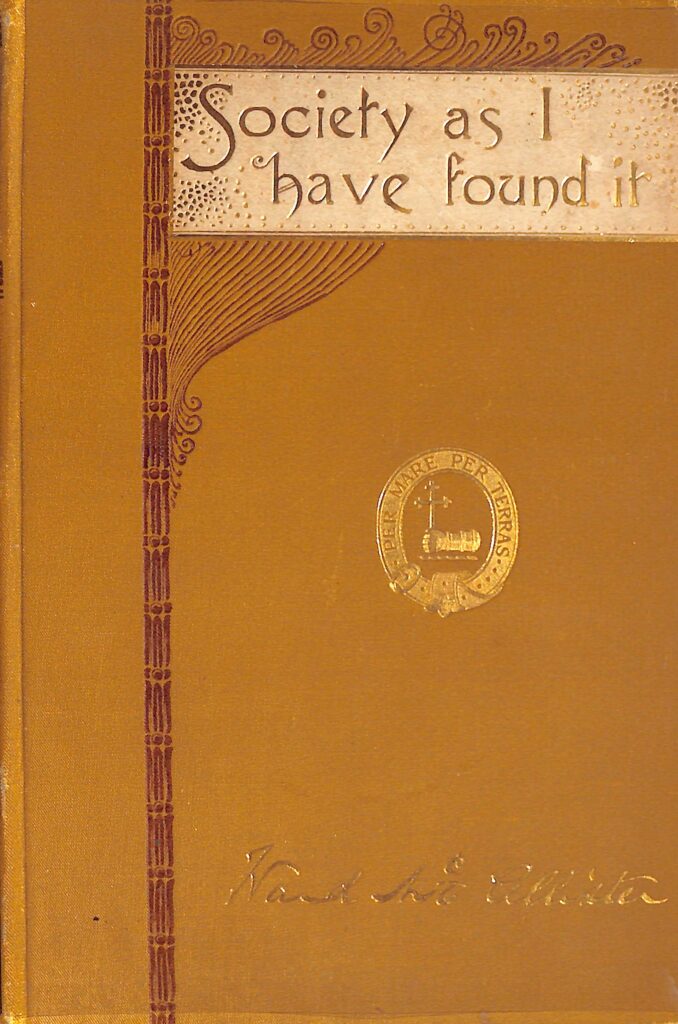
Episode #8: Ladies’ Mile and the Glamour of Gilded Age Shopping
During the 1870’s and 1880’s New York’s famous Ladies’ Mile shopping district took hold along Broadway and grand palaces of retail grew filled with splendors and luxuries to tempt glittering clientele.
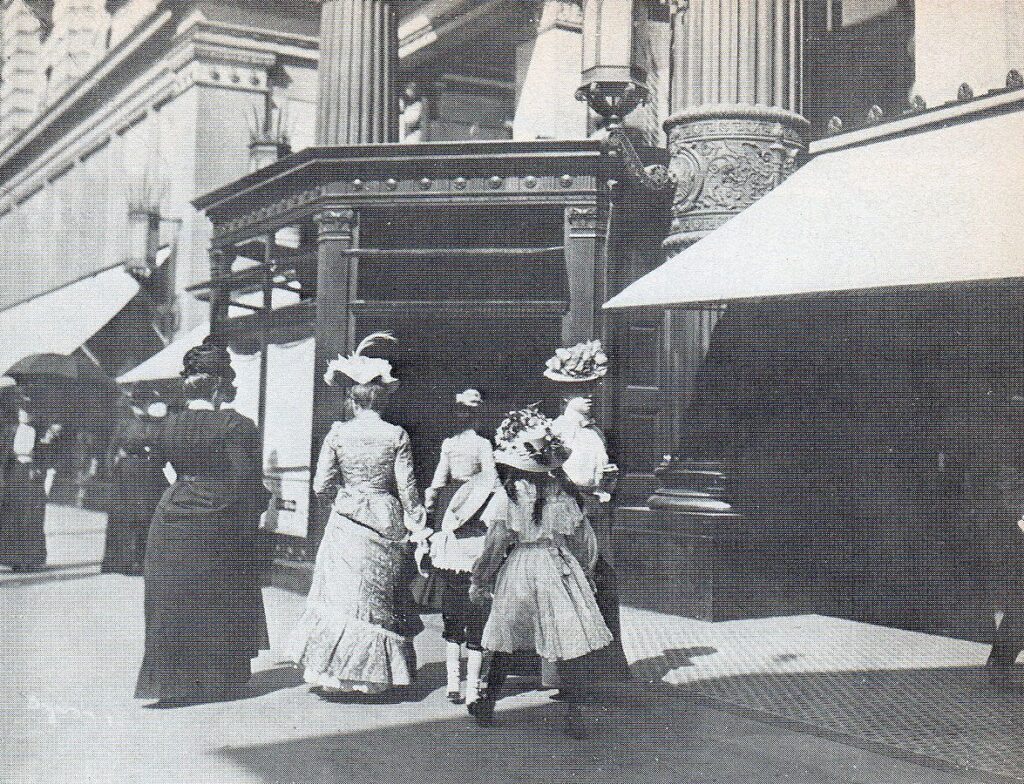

Episode #7: Getting a Bad Rap: Spiritualism in the 19th century
Many people throughout the 19th century were fascinated with the idea of connecting with the beyond including the famous Commodore Vanderbilt. Historian Anthony Bellov joins this week for a look into some rather strange phenomena and the story of Vanderbilt and one of the most famous spiritualists of the period, the fascinating Victoria Woodhull.

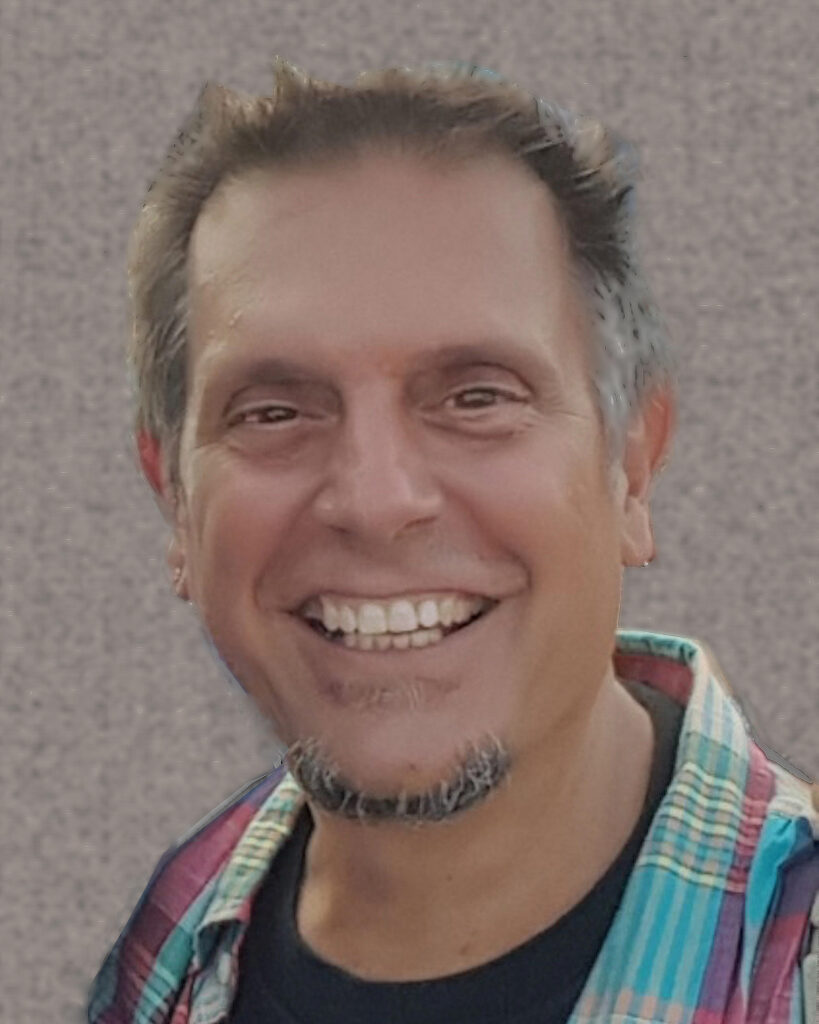
Episode #6: The Gilded Page: A Conversation with NYT Bestselling Author Carol Wallace
“Carol Wallace, New York Times bestselling author, discusses her just-published novel of the Gilded Age, “Our Kind of People” as well as shares insights on her book “To Marry an English Lord” which served as an inspiration for “Downton Abbey”.
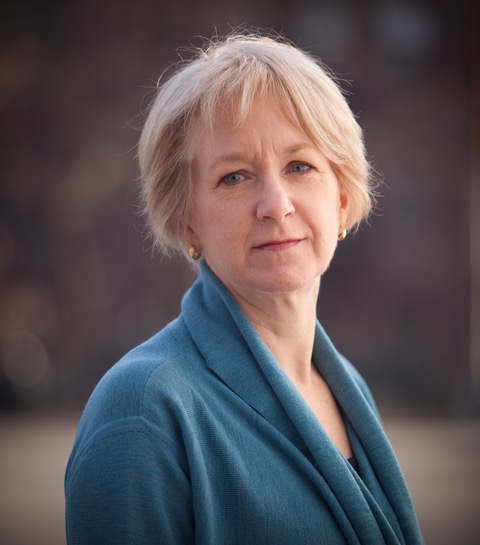
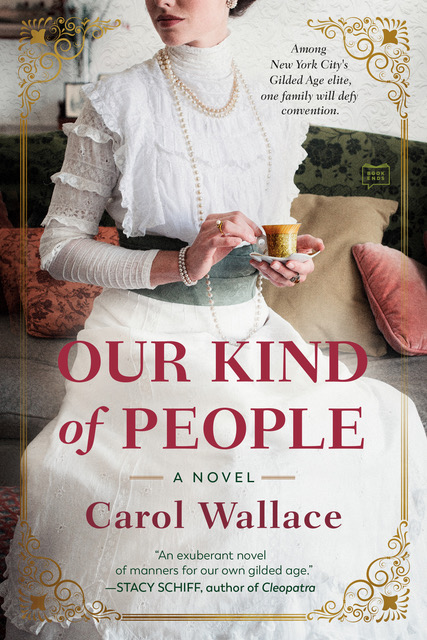
Episode #5: To Catch a Prince: The Story of Alice Heine, Monaco’s First American Princess
Grace Kelly captured the attention of the world when she married Prince Rainier III and became Princess of Monaco in 1956. Few people realize that she wasn’t the first American-born princess to hold the title. Travel back to the Belle Epoque and discover the story of a New Orleans beauty who captured the heart of a prince nearly 100 years before.

Episode #4: Man About Town: The Story of Murray Hall
When Tammany Hall politician, Murray Hall died at his home in Greenwich Village in 1901, his death sparked a national scandal. Murray Hall had a secret he kept hidden for over 20 years — what was it? Historic preservationist Ken Lustbader joins The Gilded Gentleman for a look at this little-known and deeply compelling story.


Episode #3: The Real Mrs. Astor: Ruler or Rebel?
Historian Tom Miller joins The Gilded Gentleman for a discussion about who Caroline Astor really was.
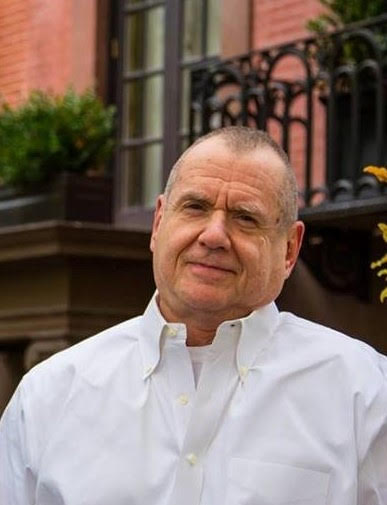
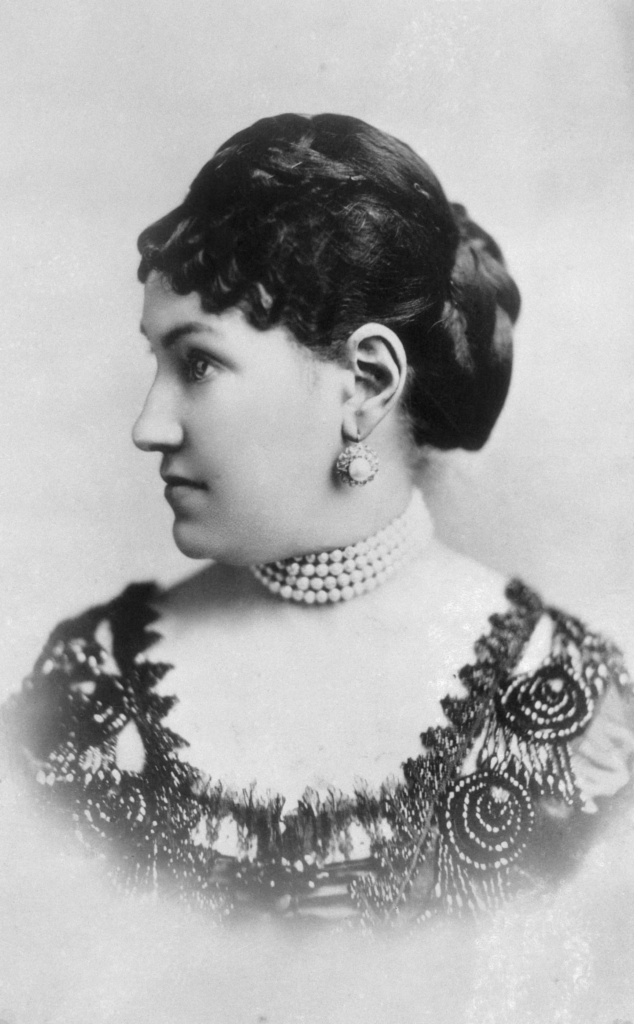
Episode #2: Divas, Diamonds, Drama: The Opening of the Metropolitan Opera 1883
Join the Gilded Gentleman for a night at the opera! The glittering, glamorous opening night of New York’s new opera house at the height of the Gilded Age had perhaps more drama going on in the audience than on the stage.
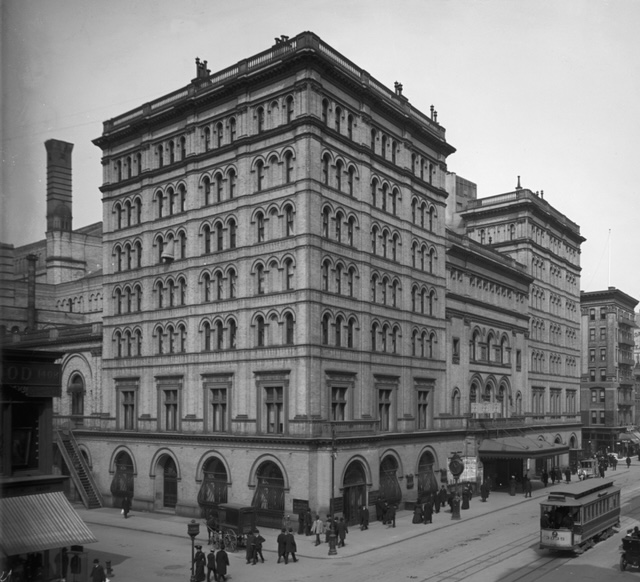
Episode #1: Gilded Age or Gilded Cage?
Was the Gilded Age as glamorous as it seemed? Join Carl and his guests — Tom Meyers and Greg Young from the Bowery Boys: New York City History podcast — to discuss the light and the dark of this fascinating era.
